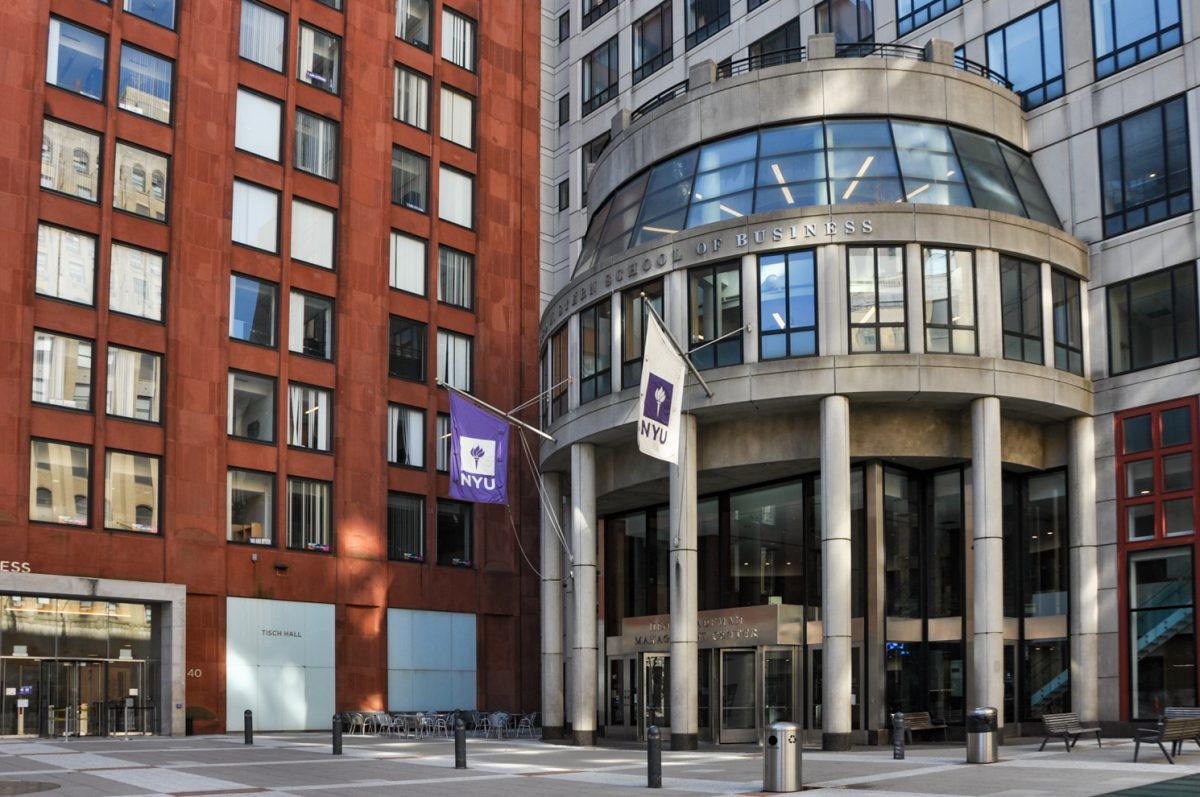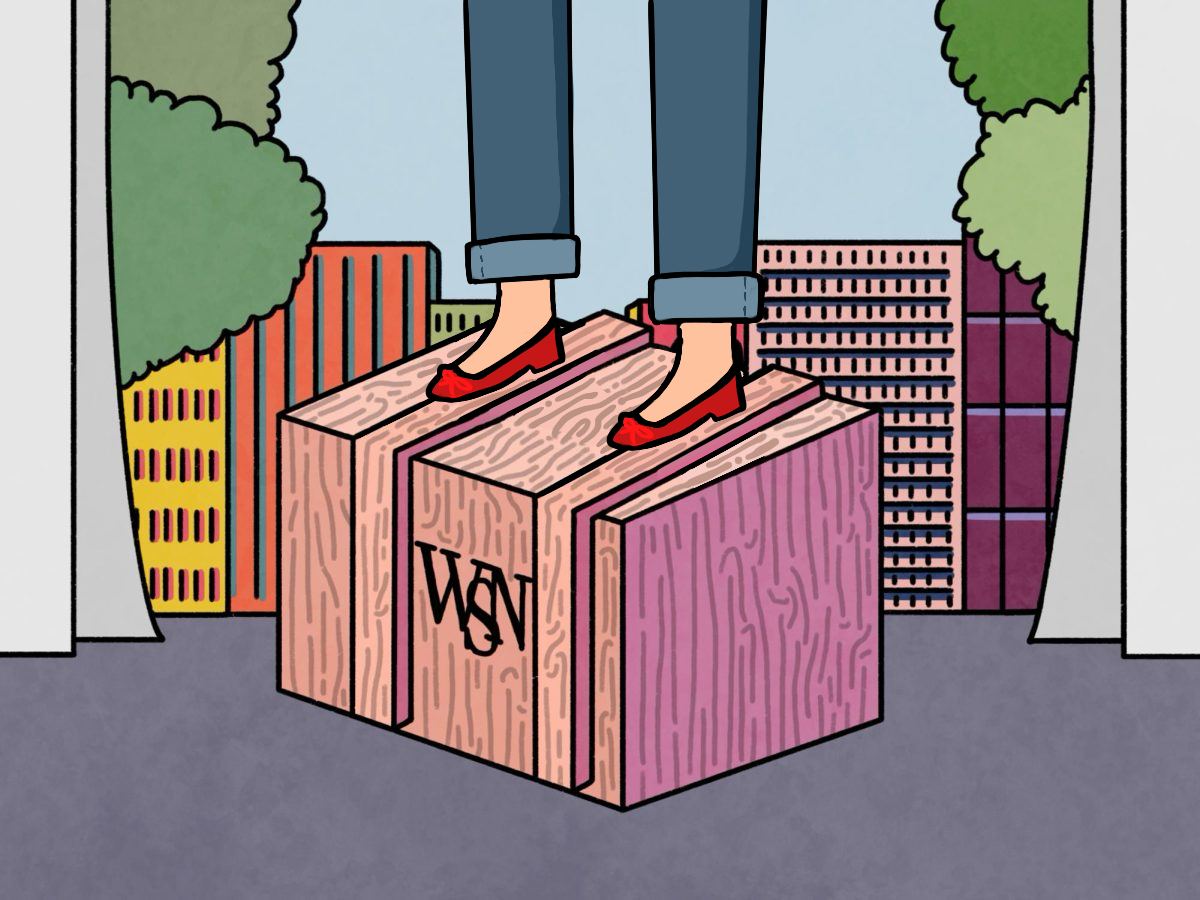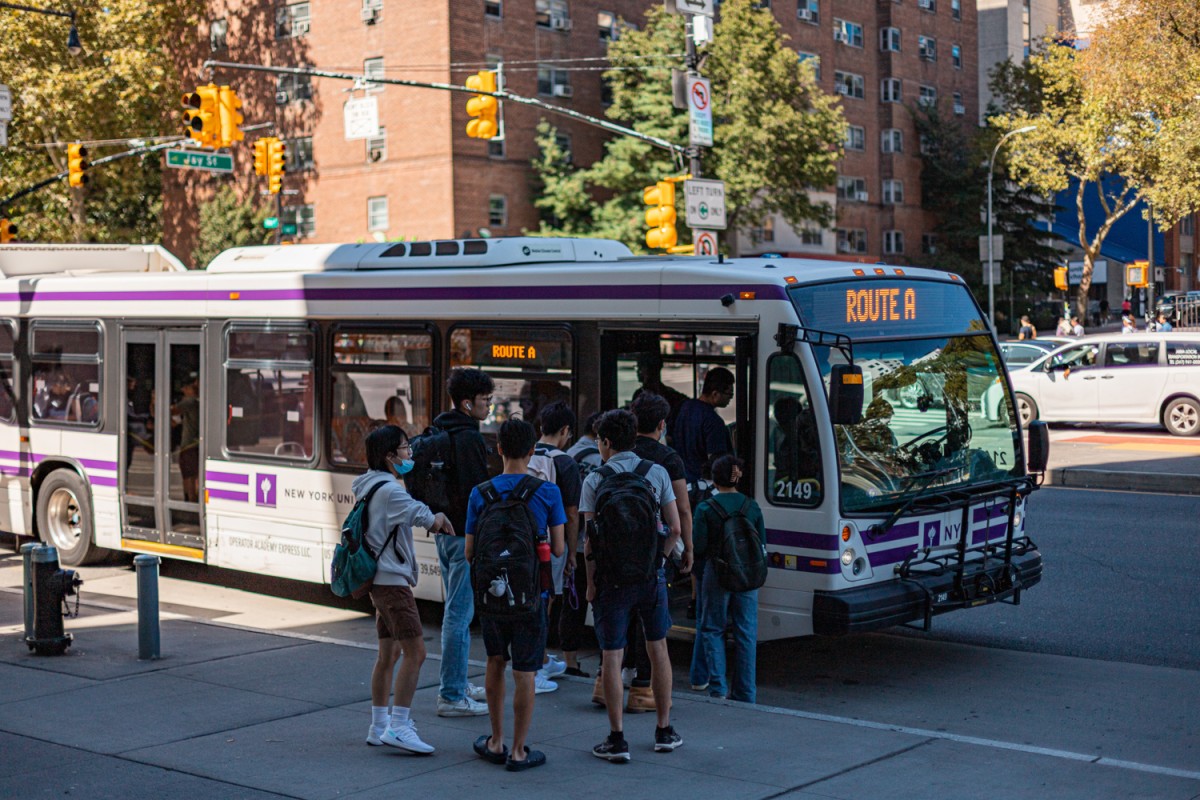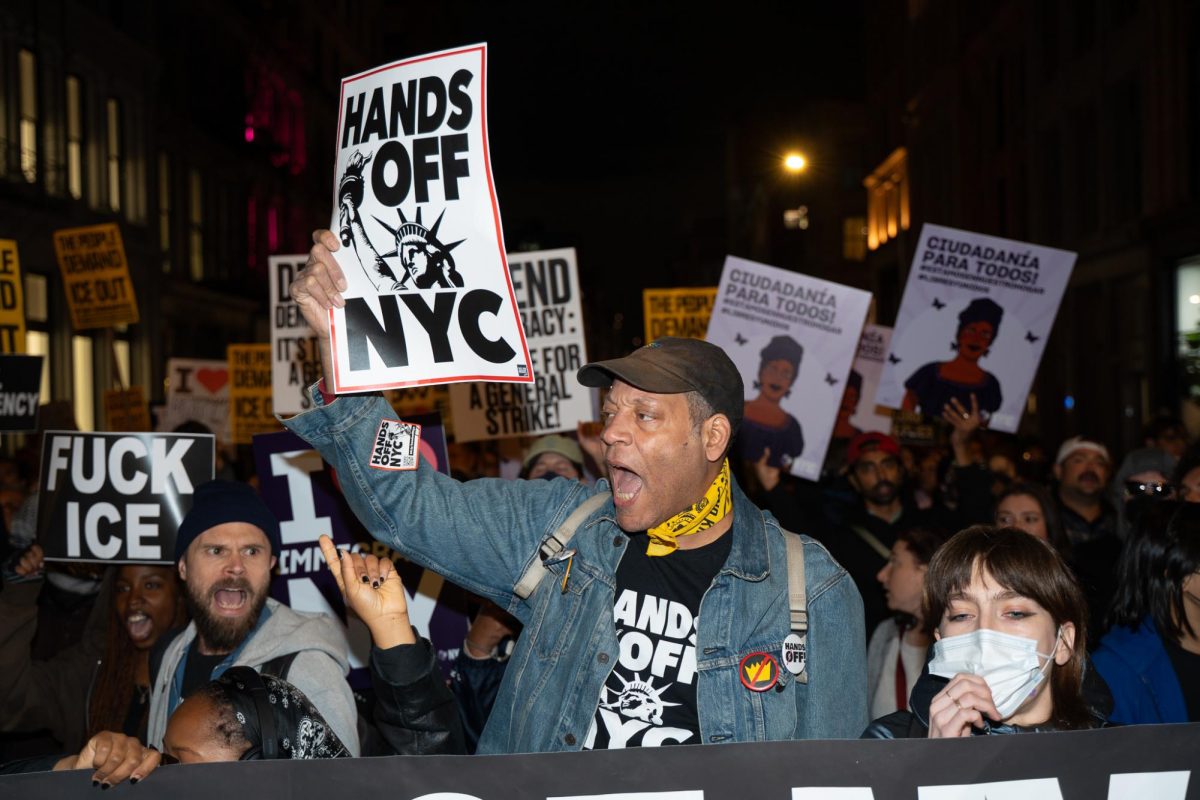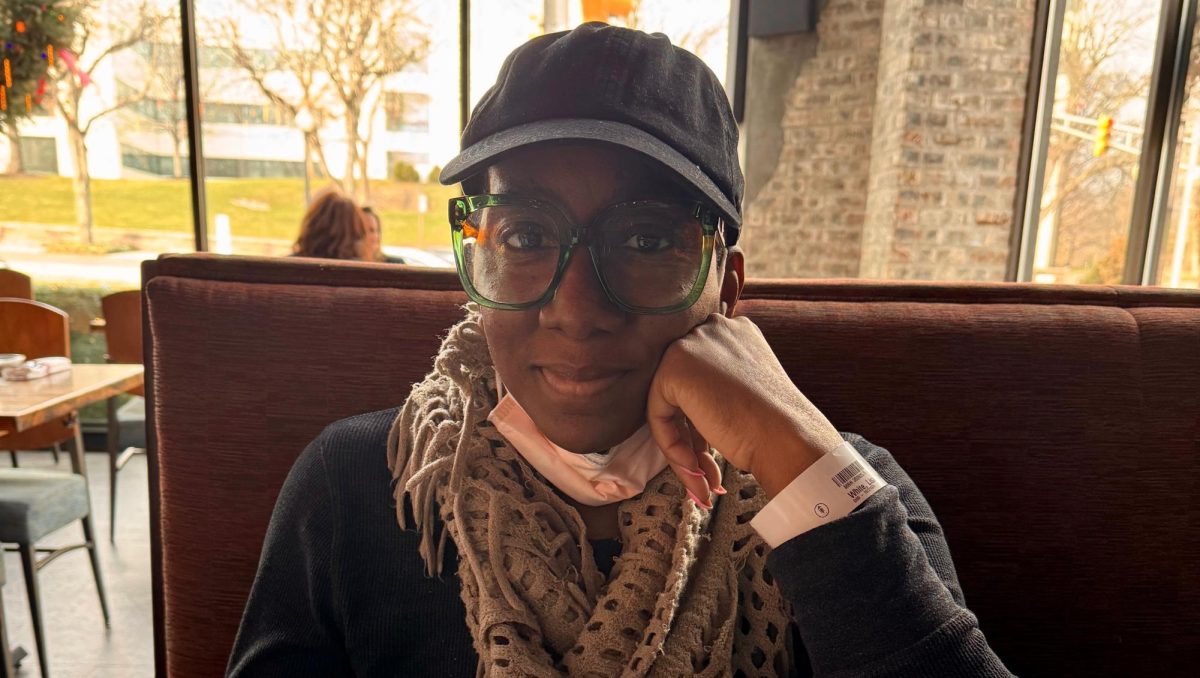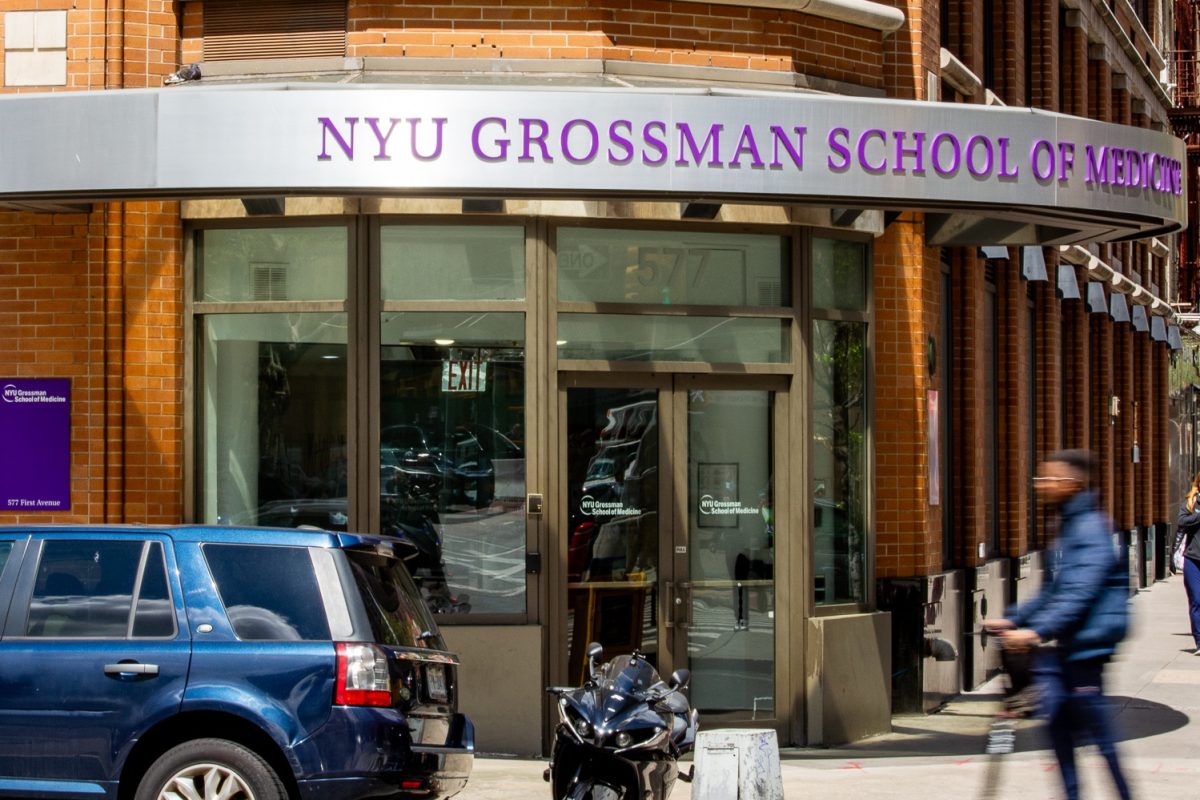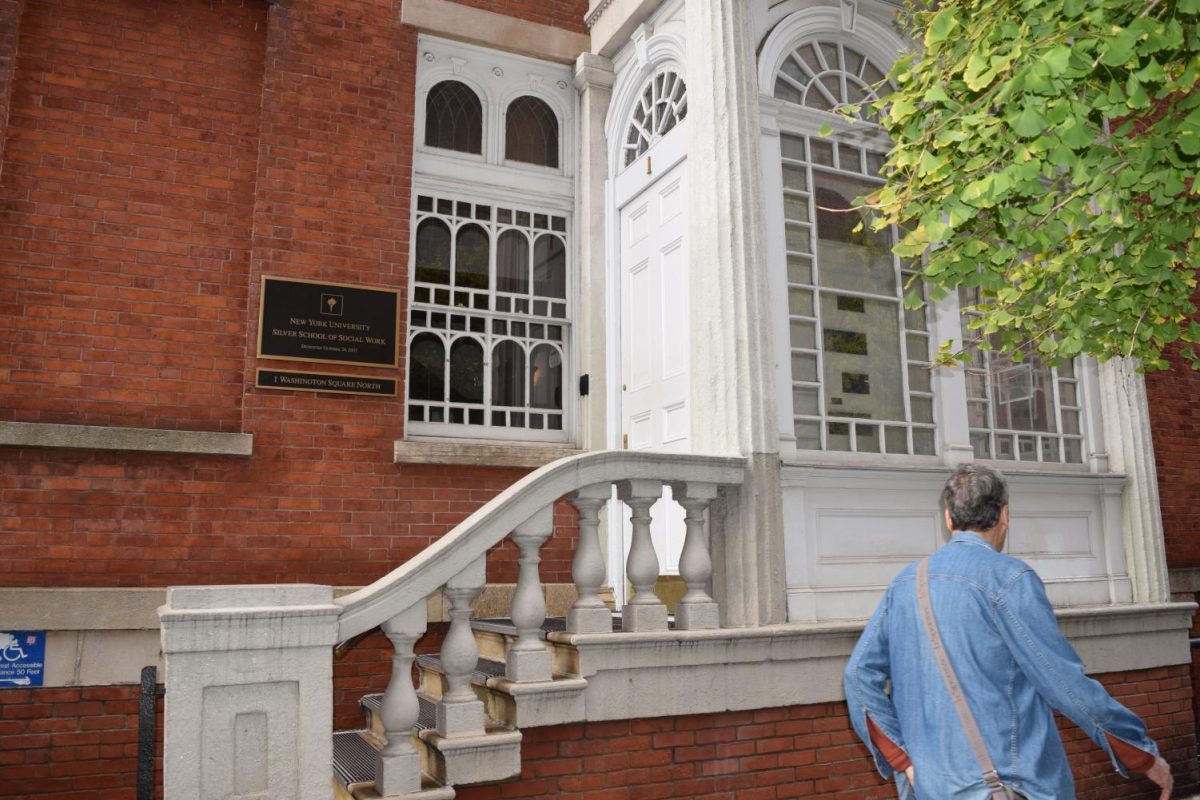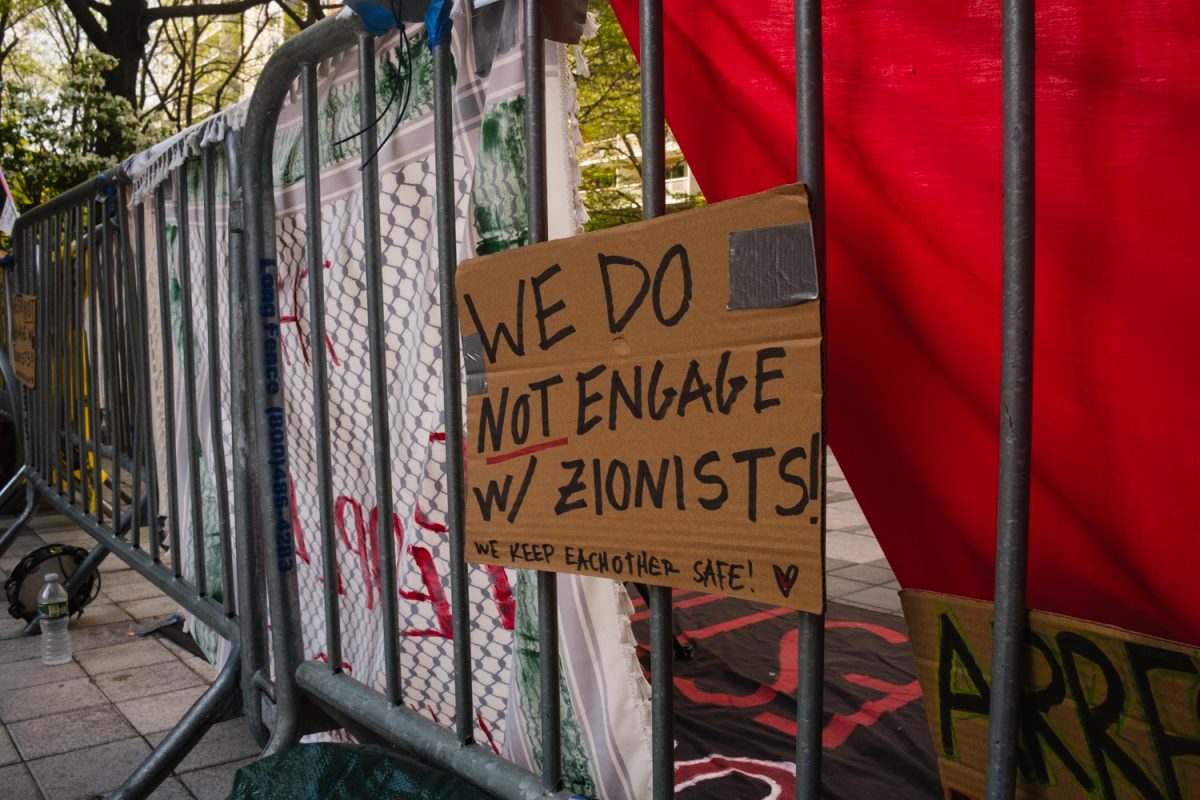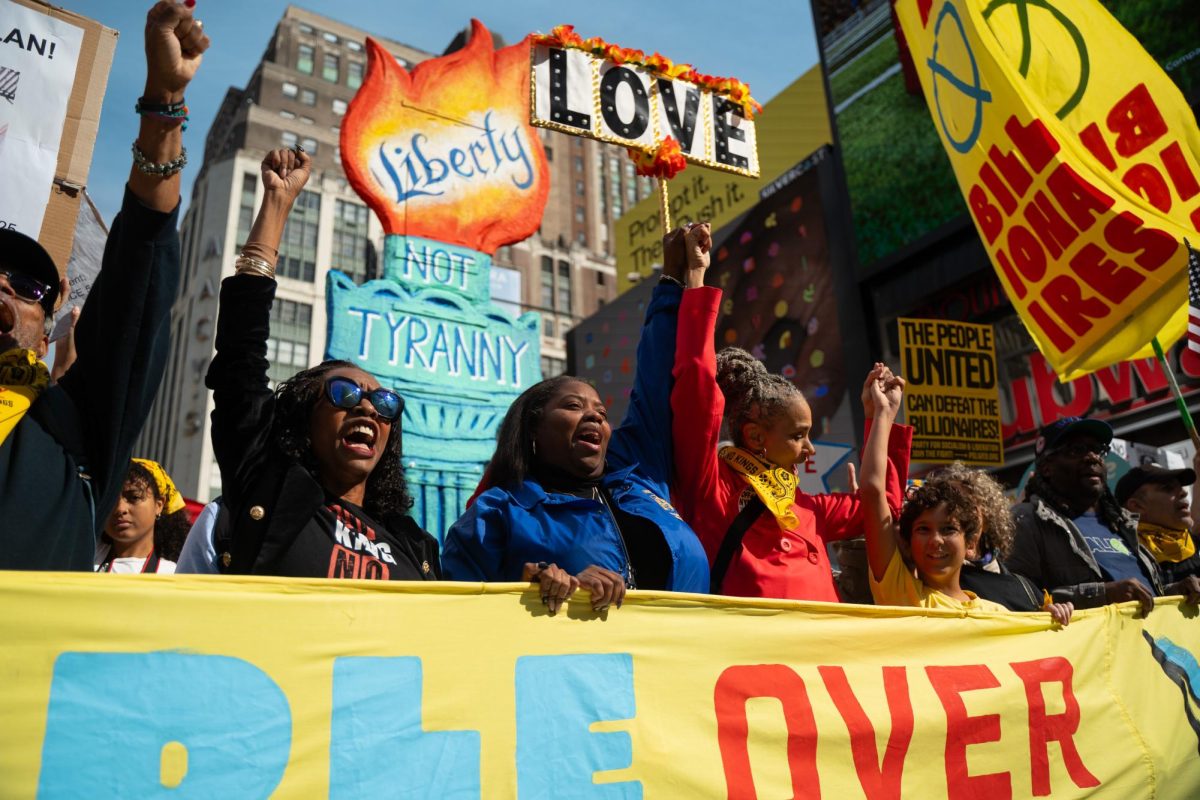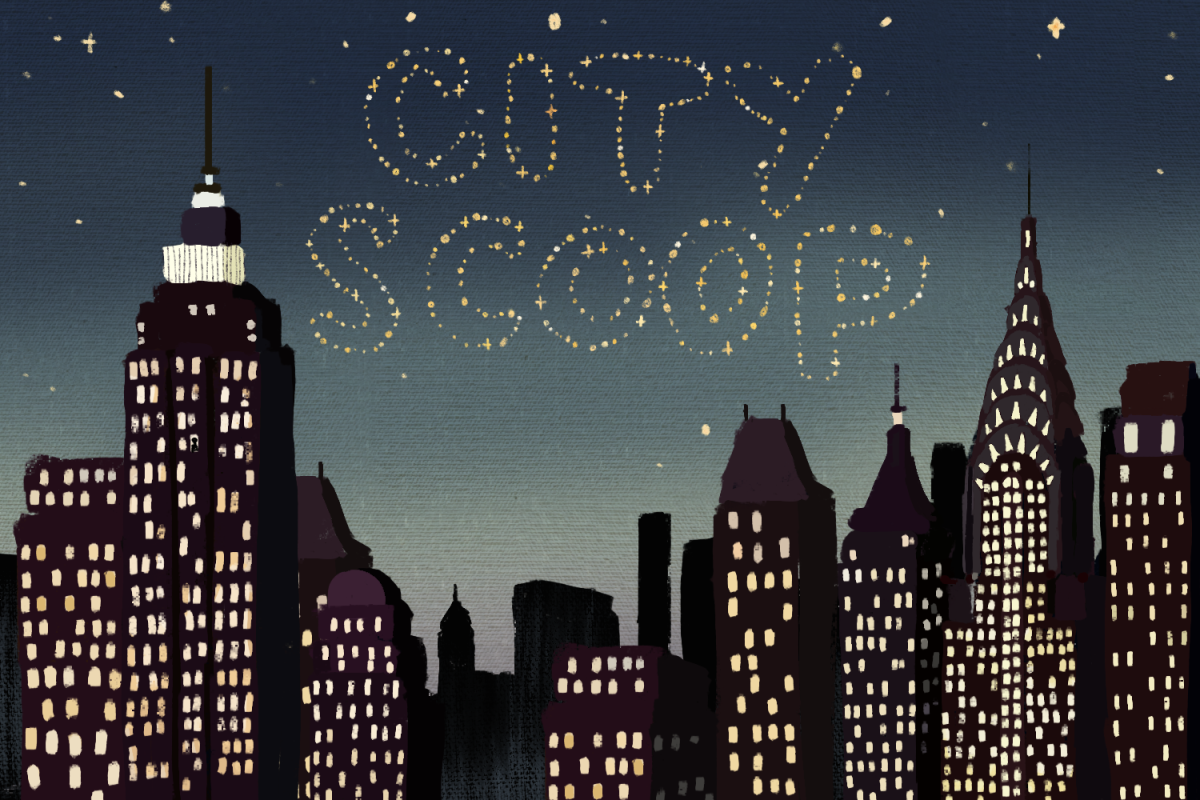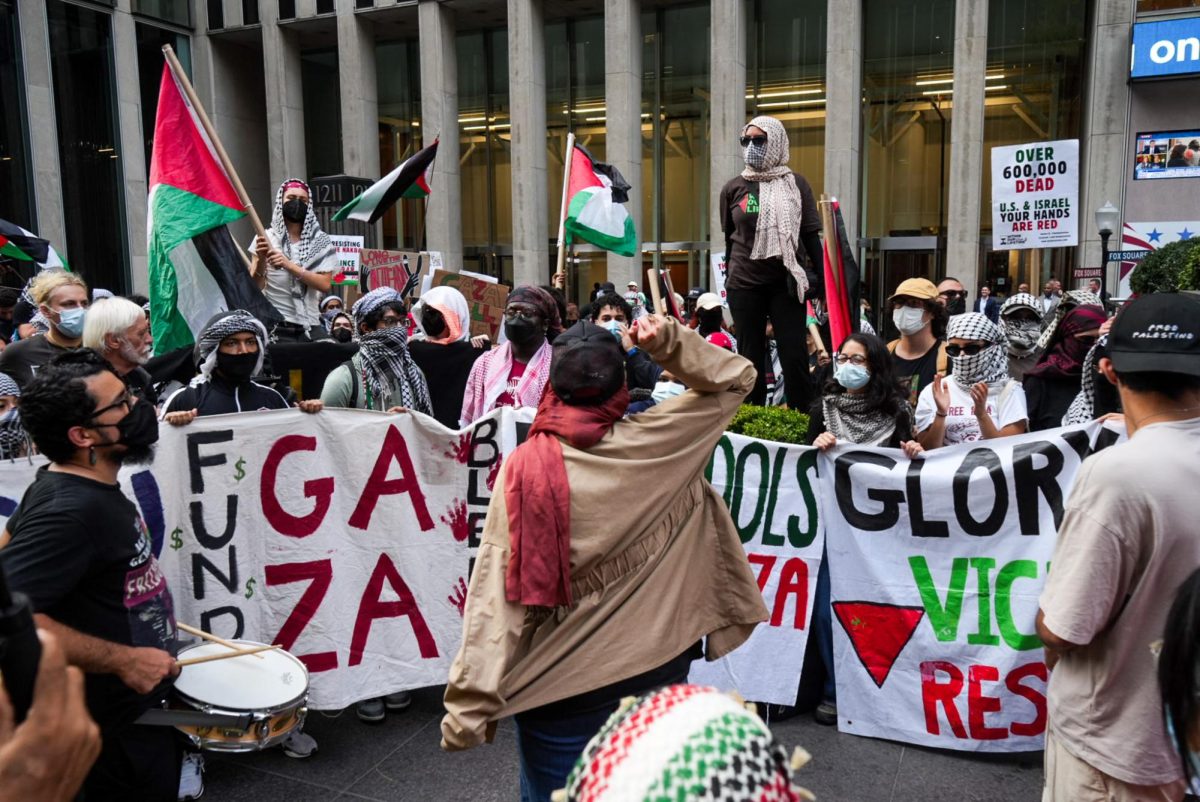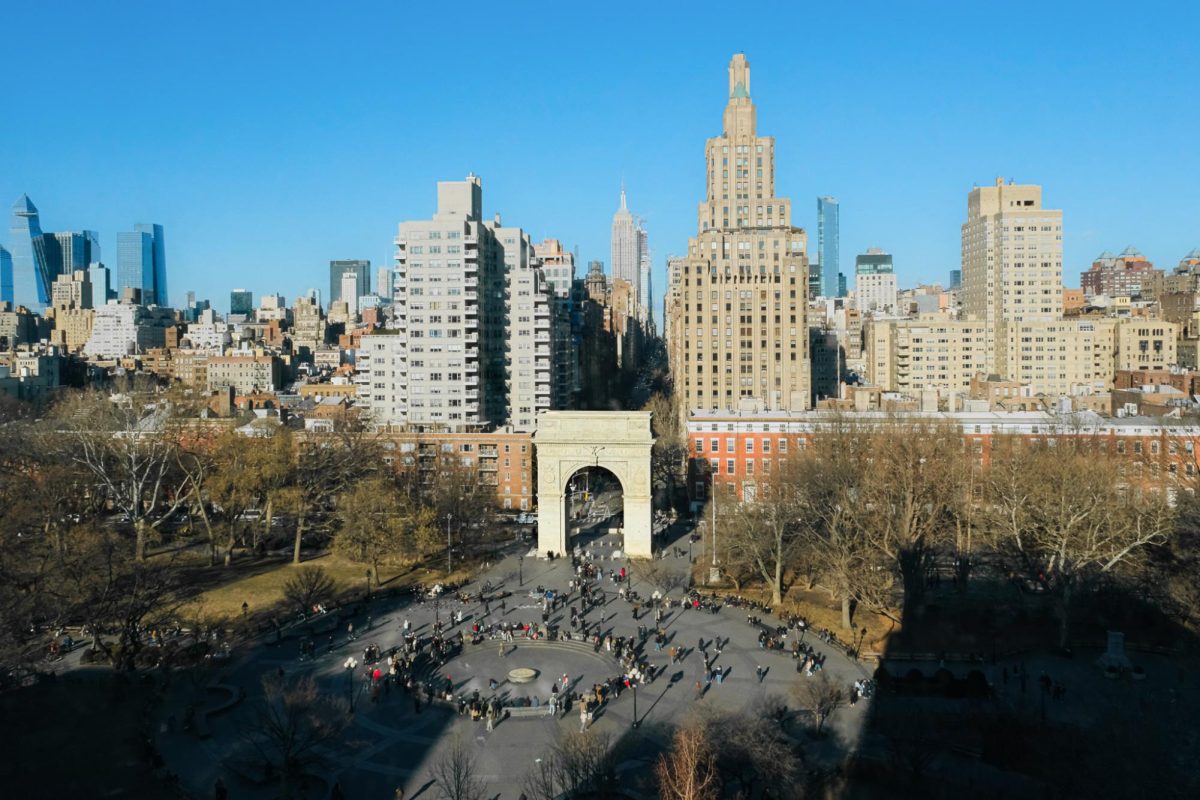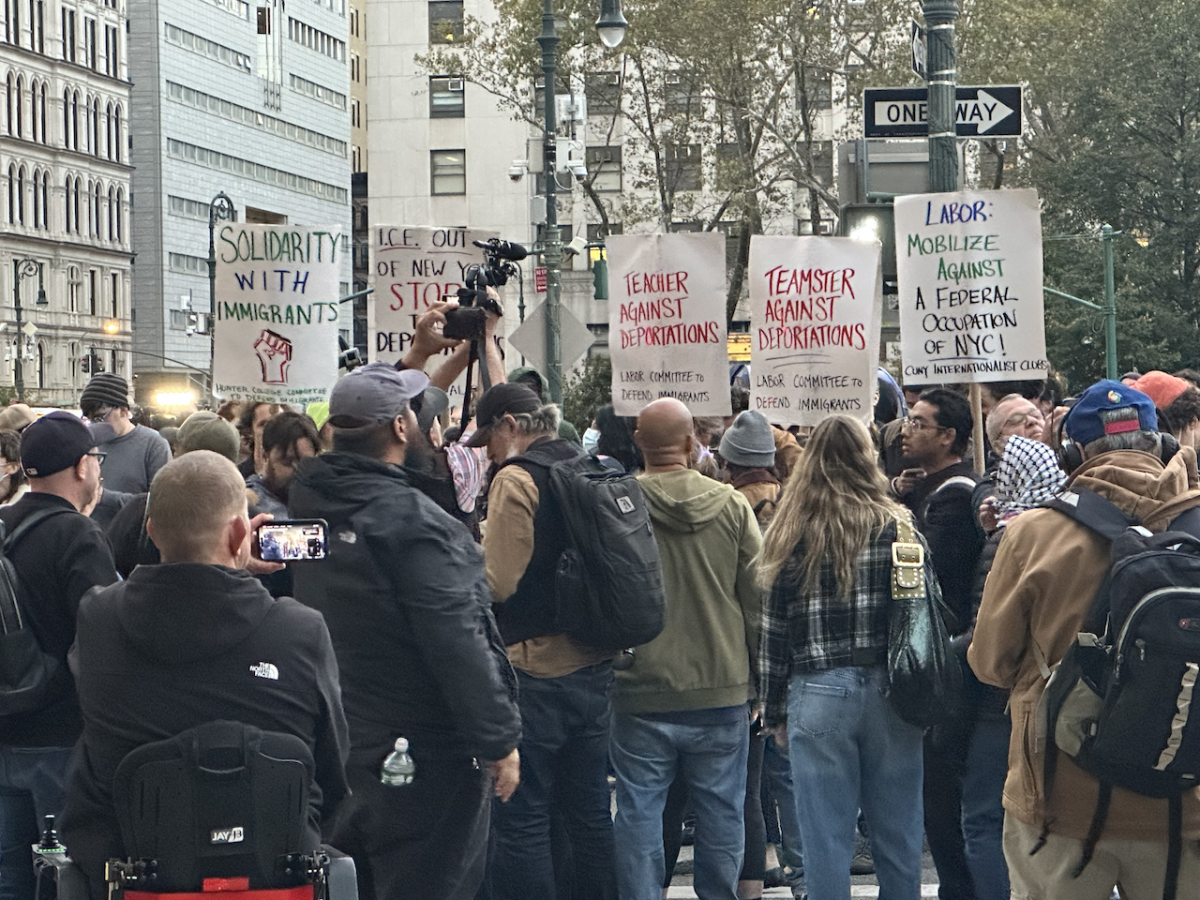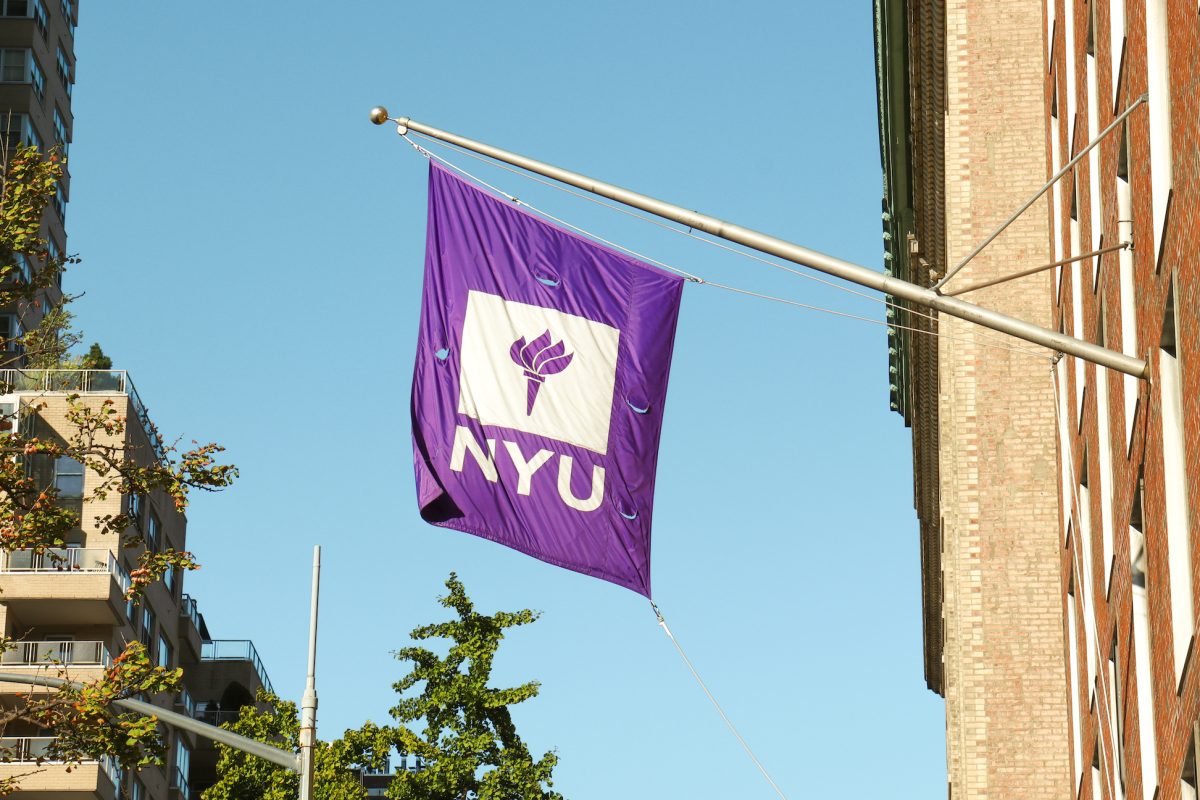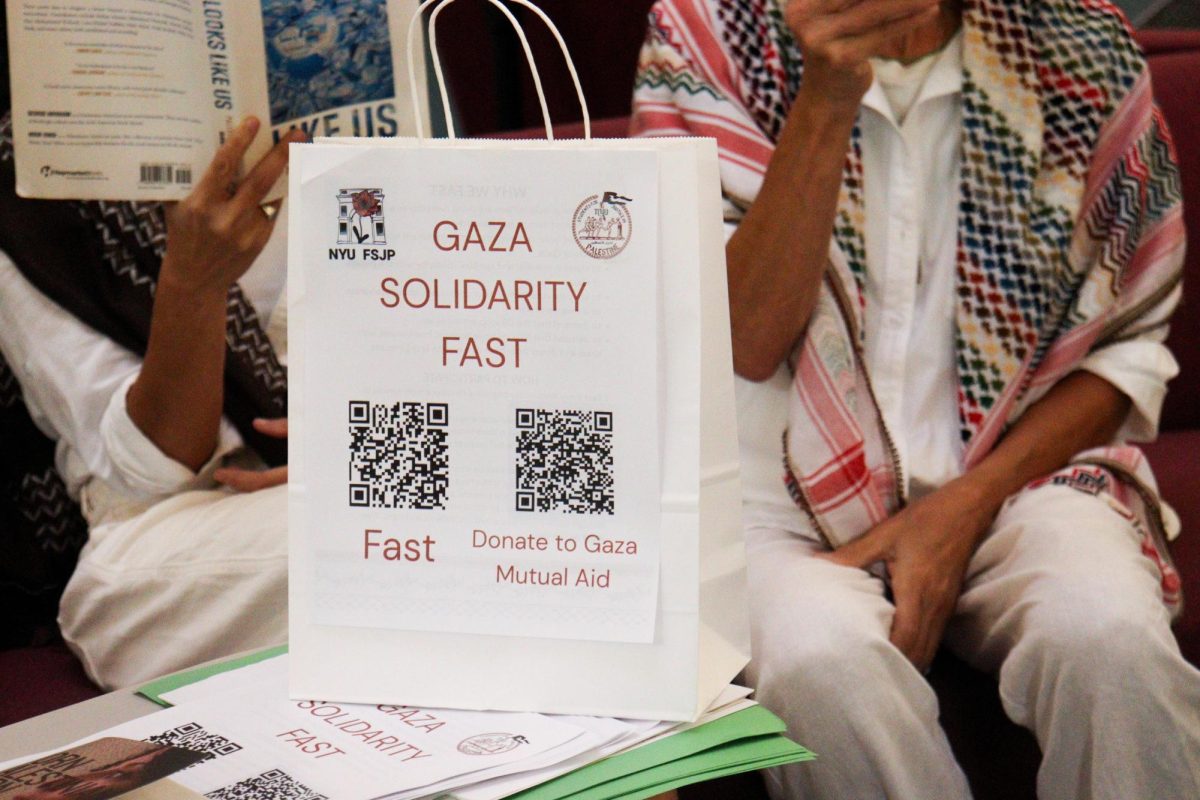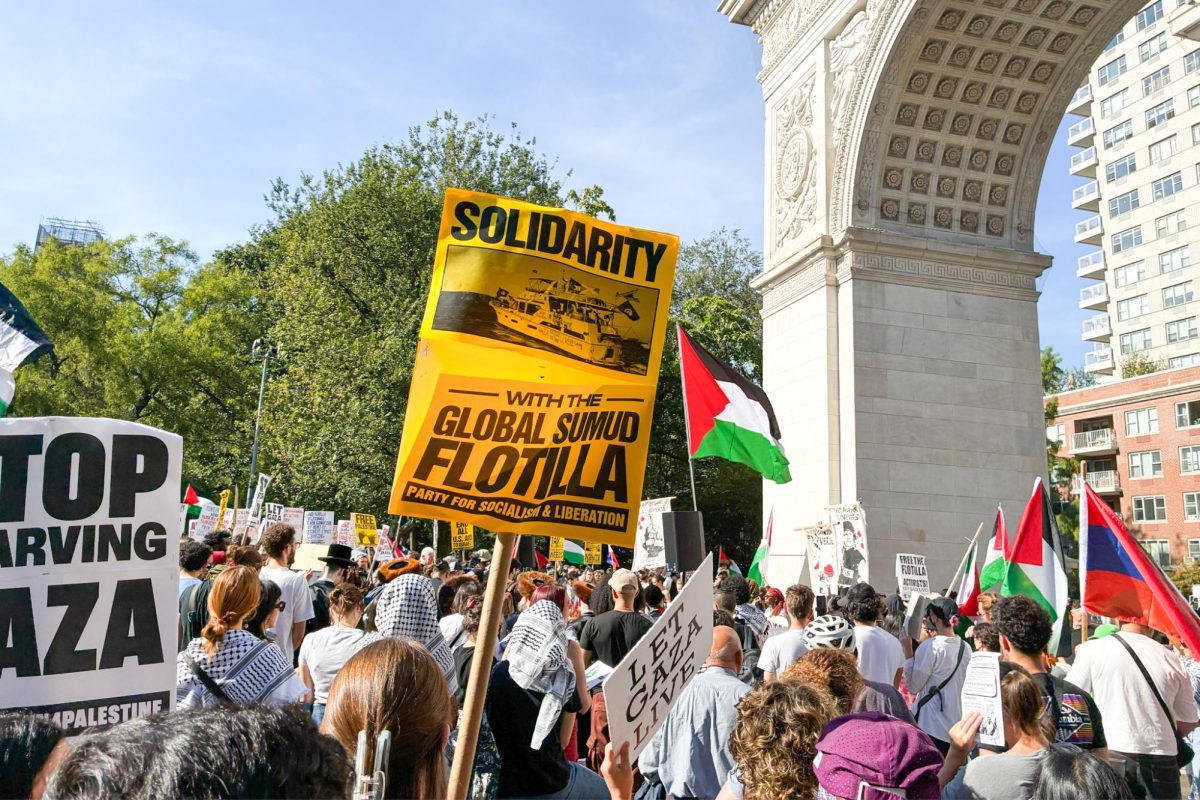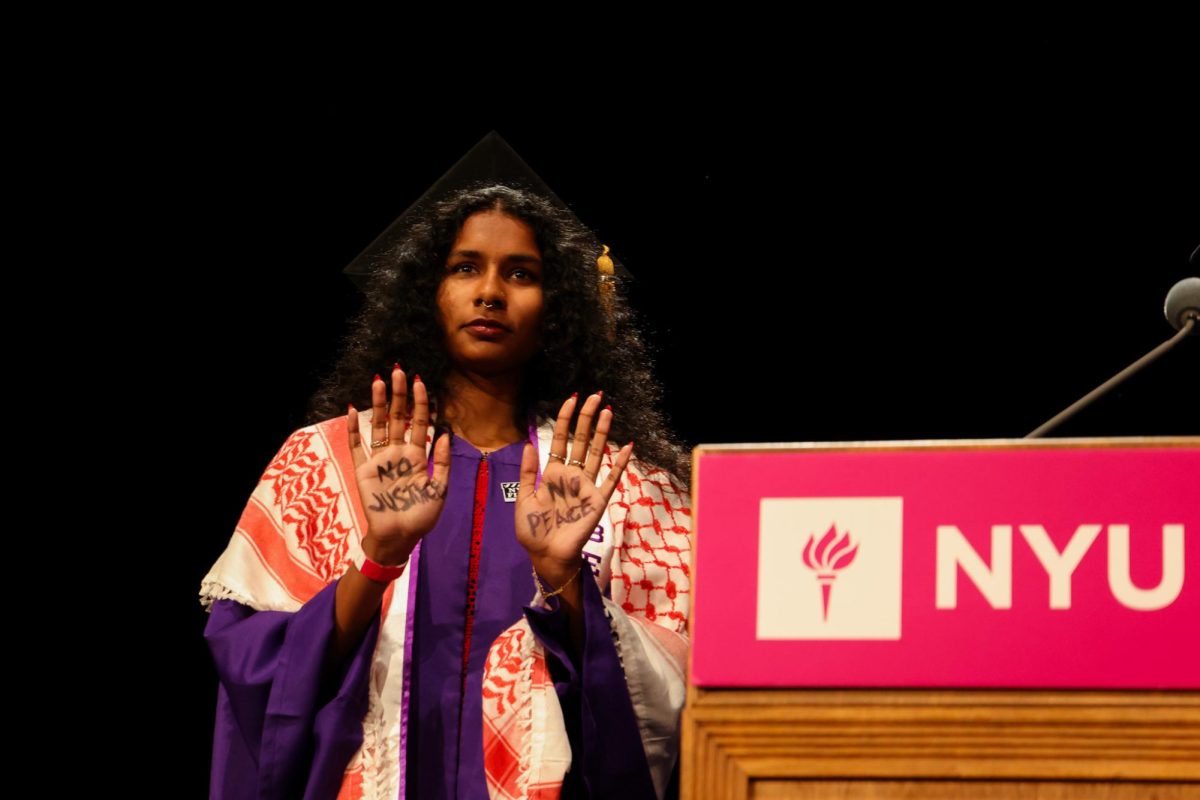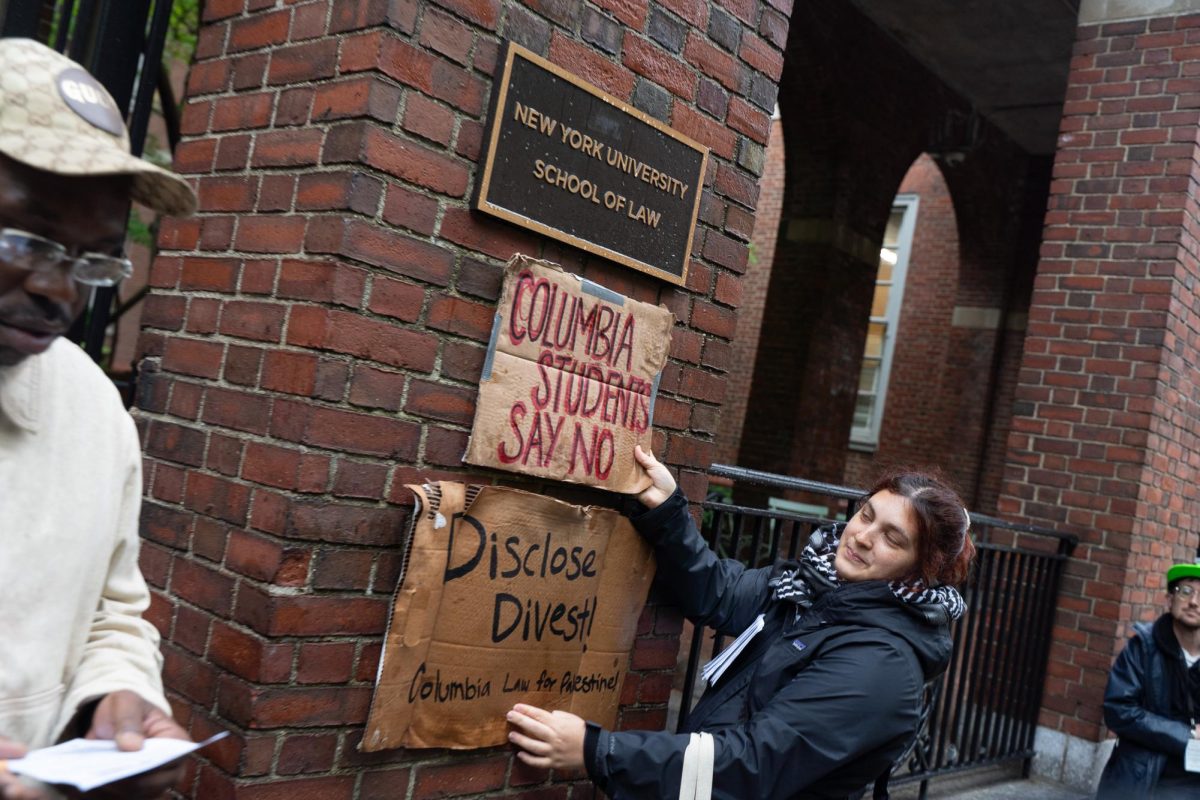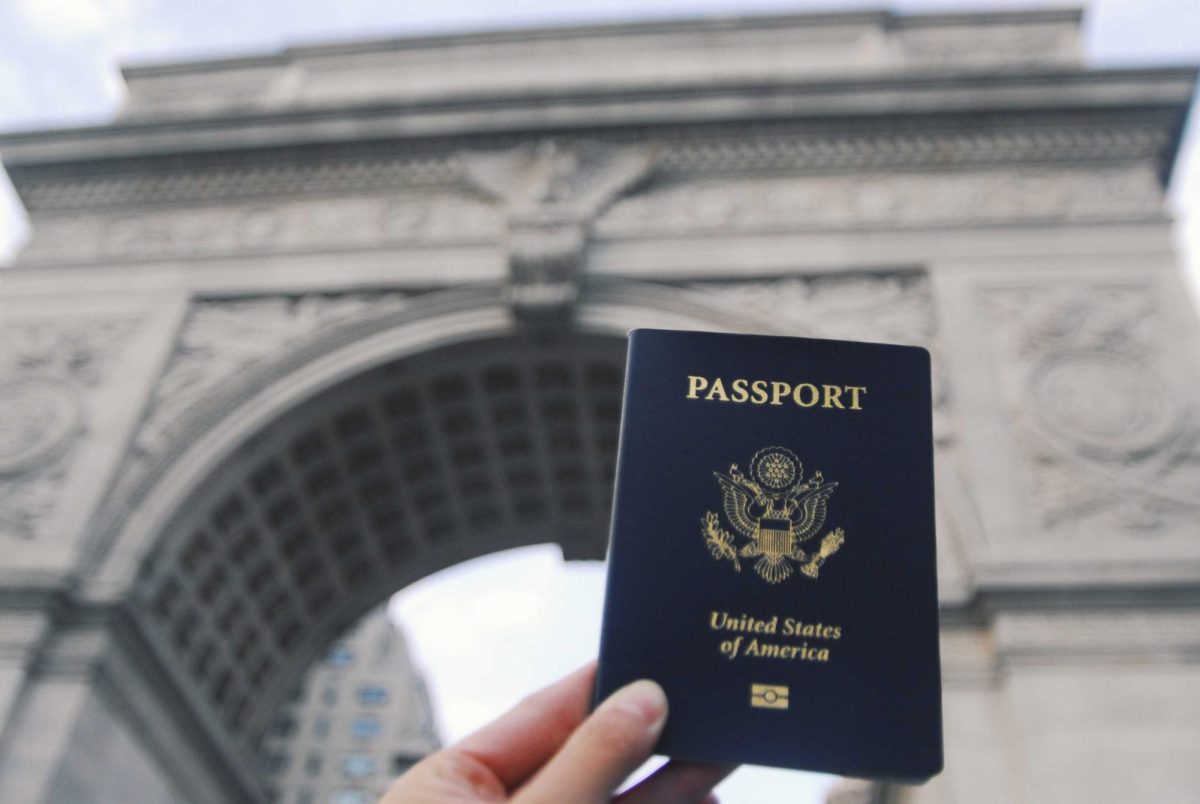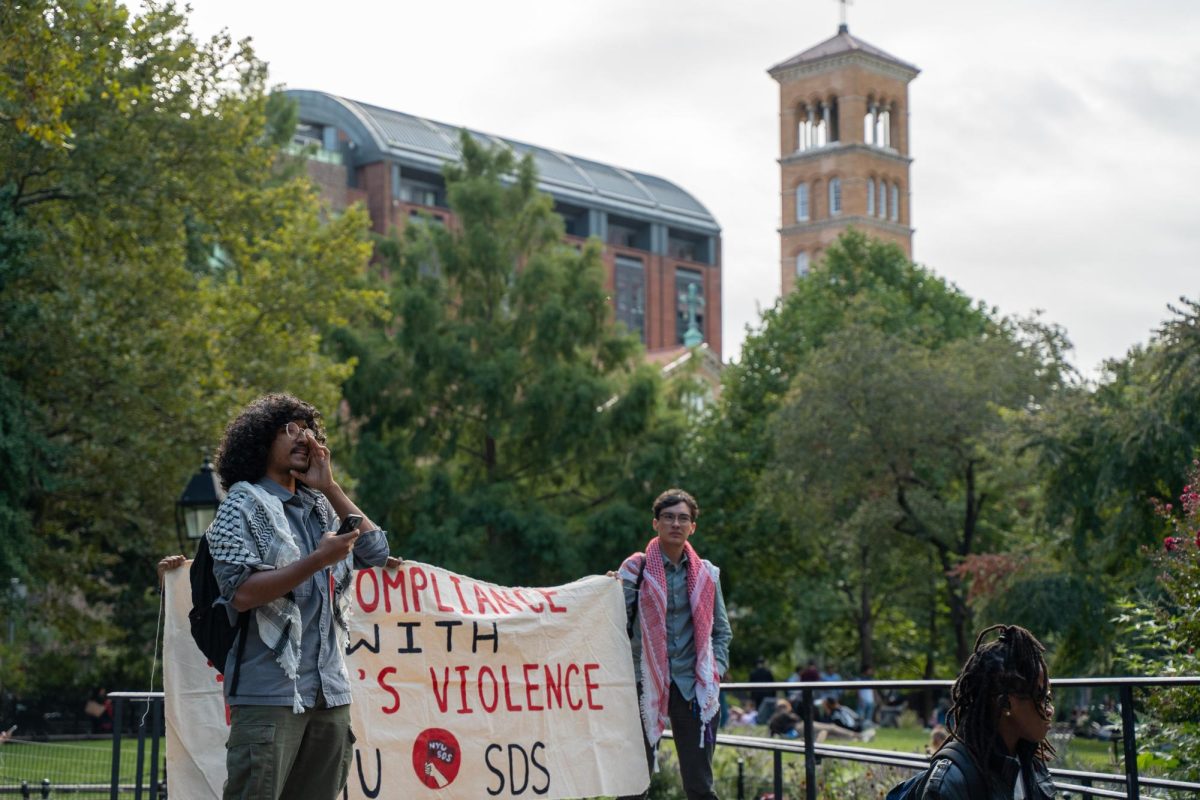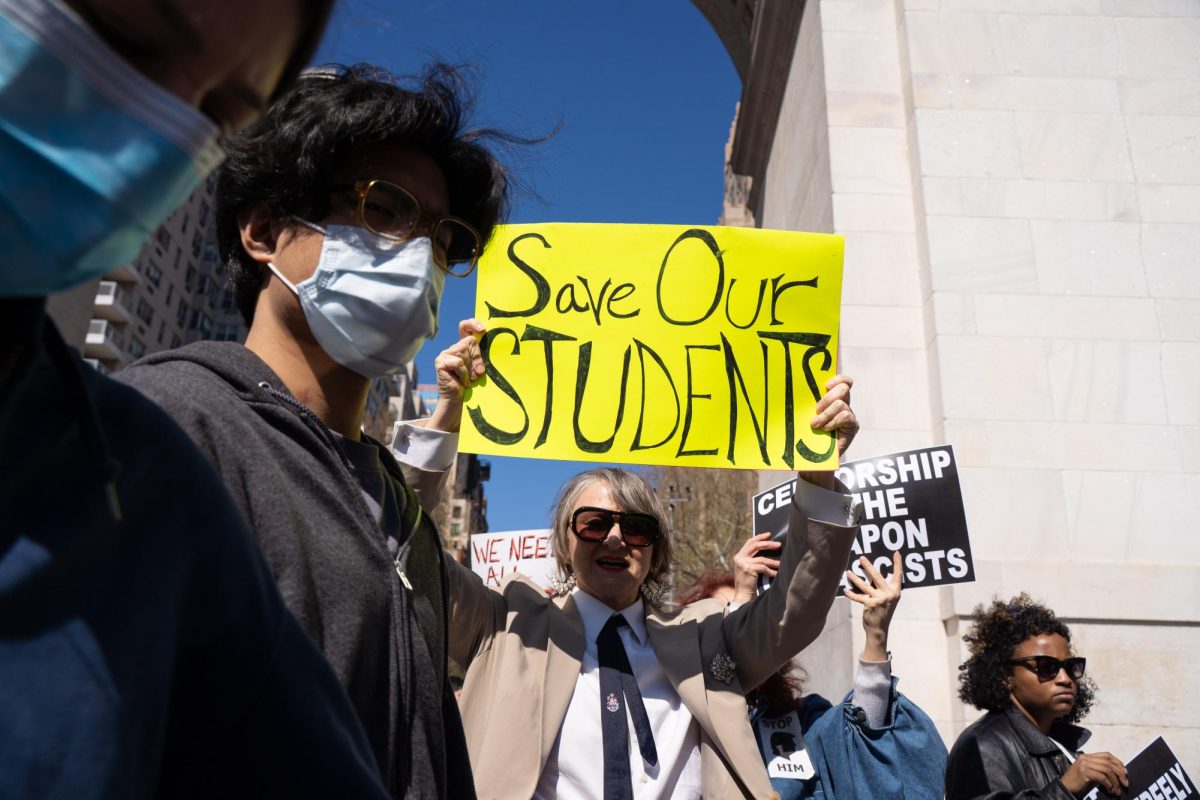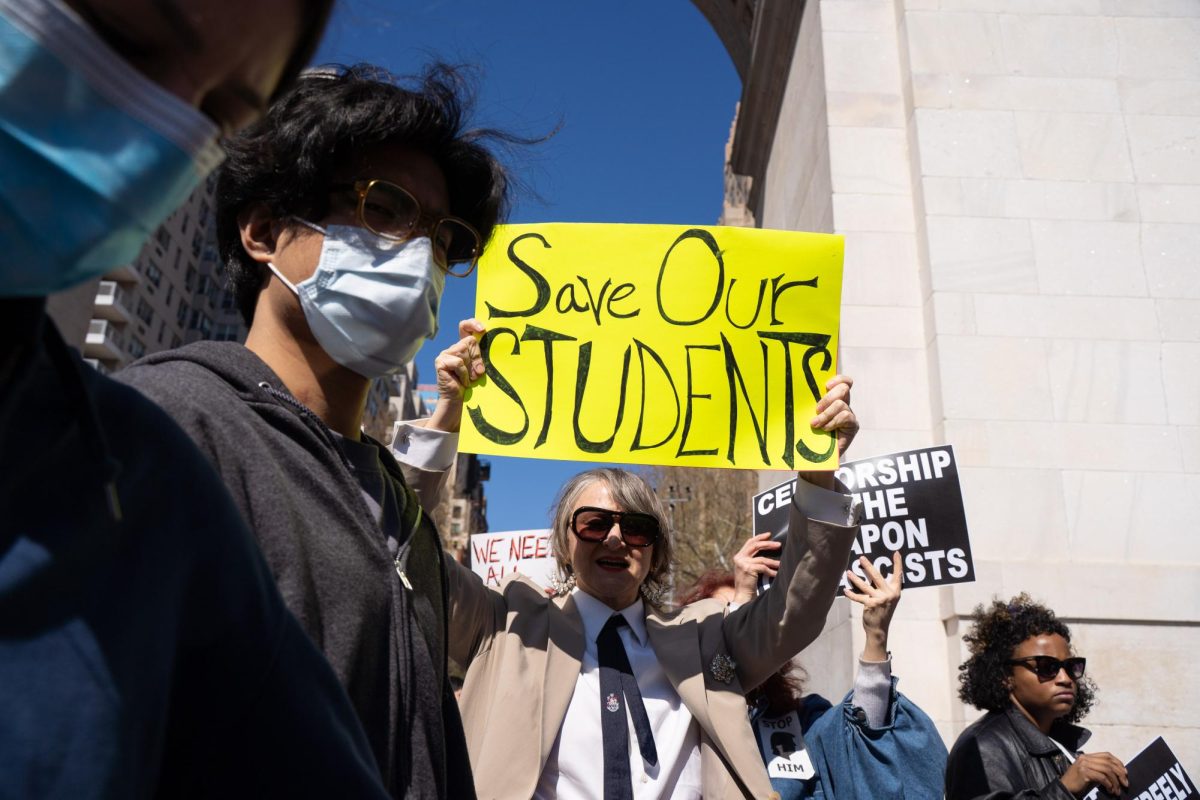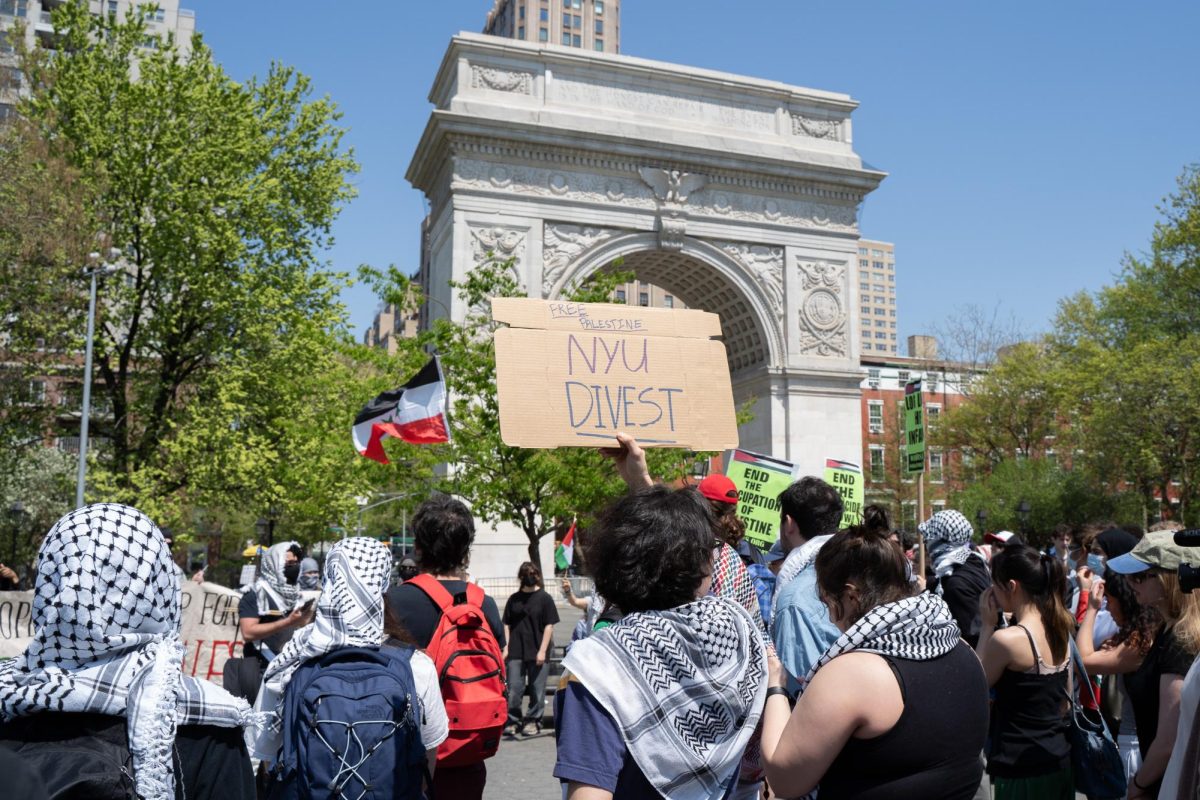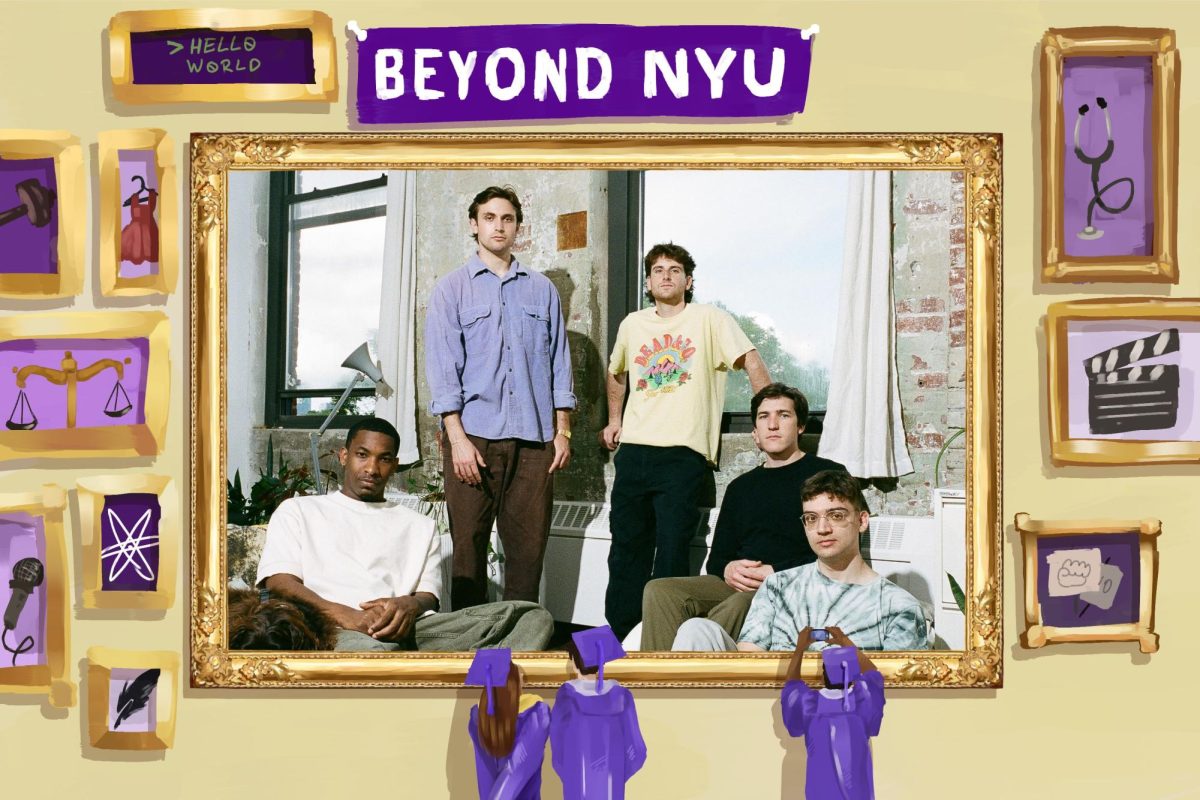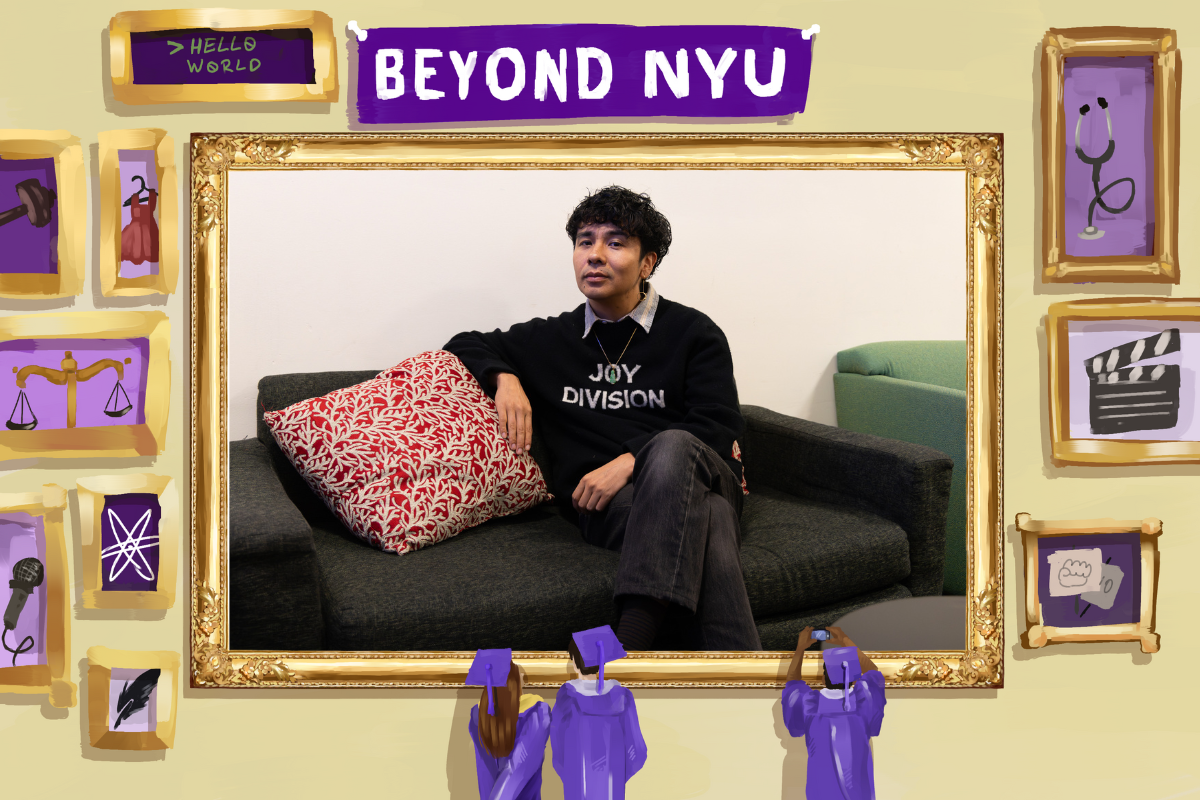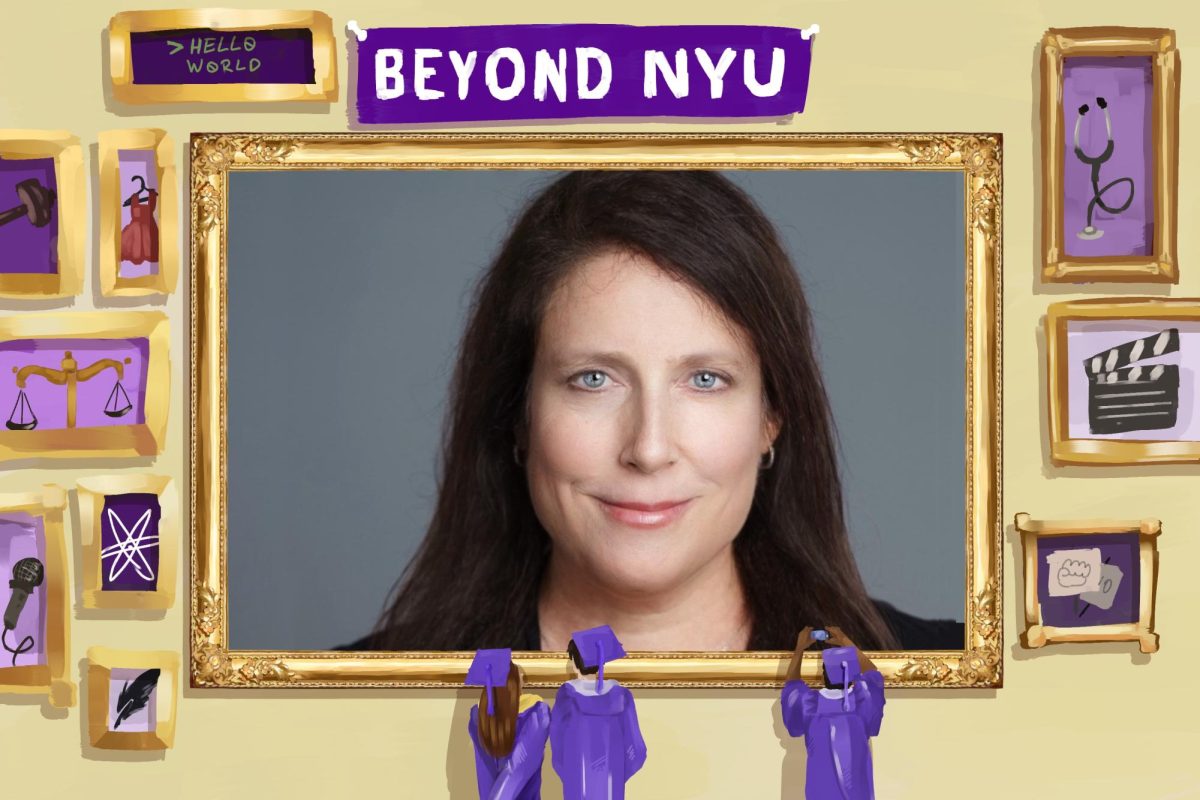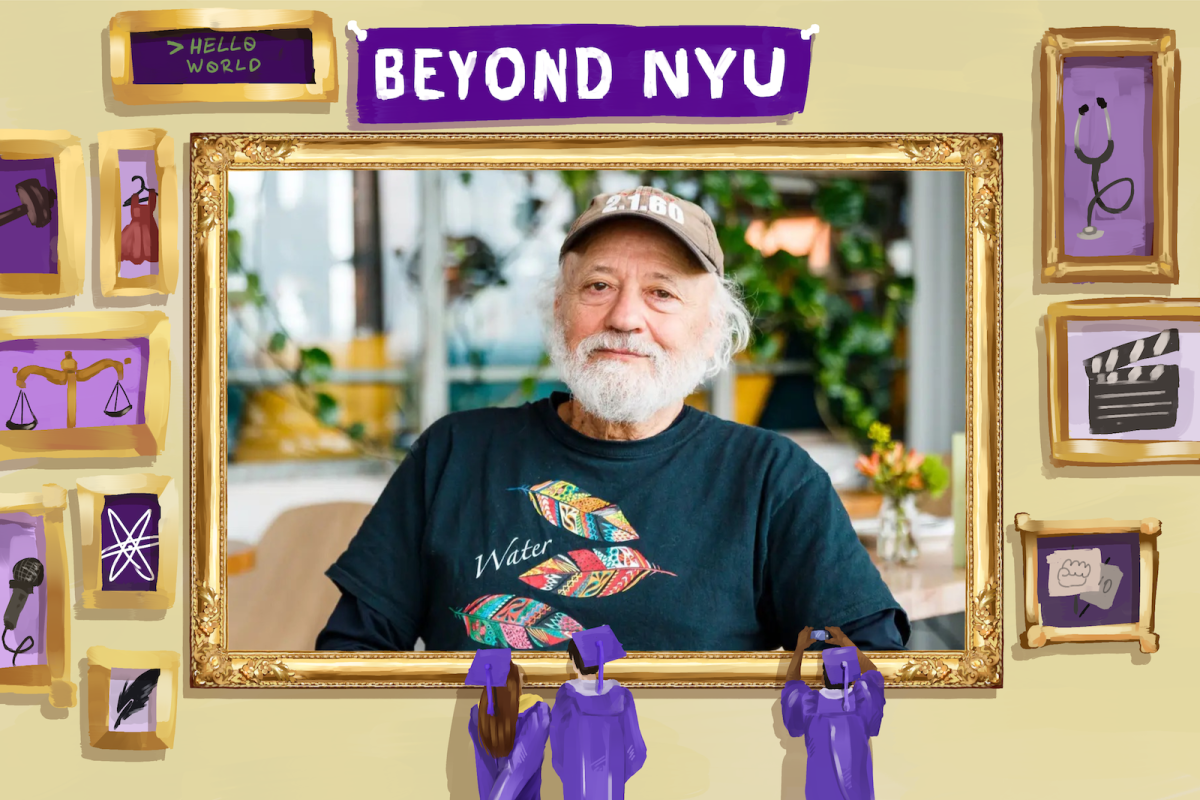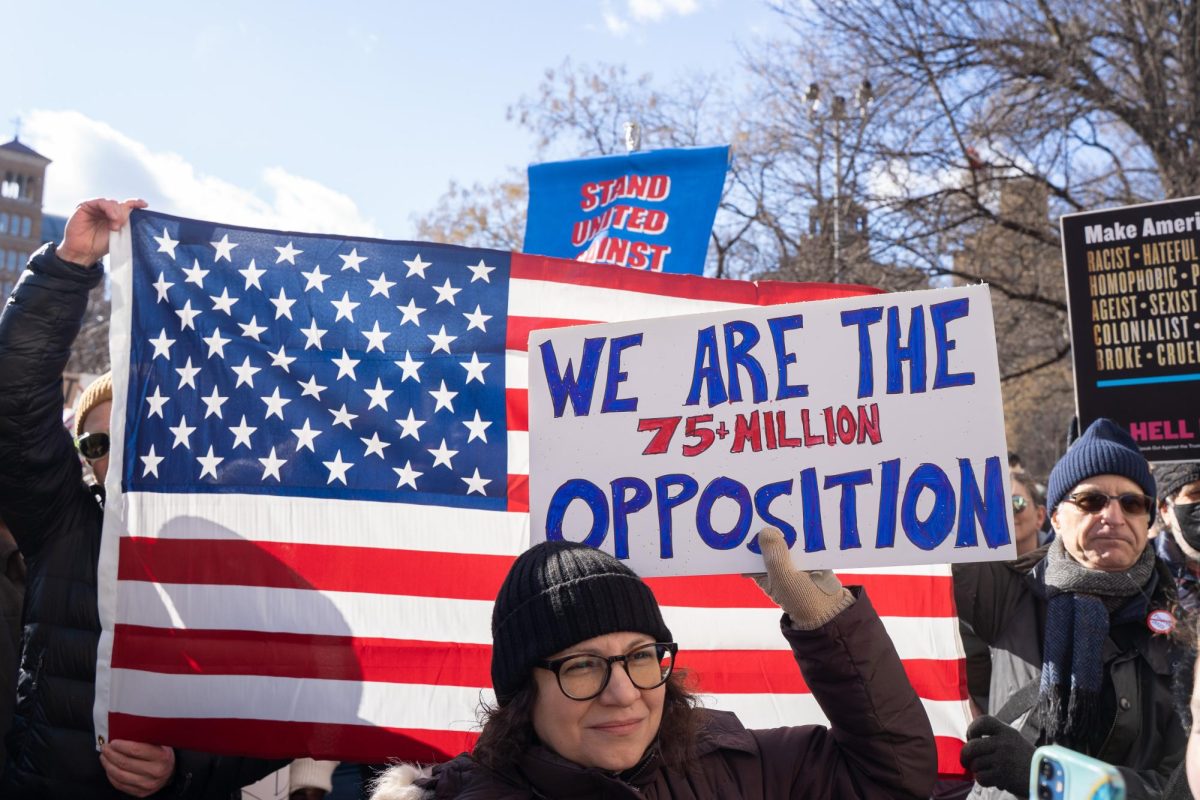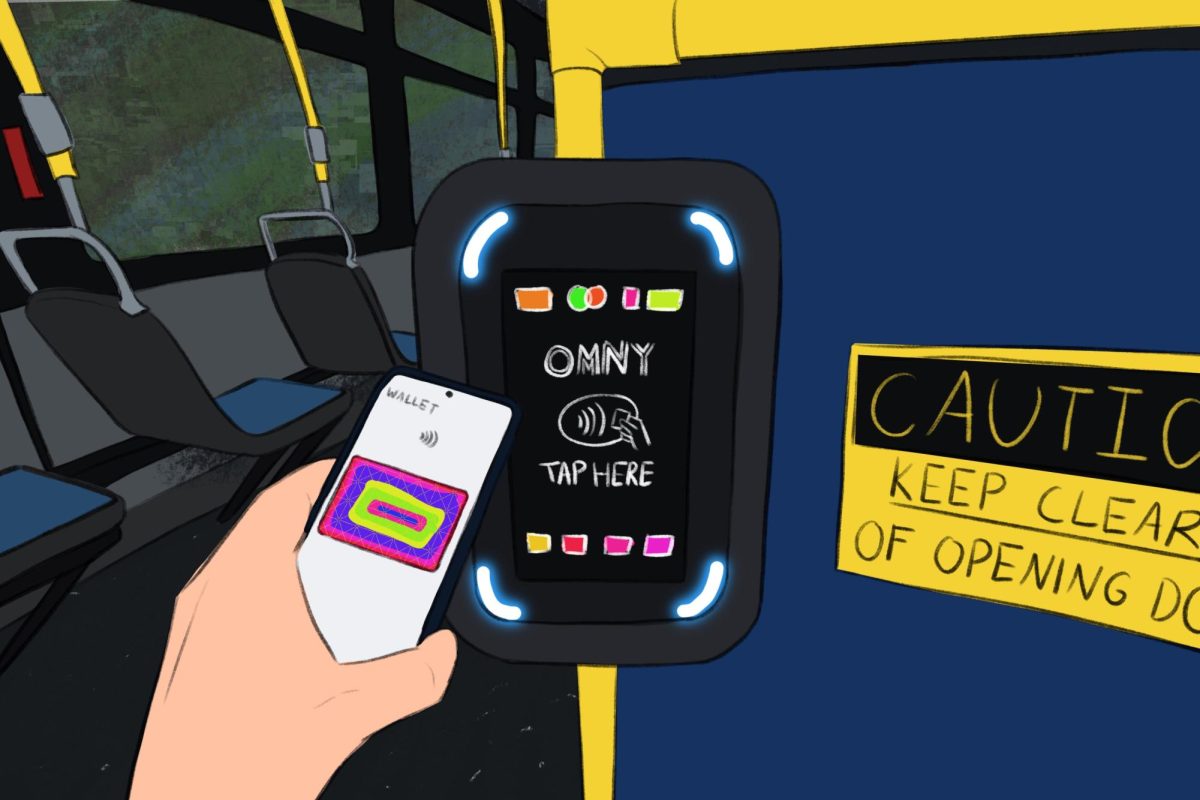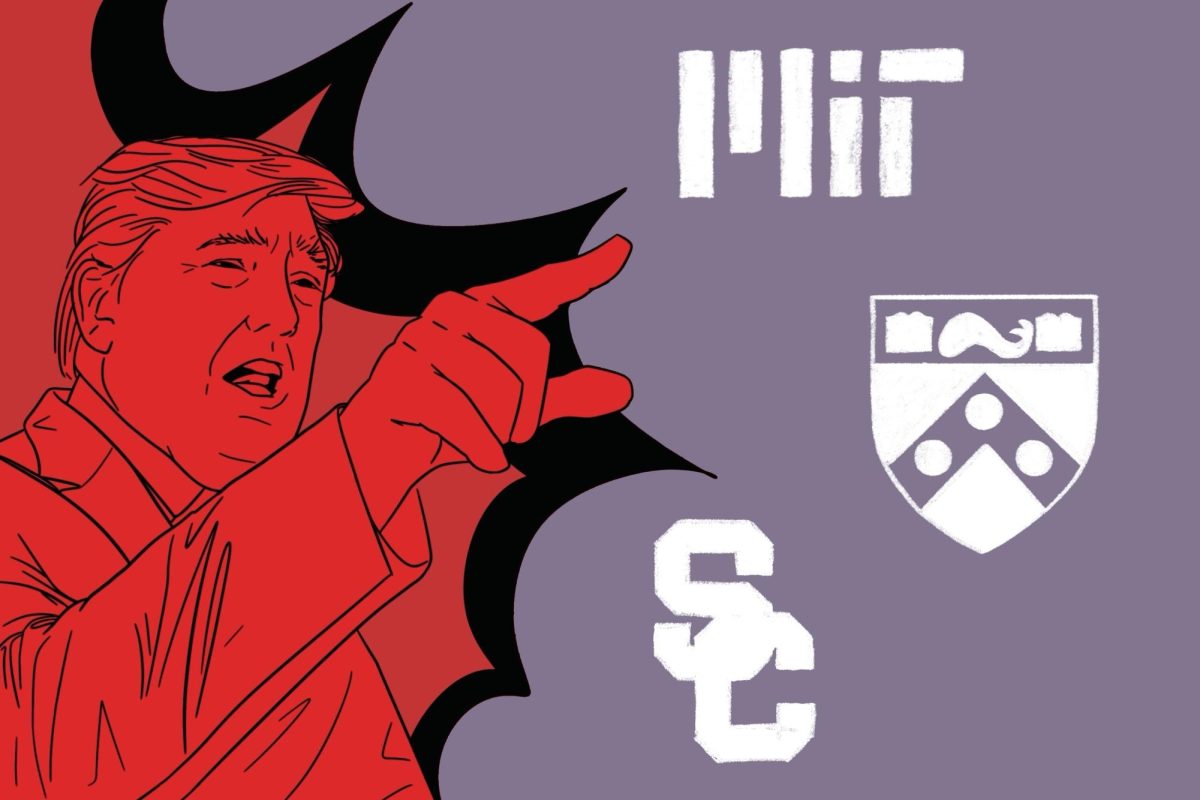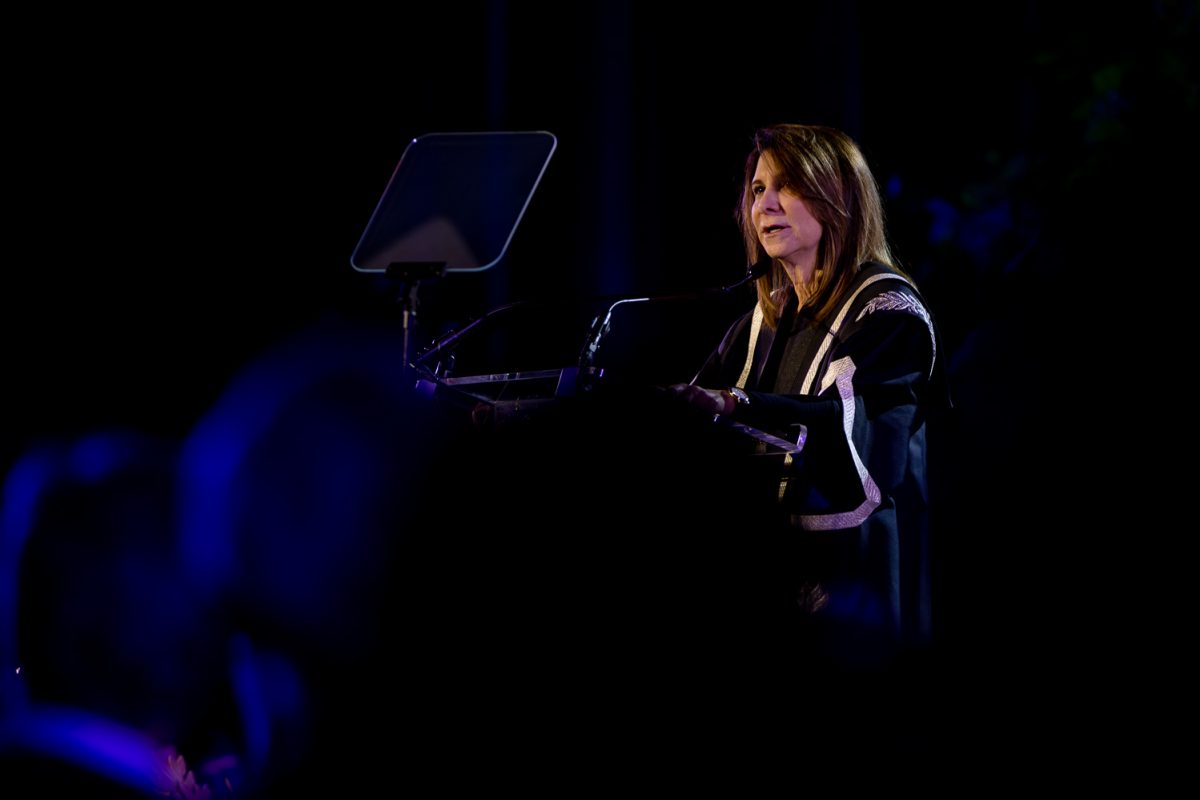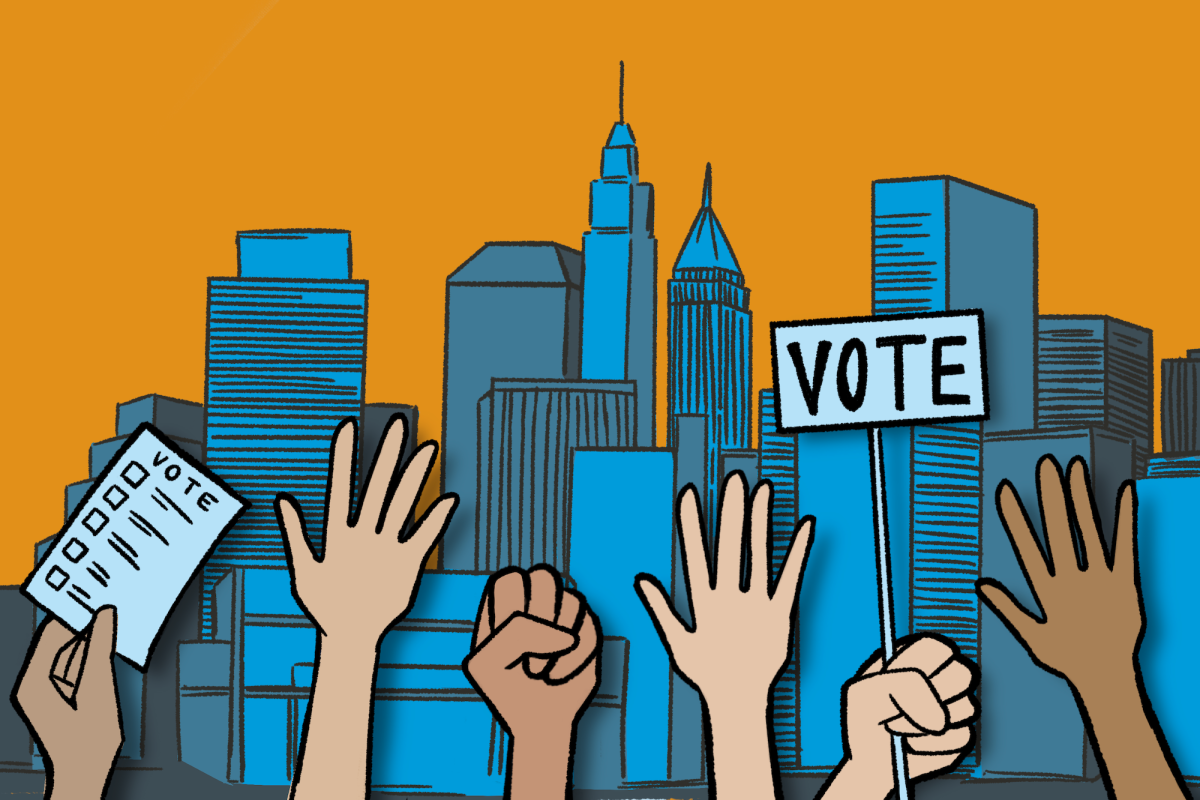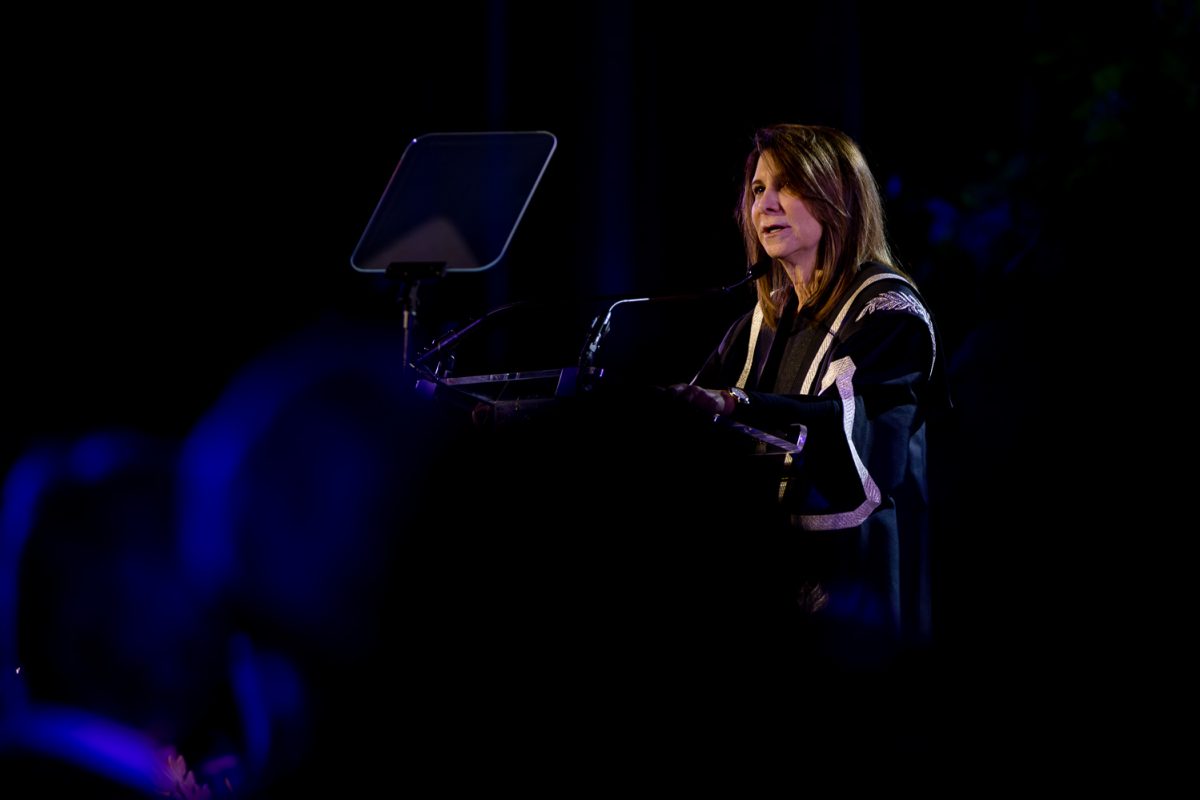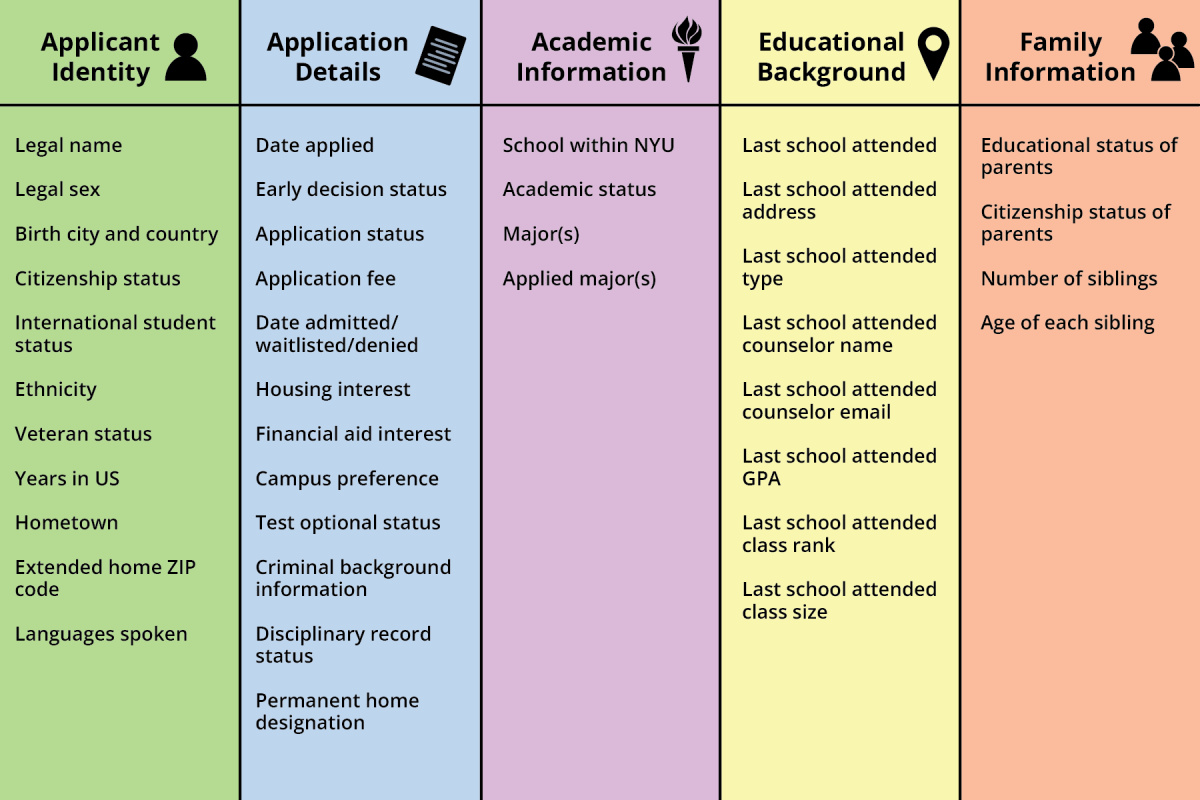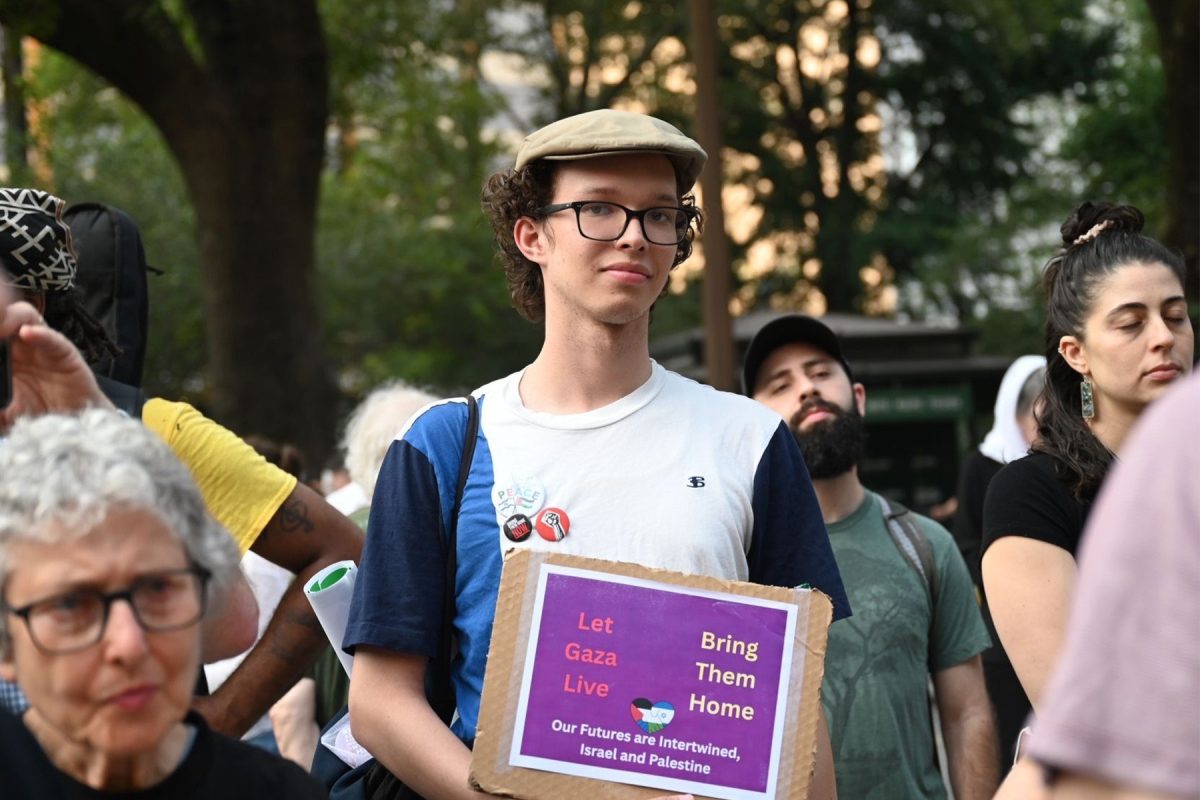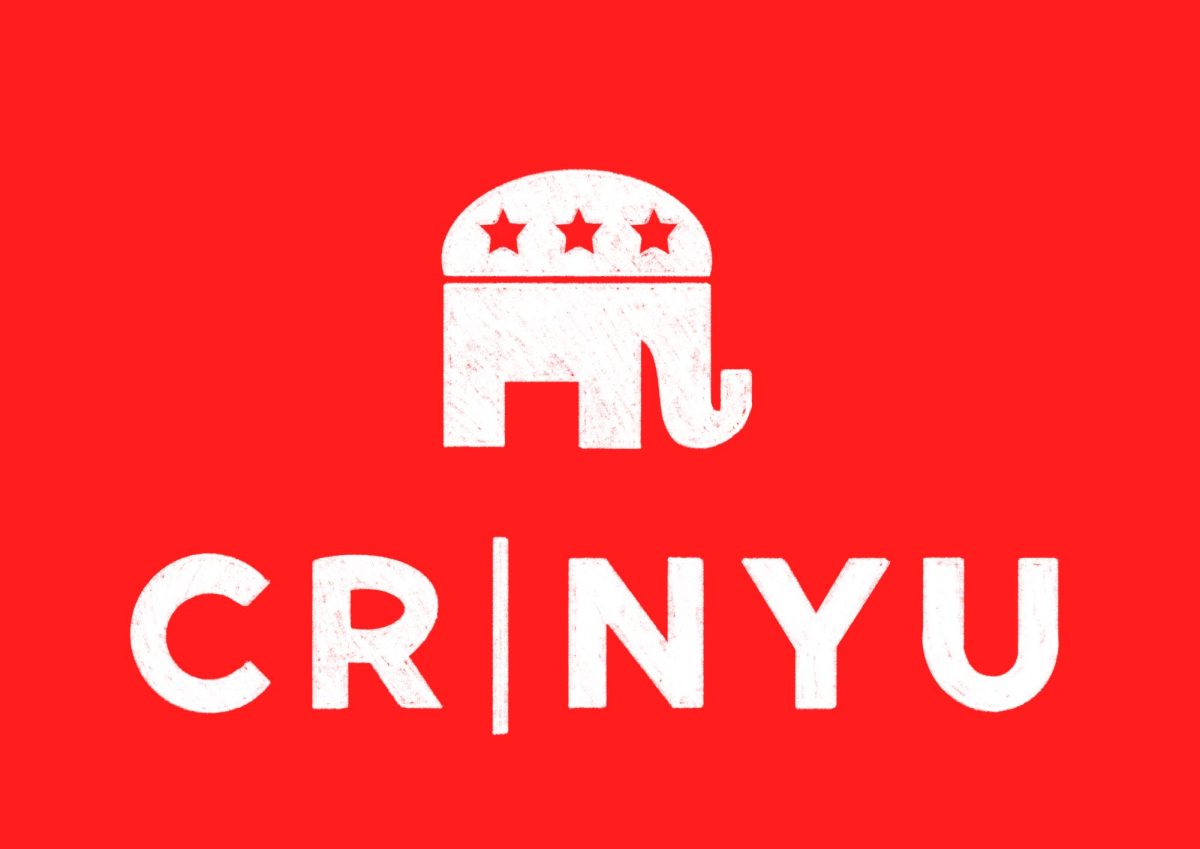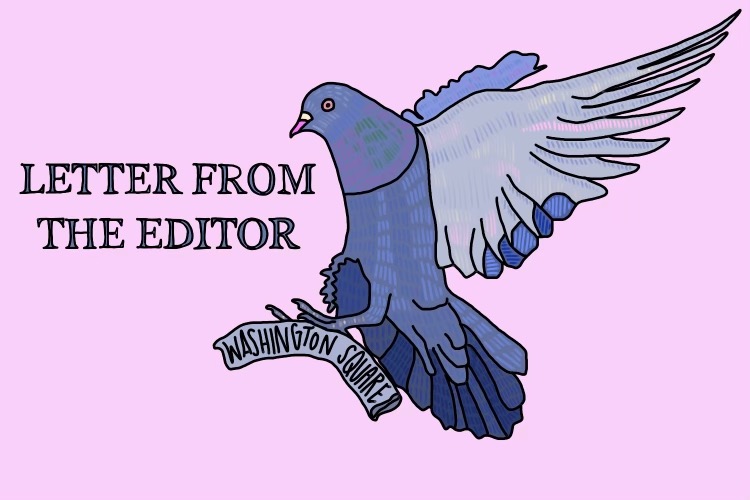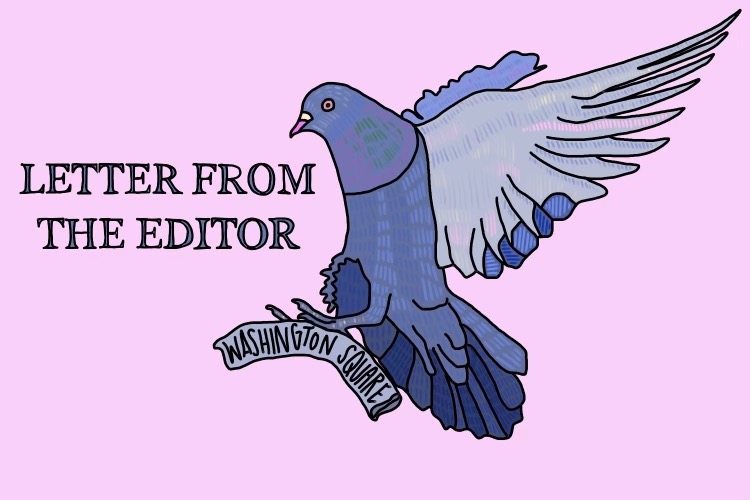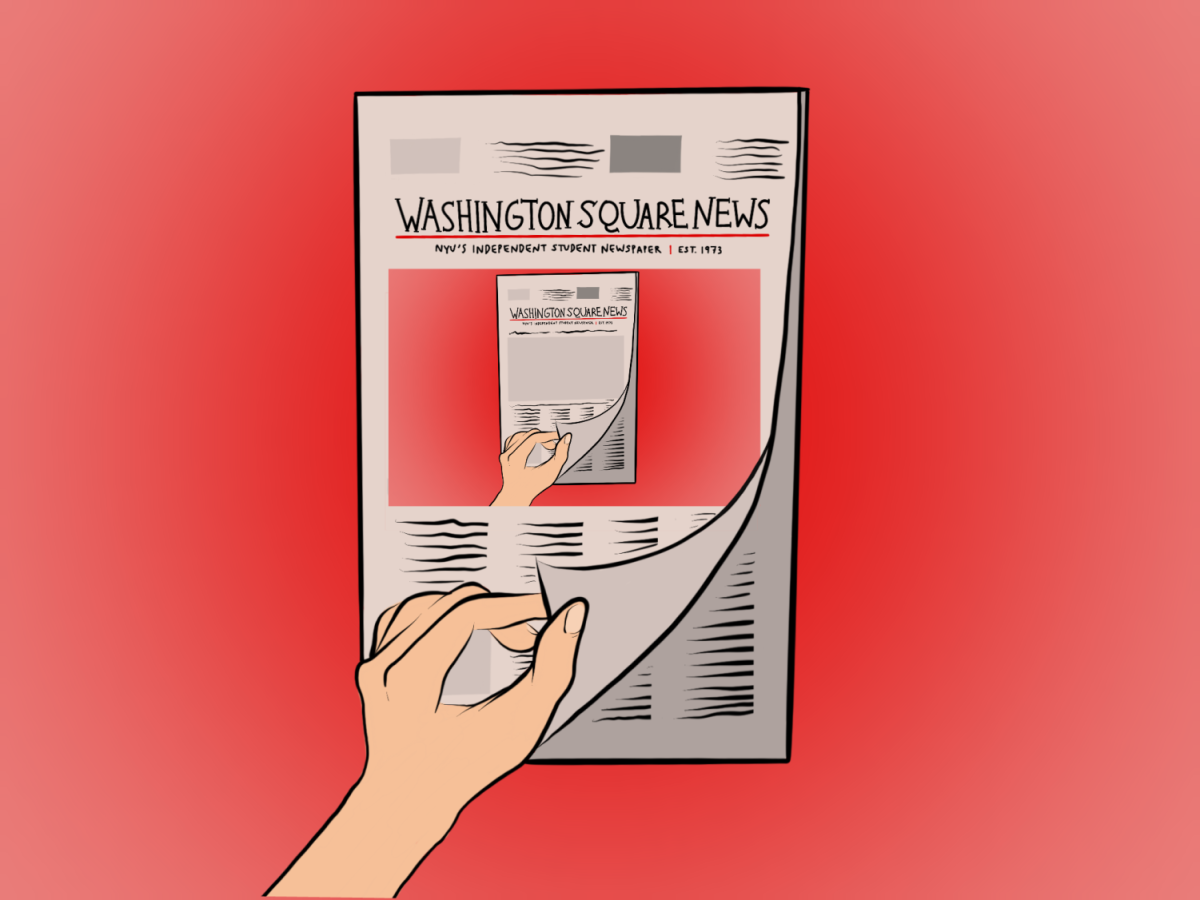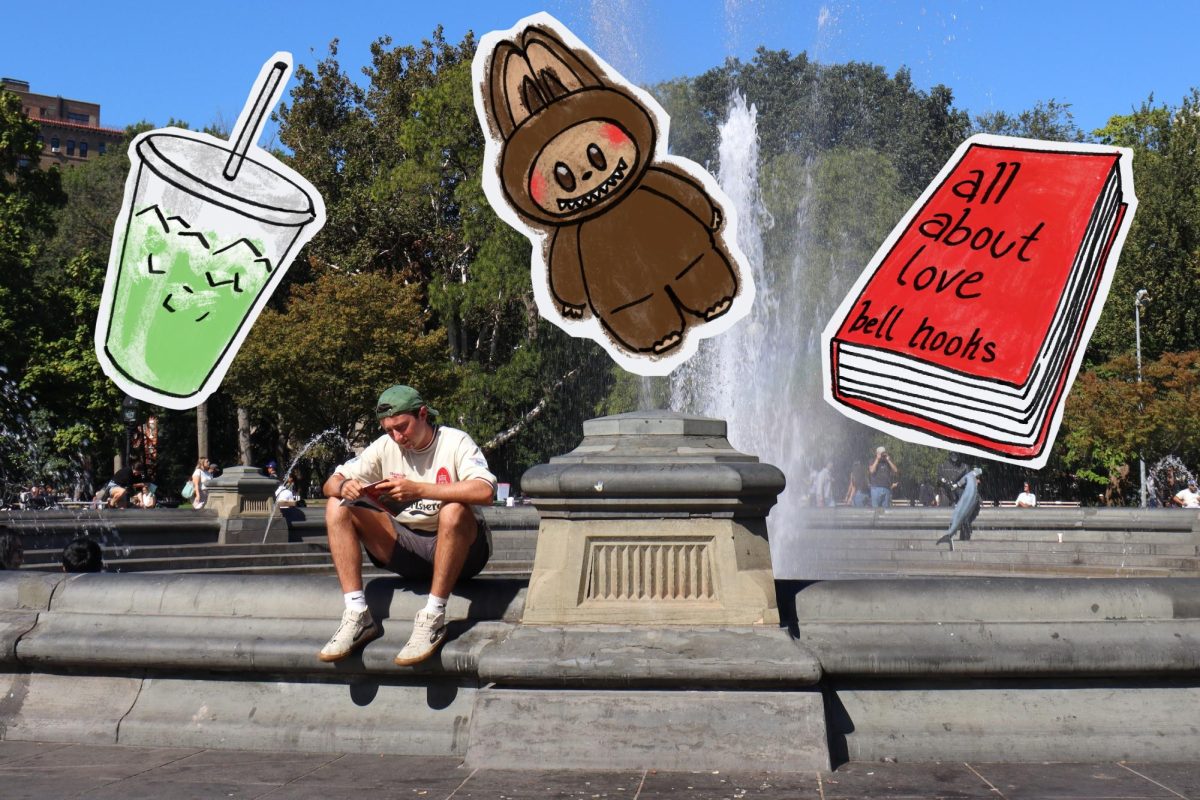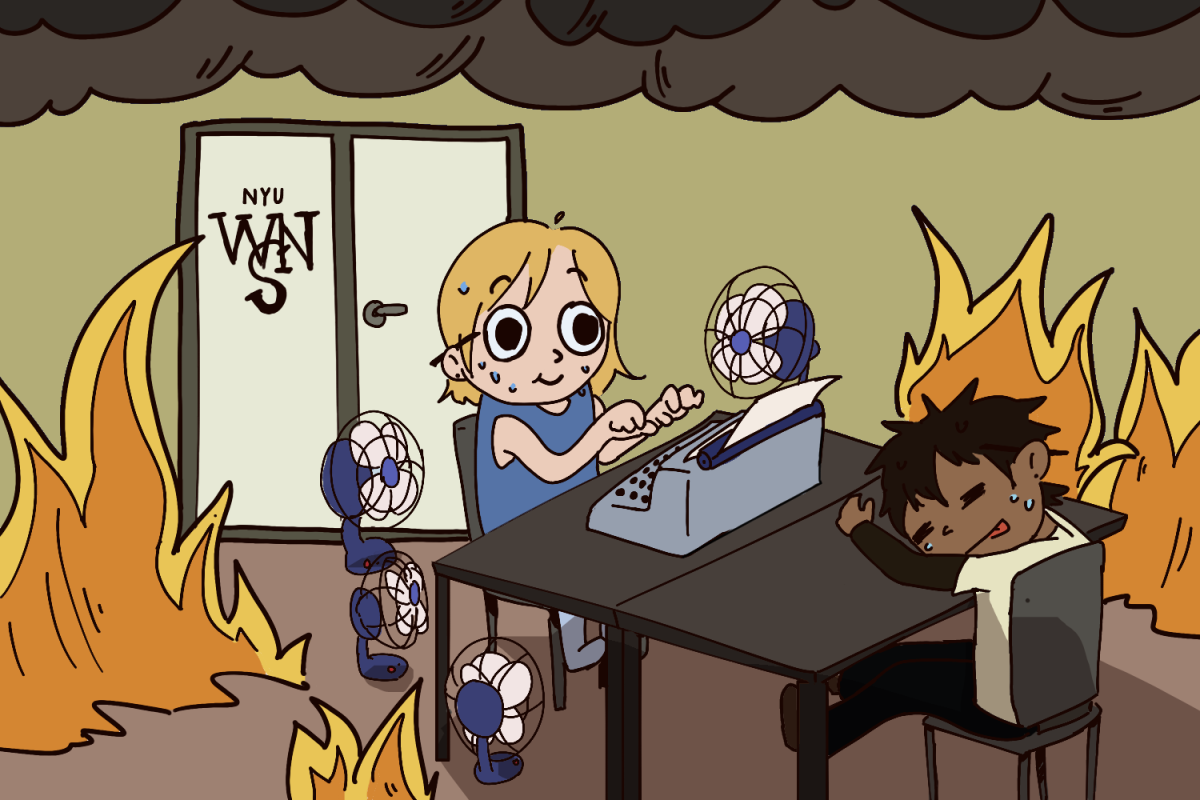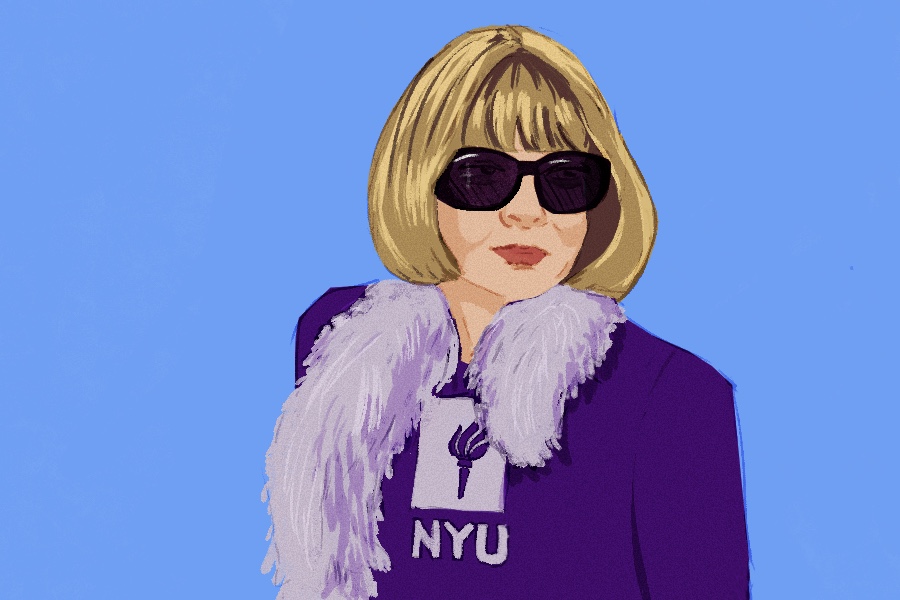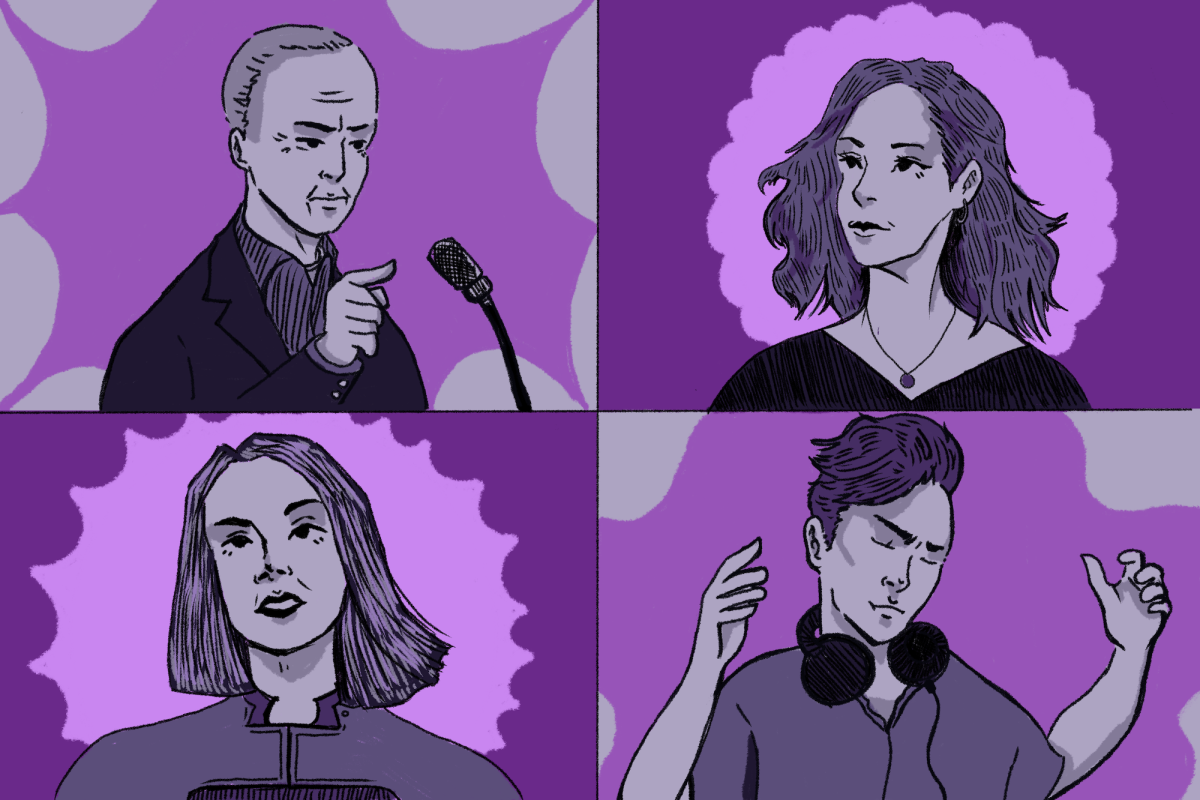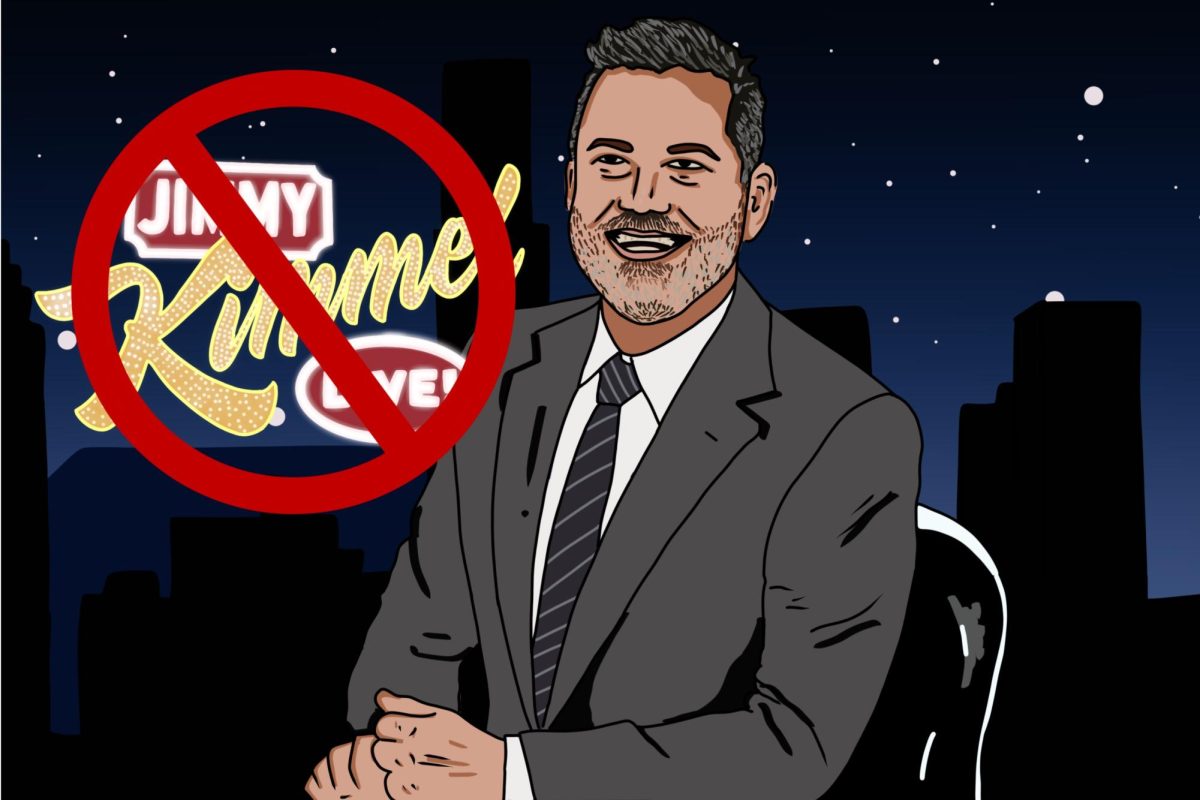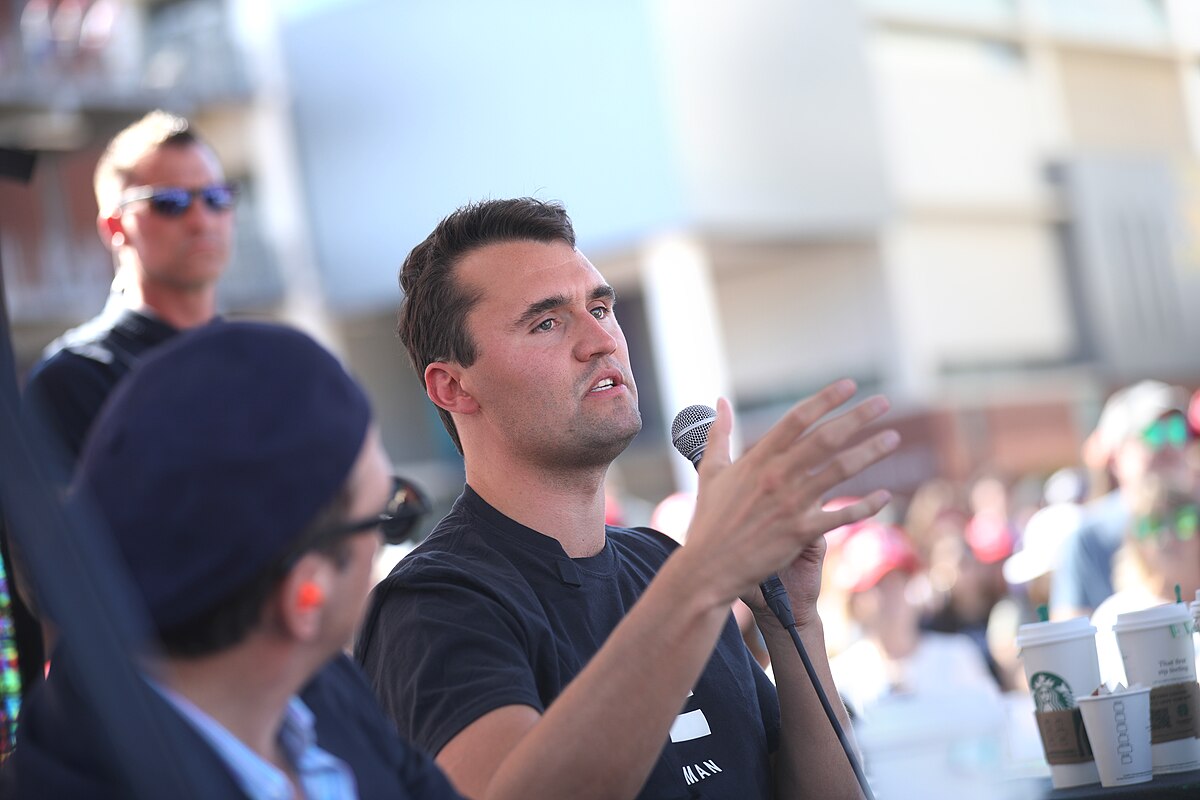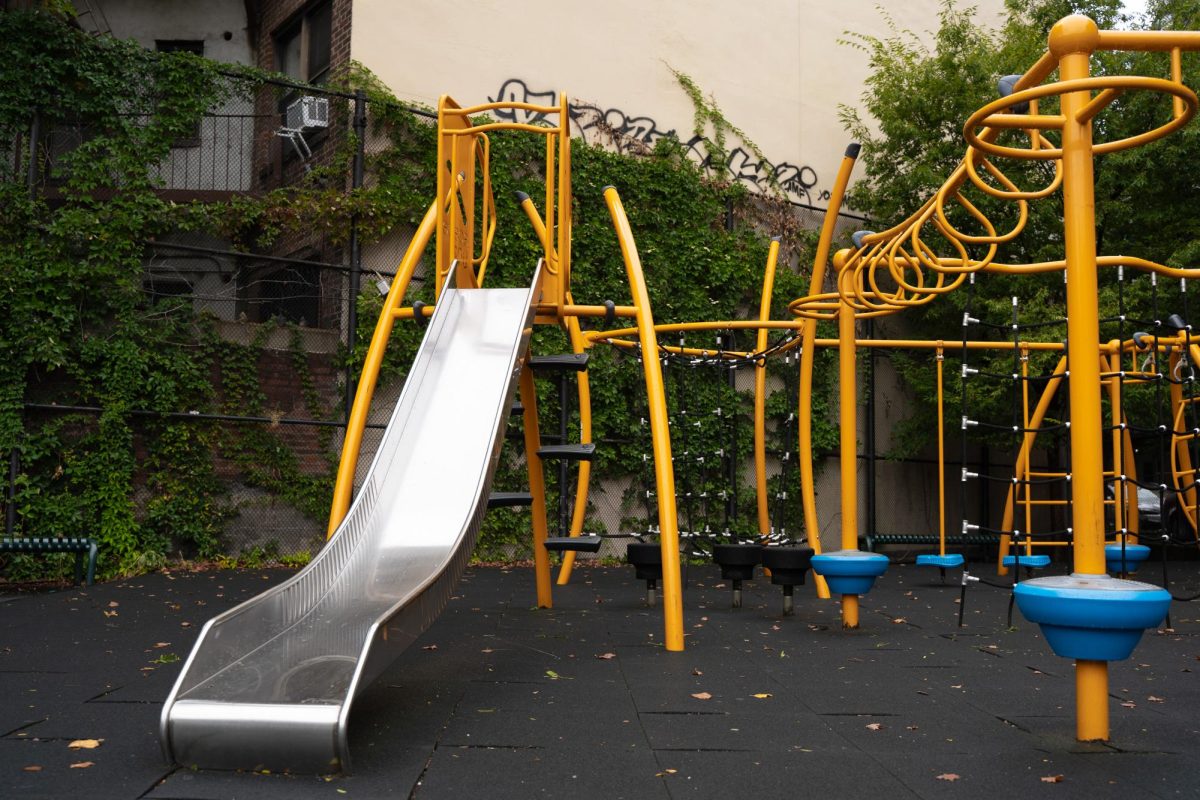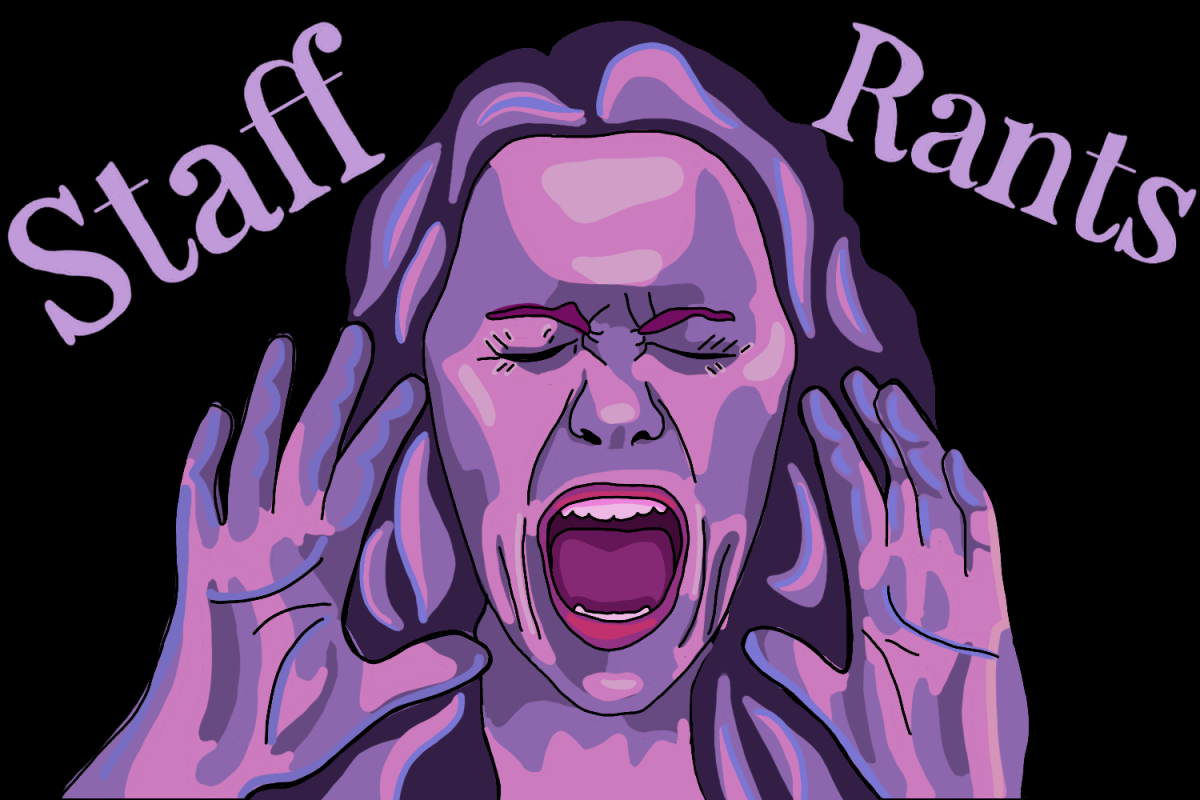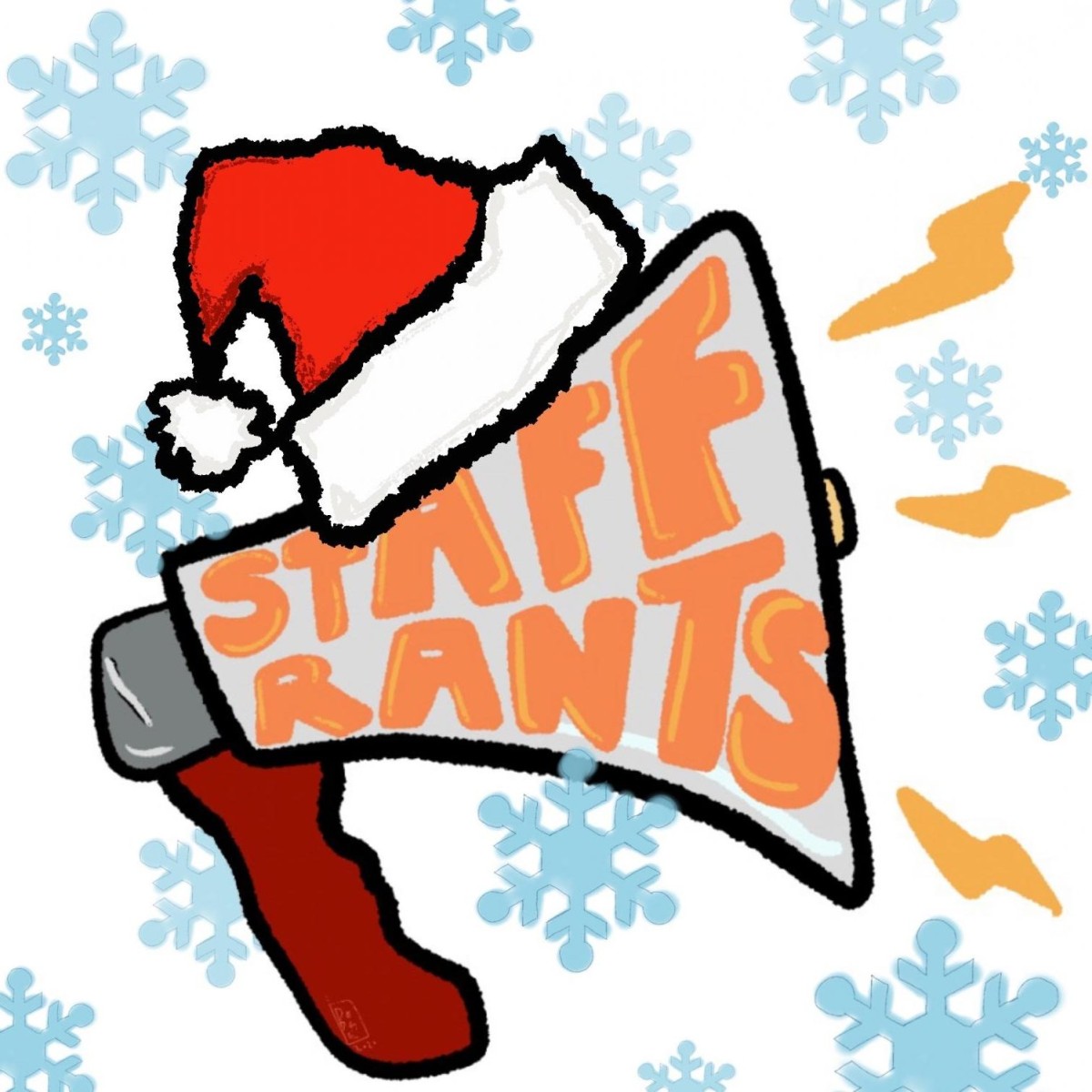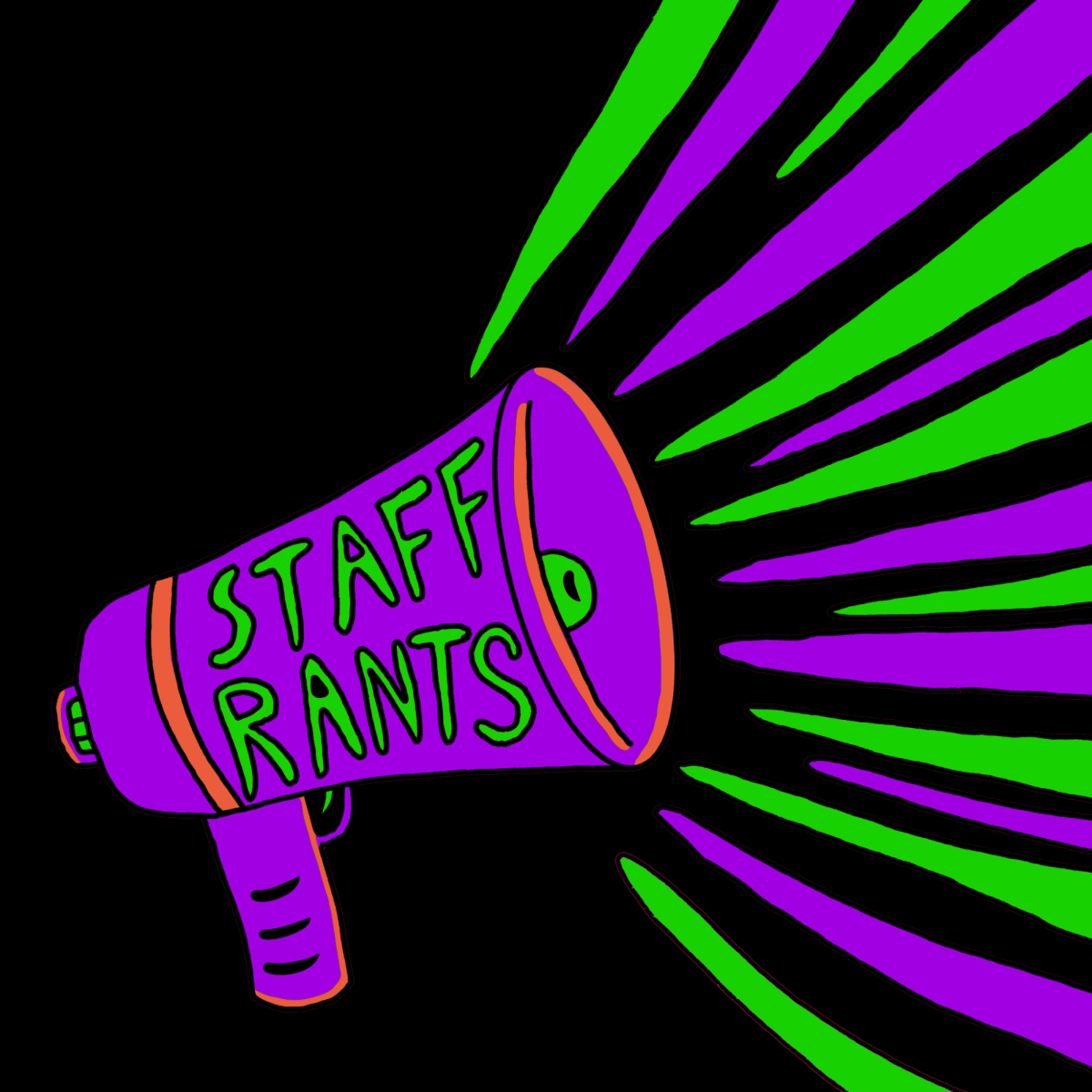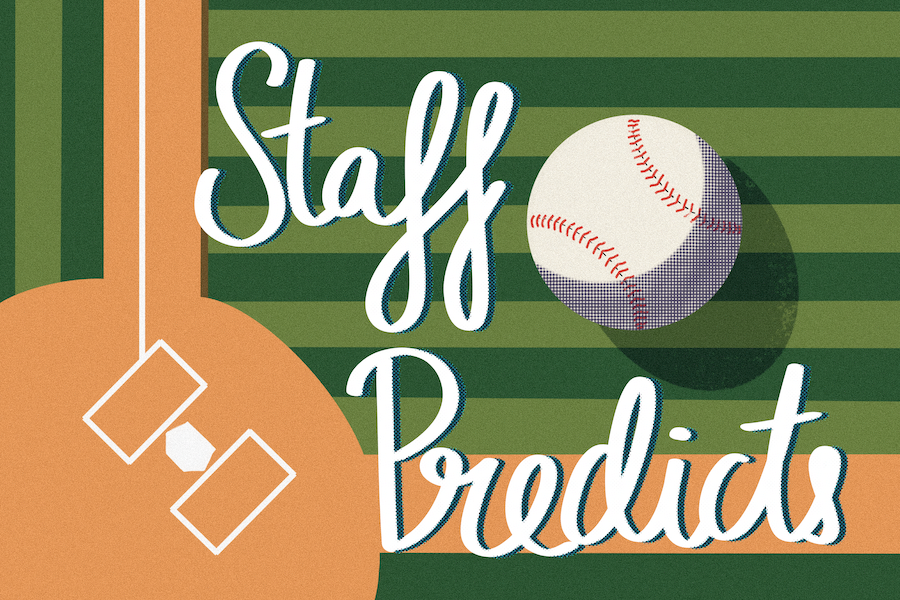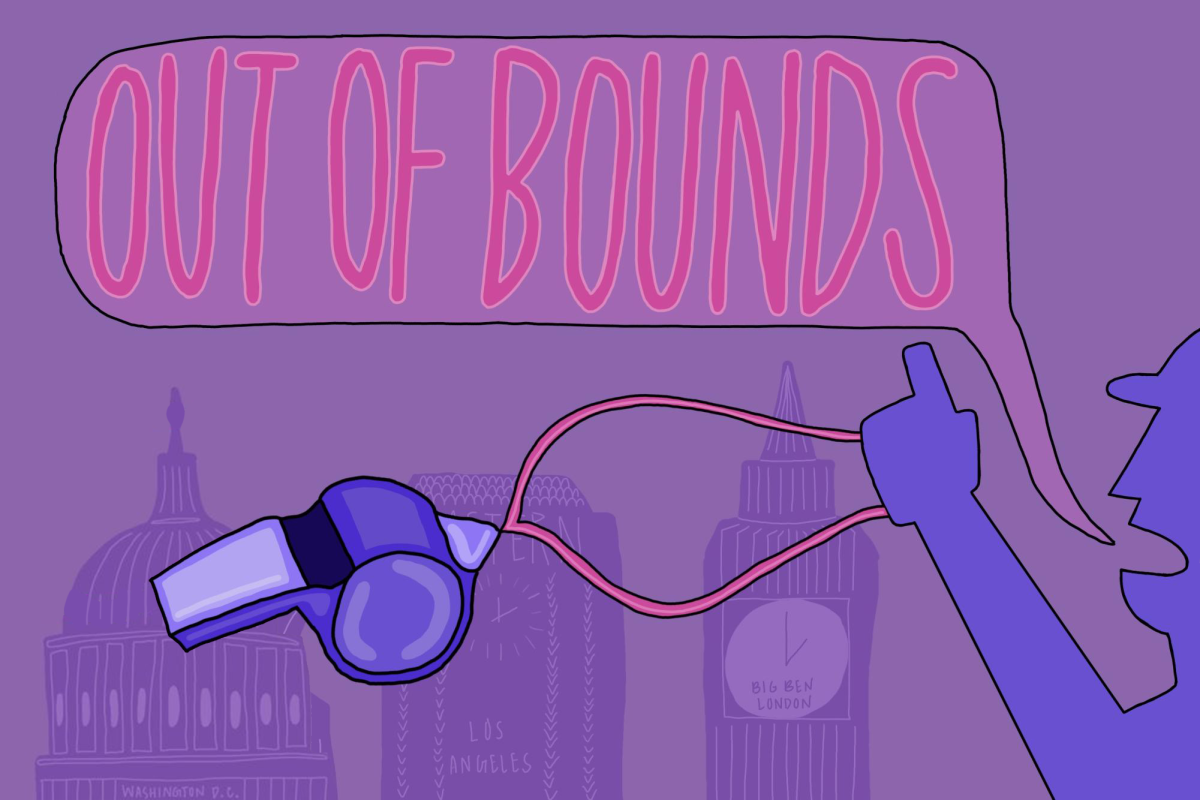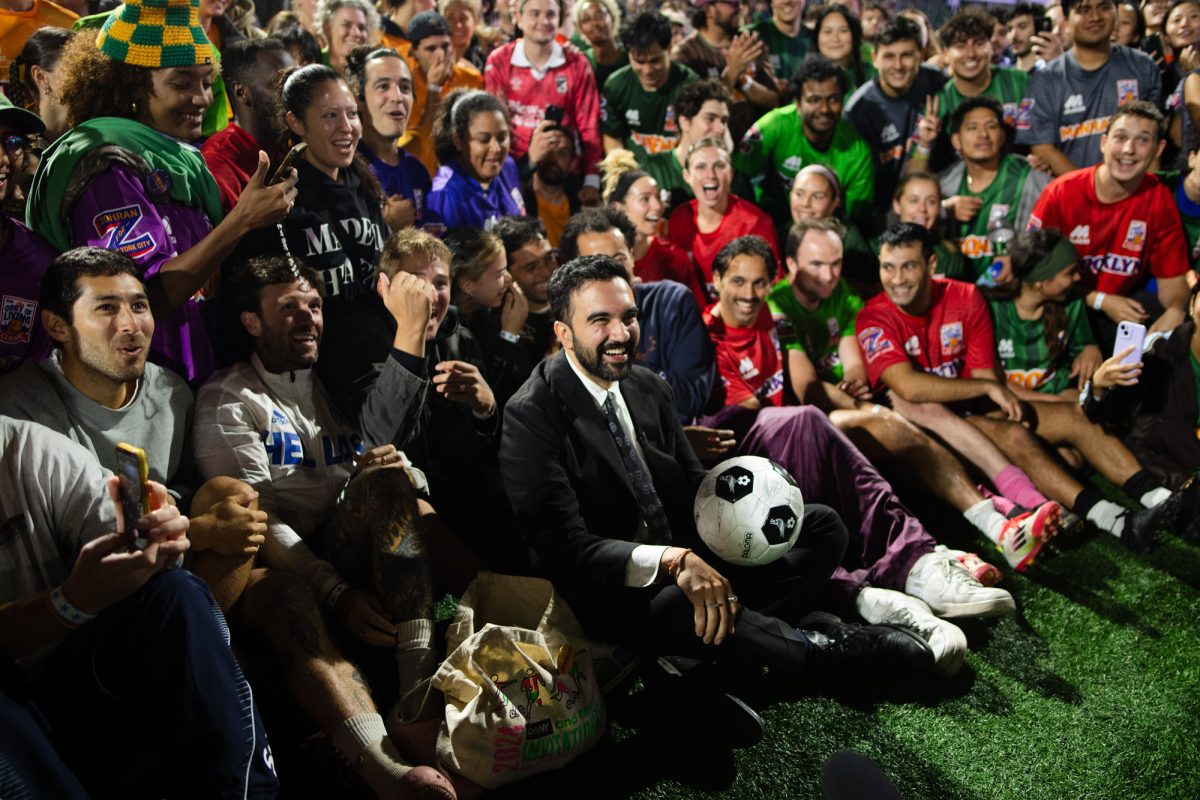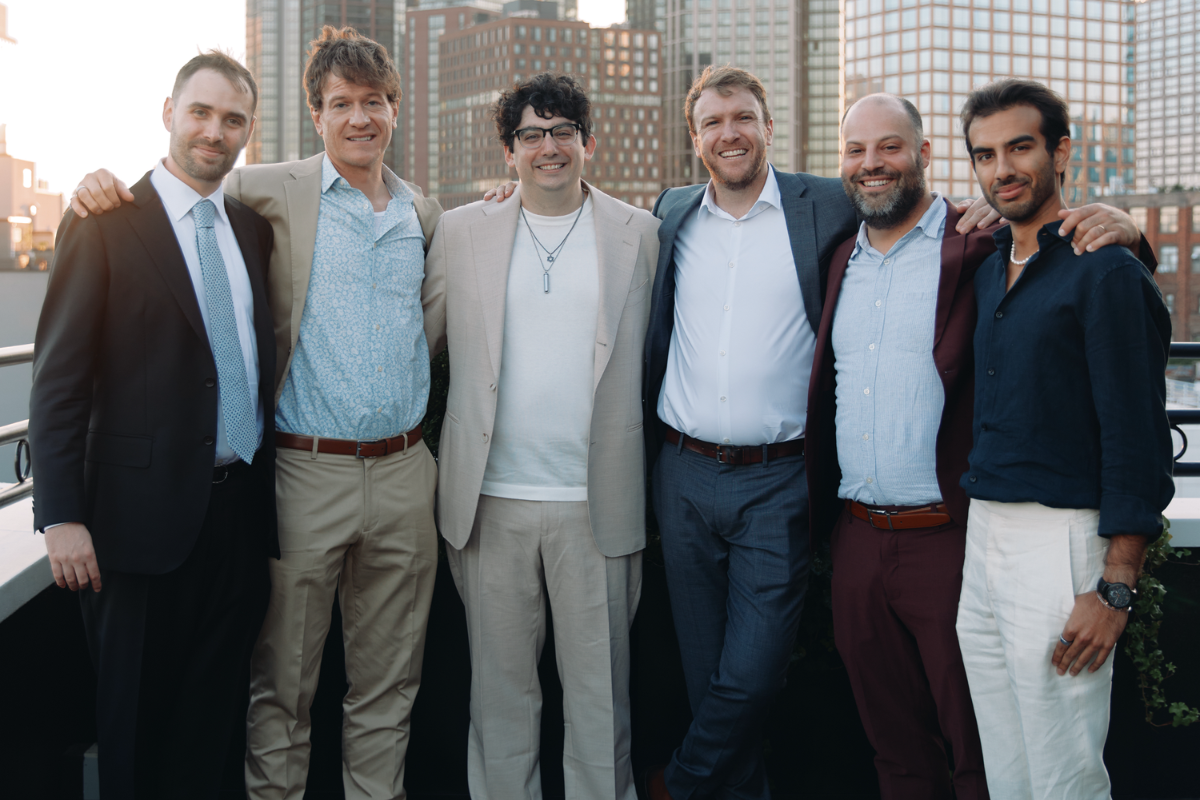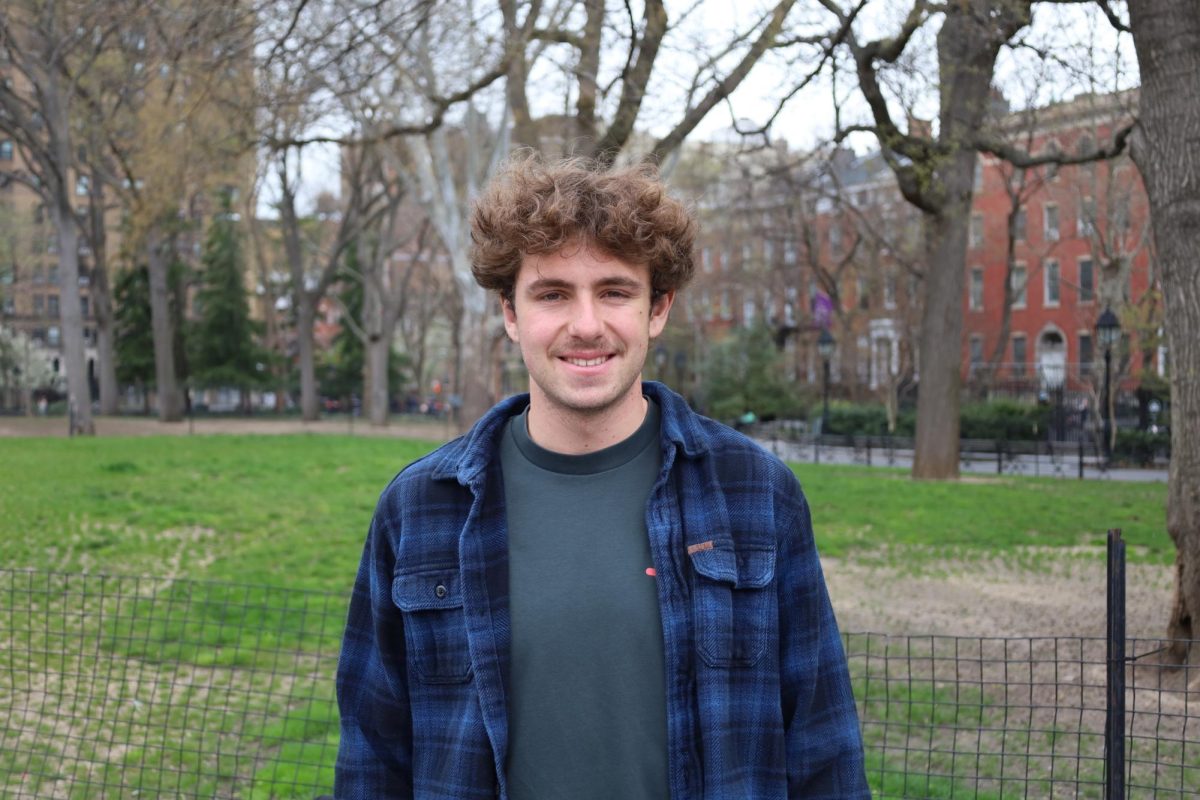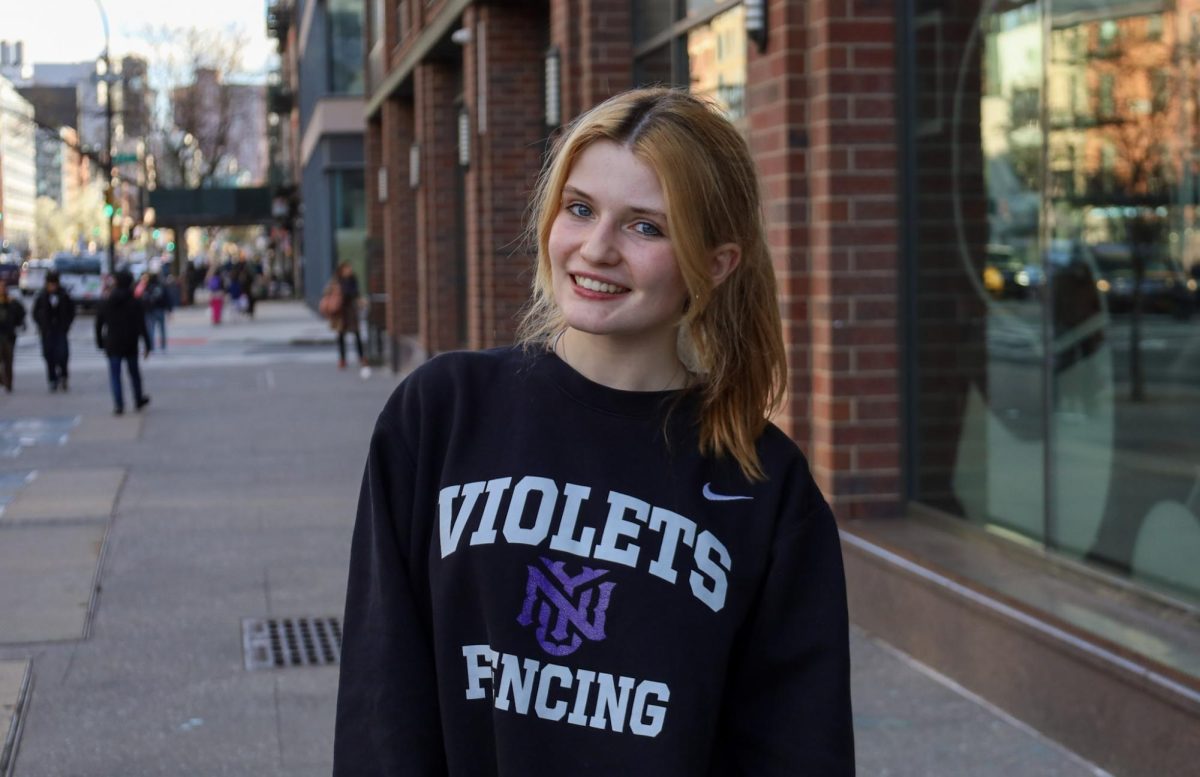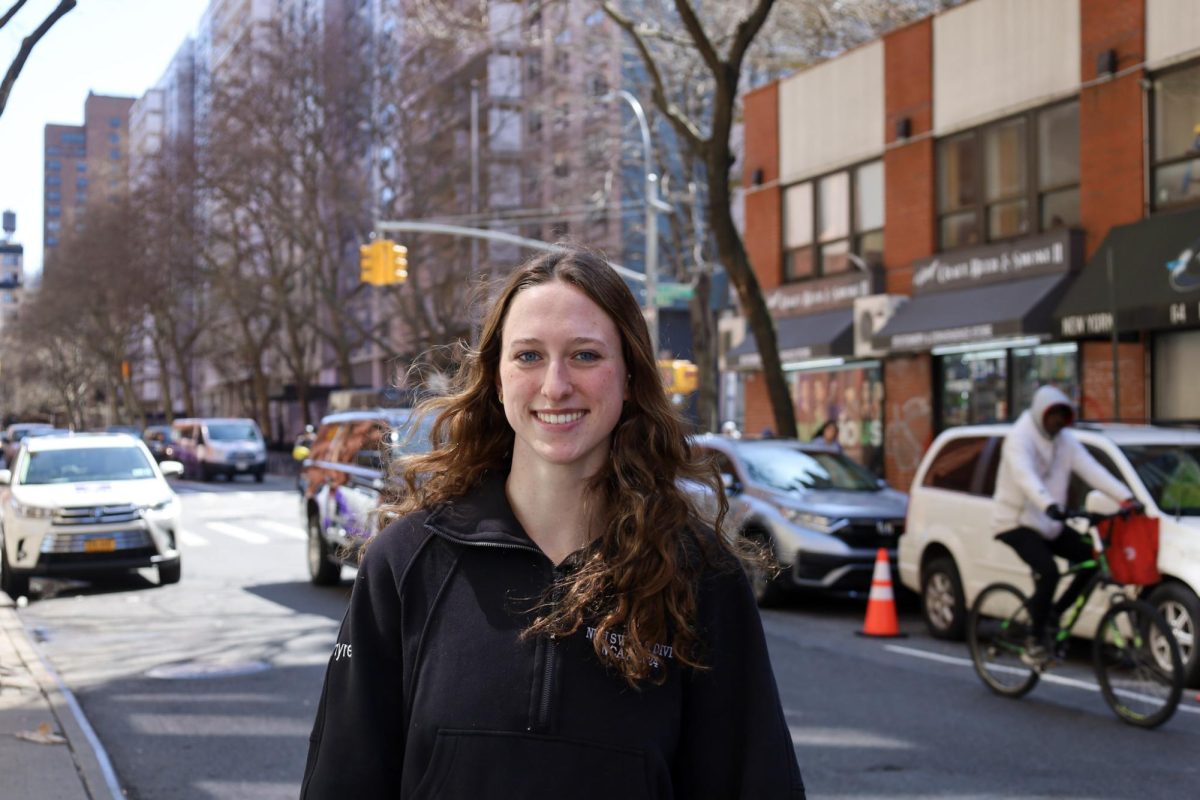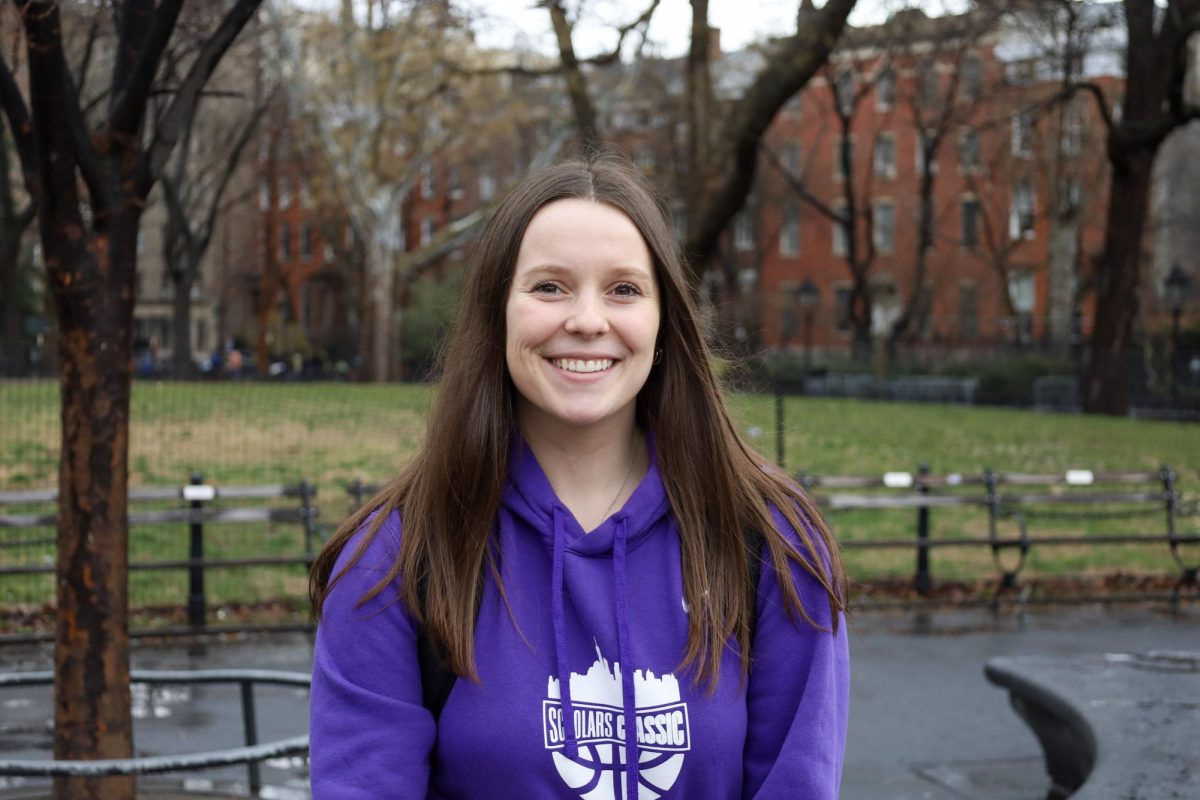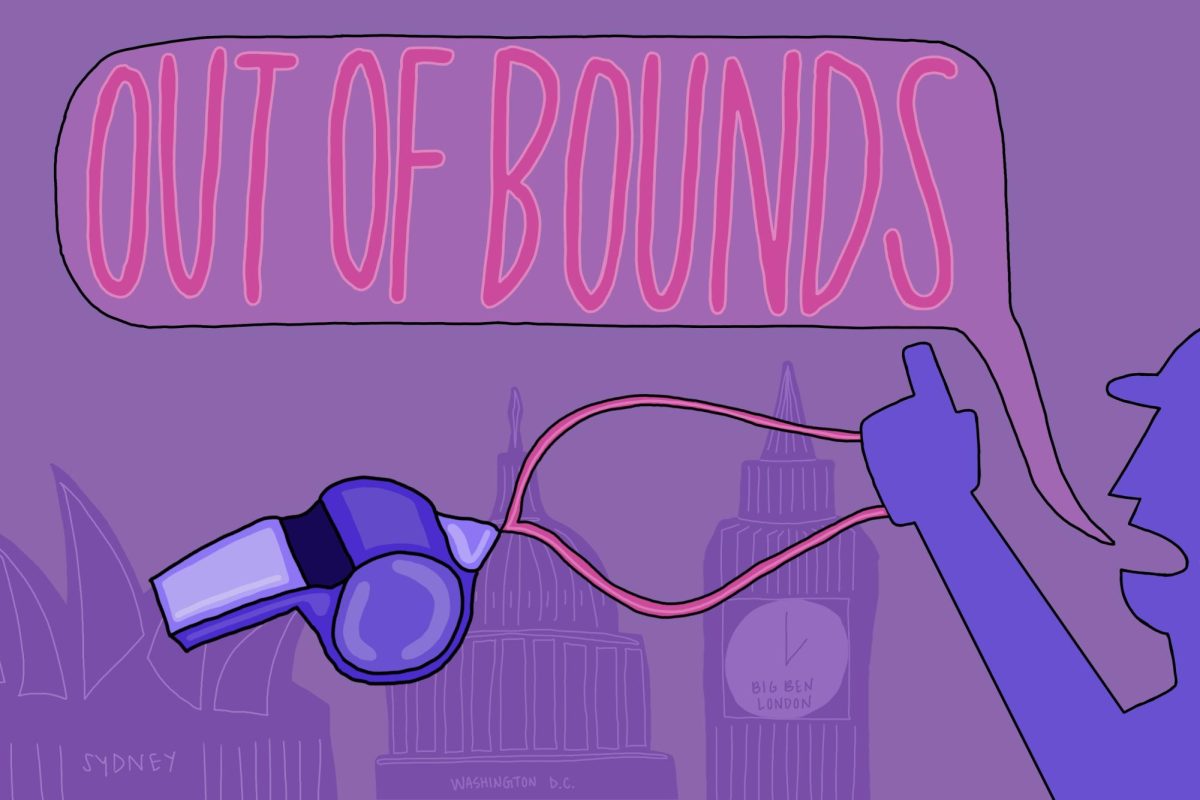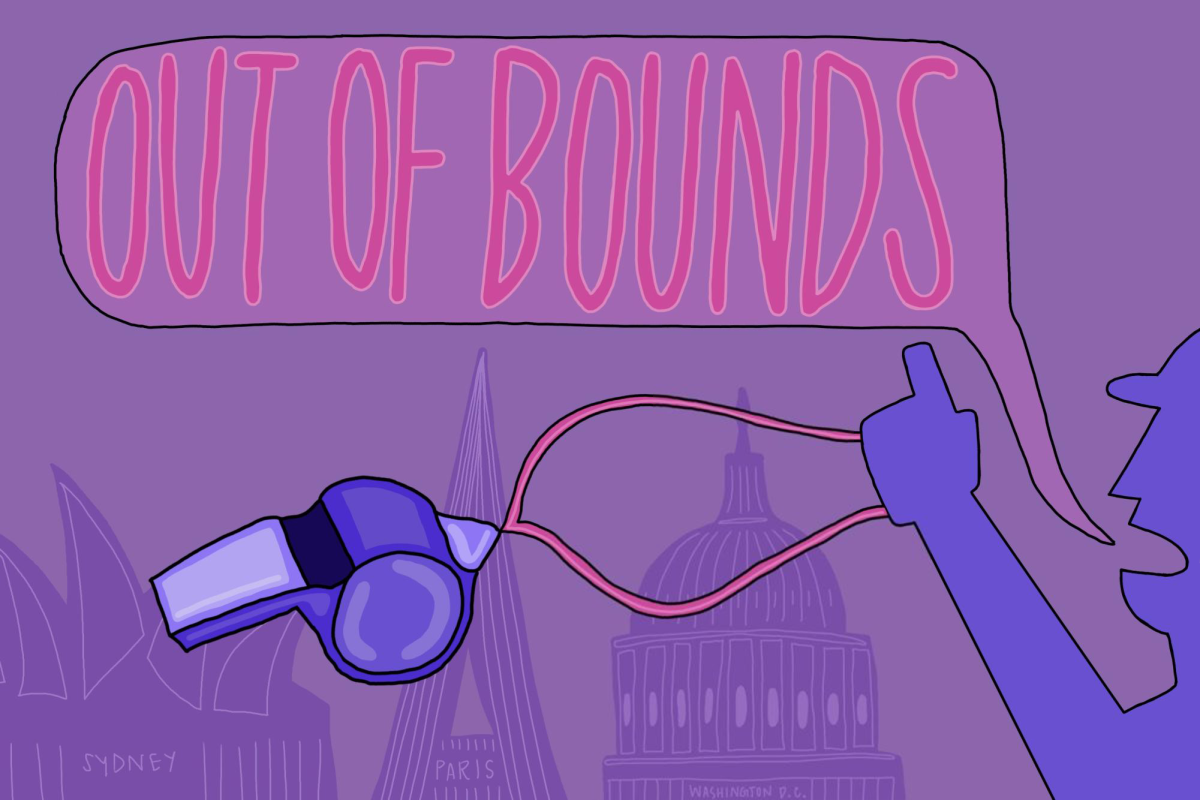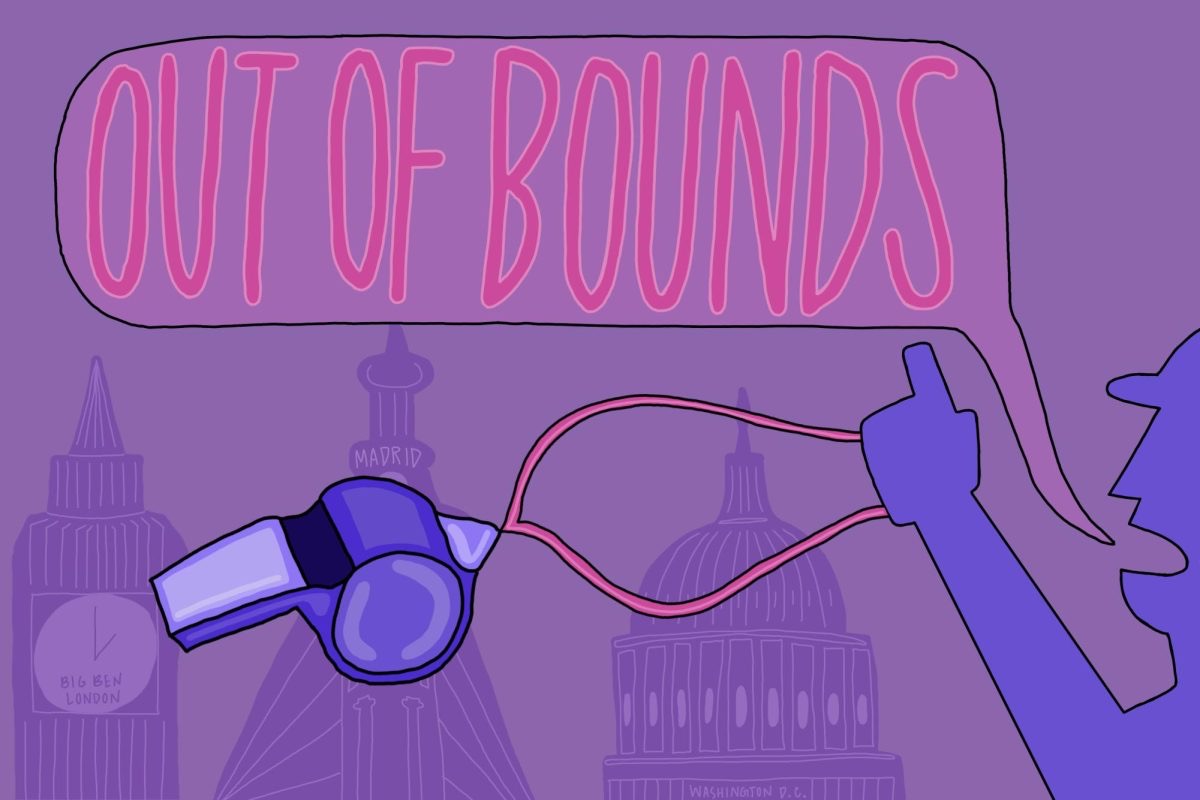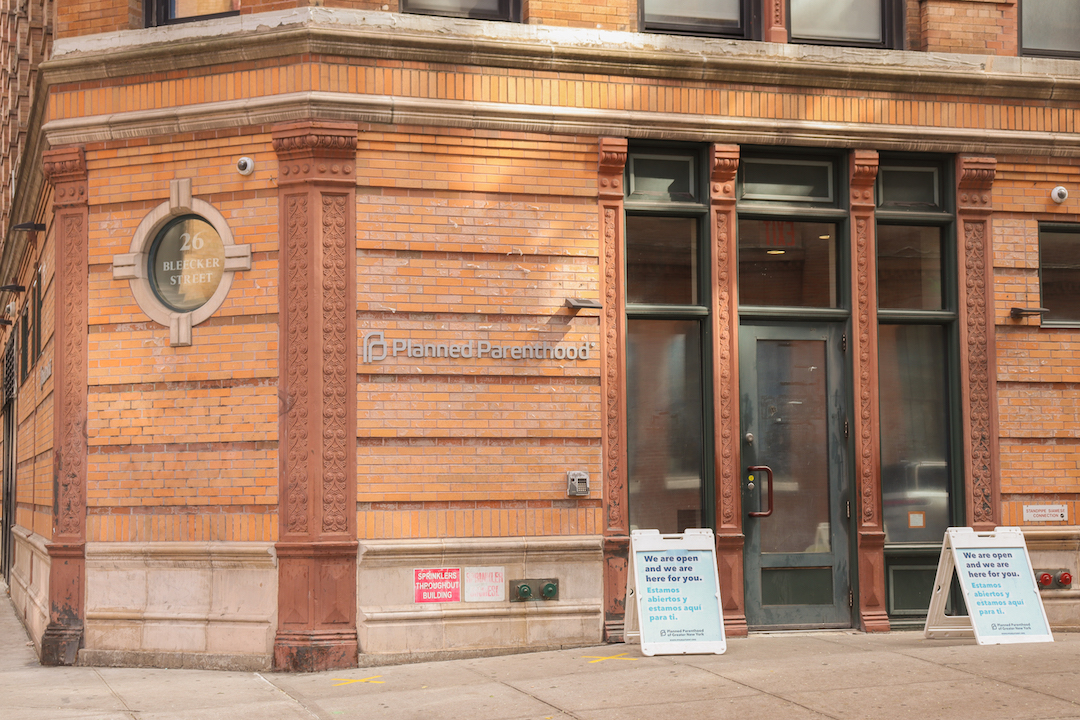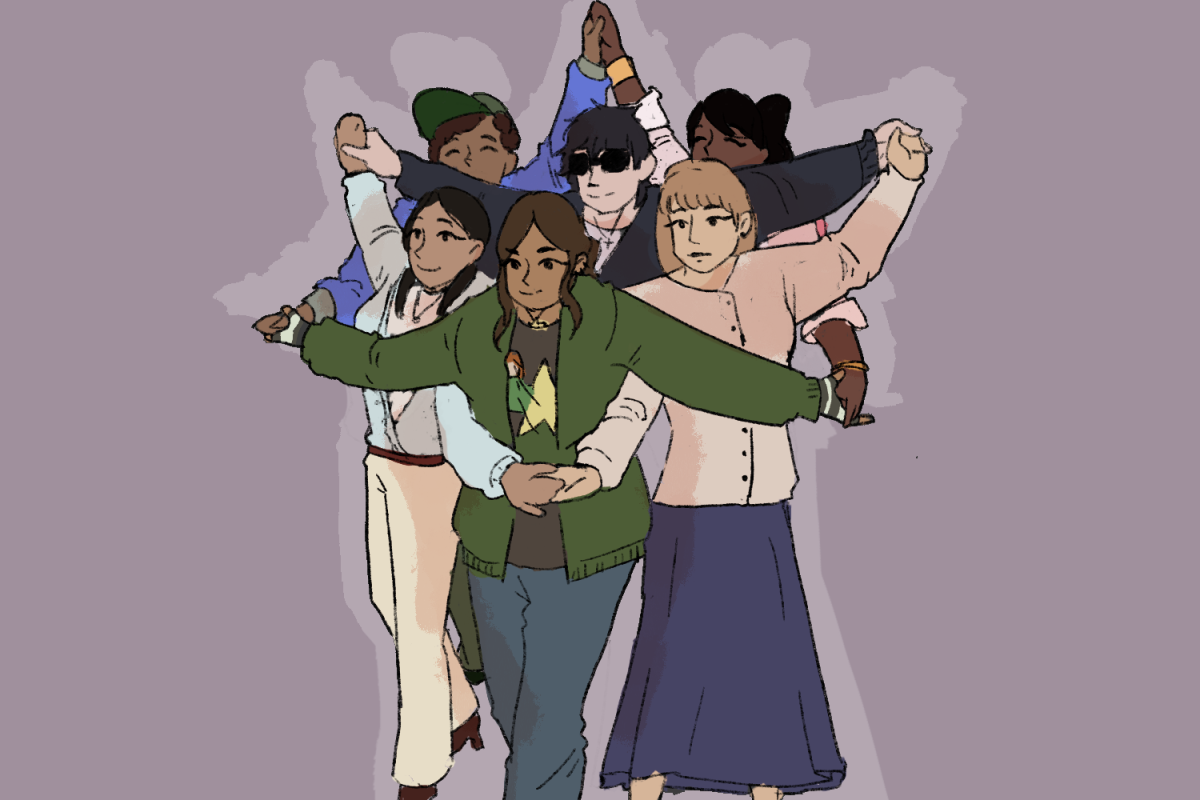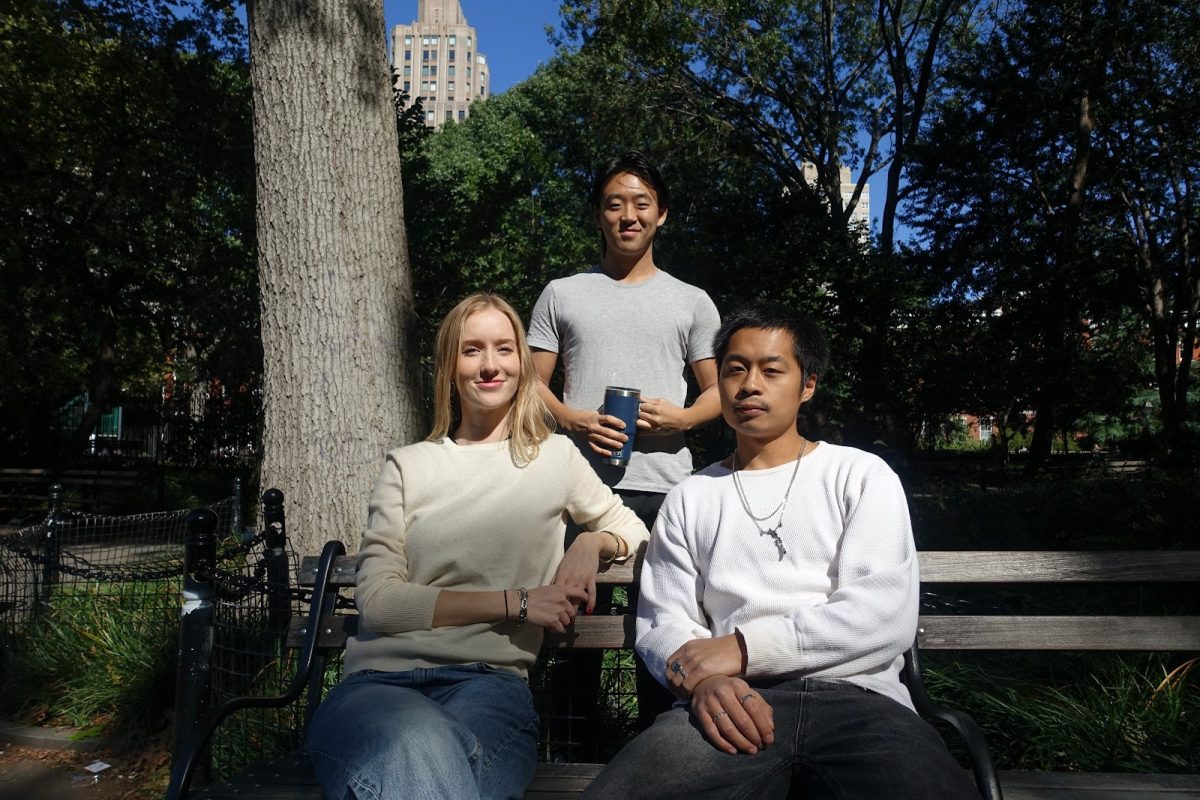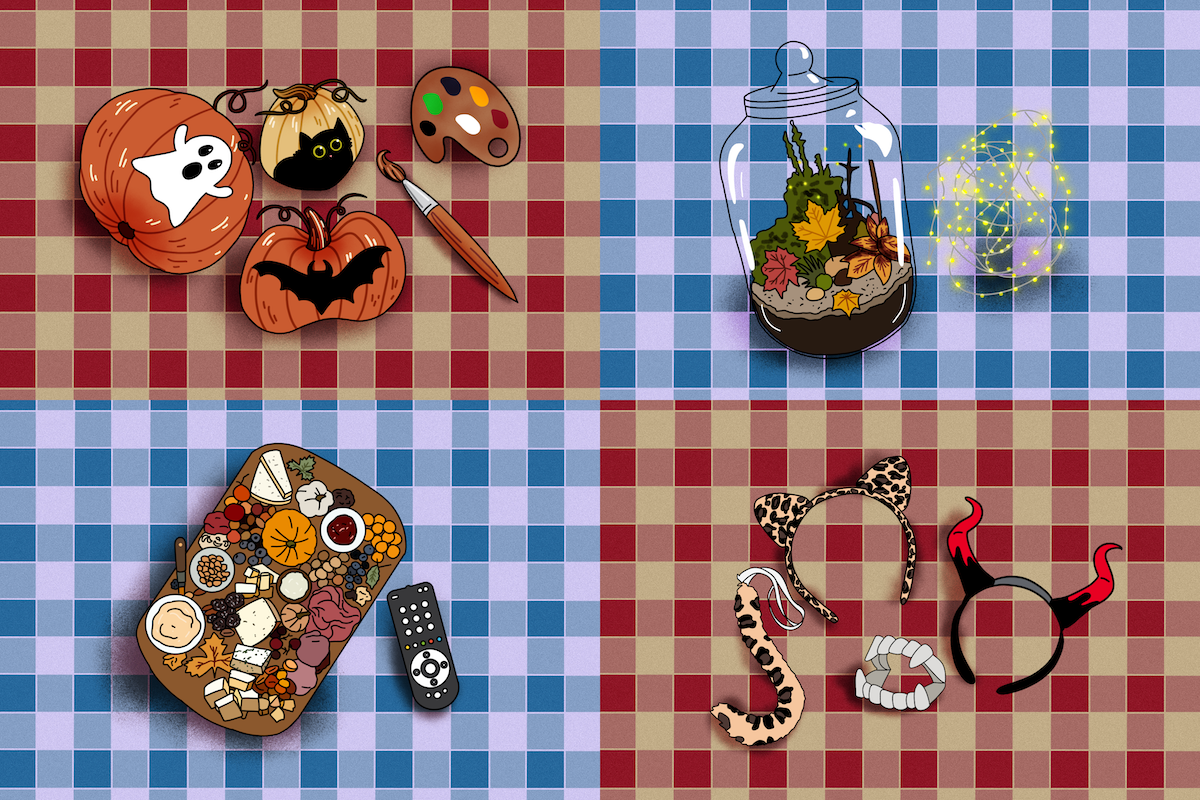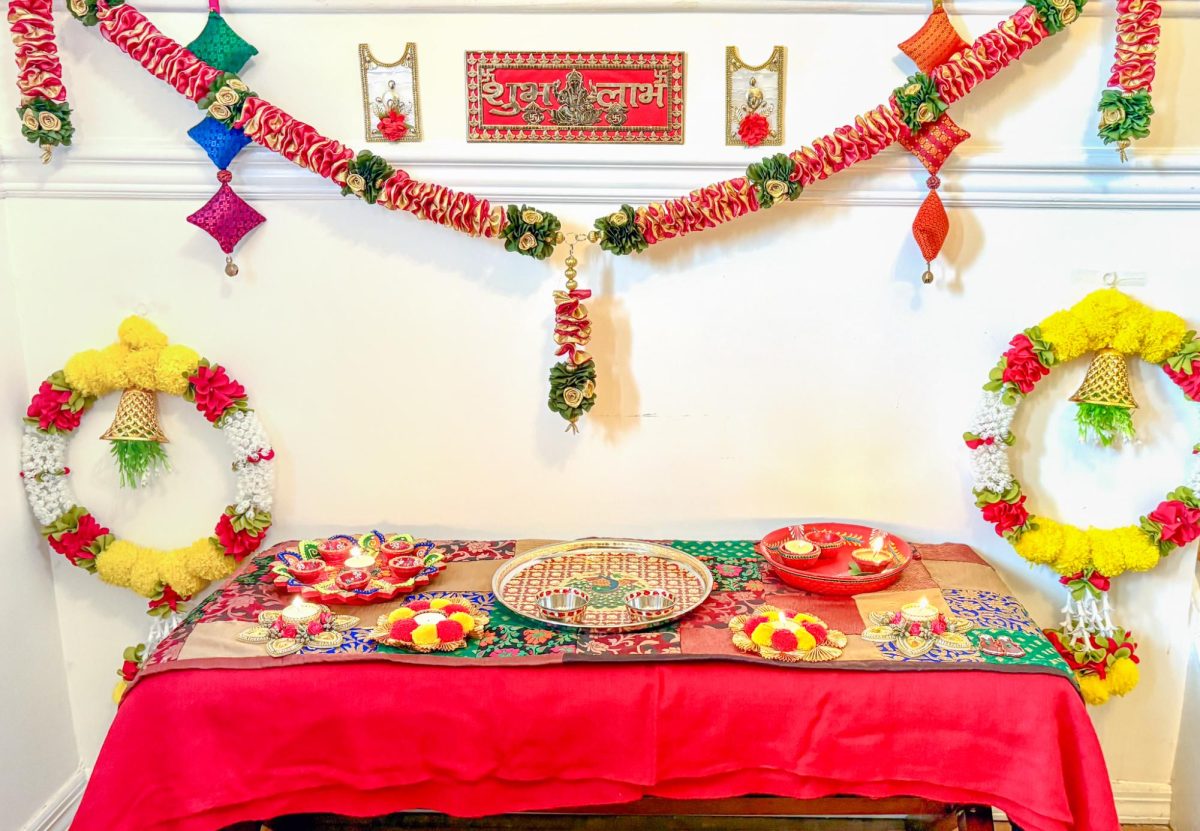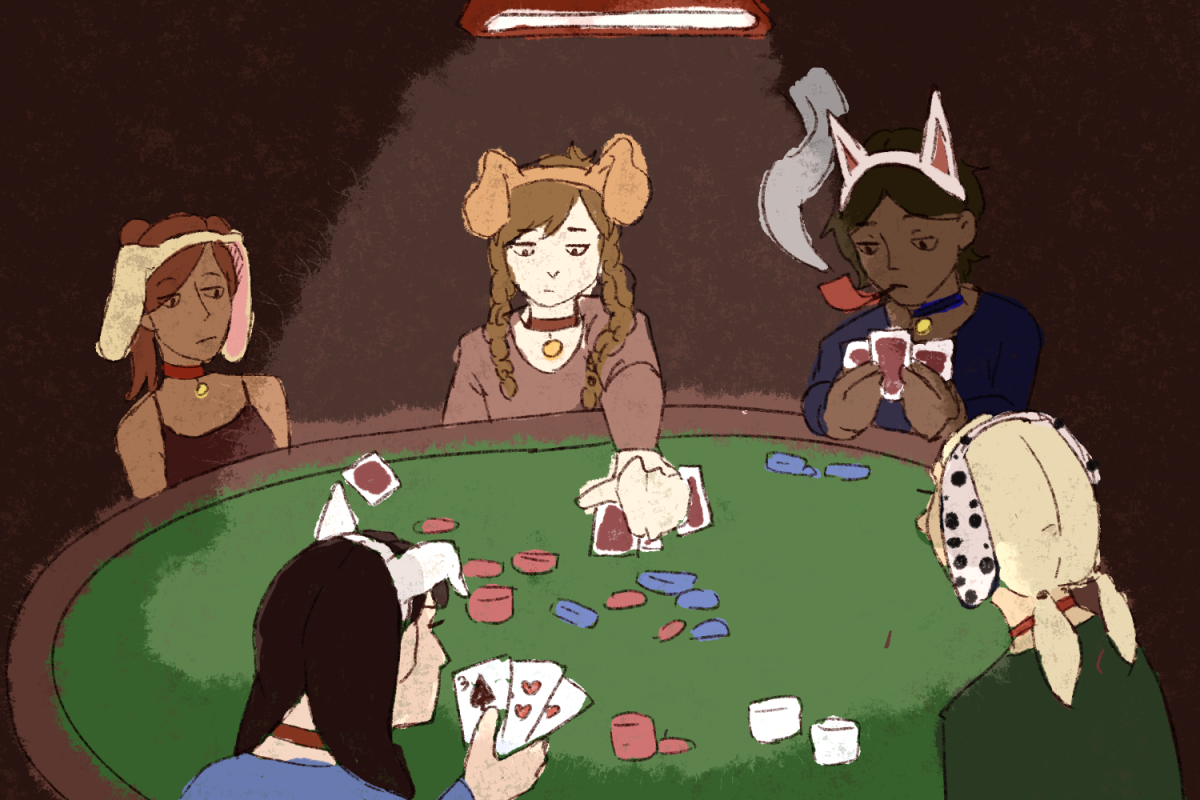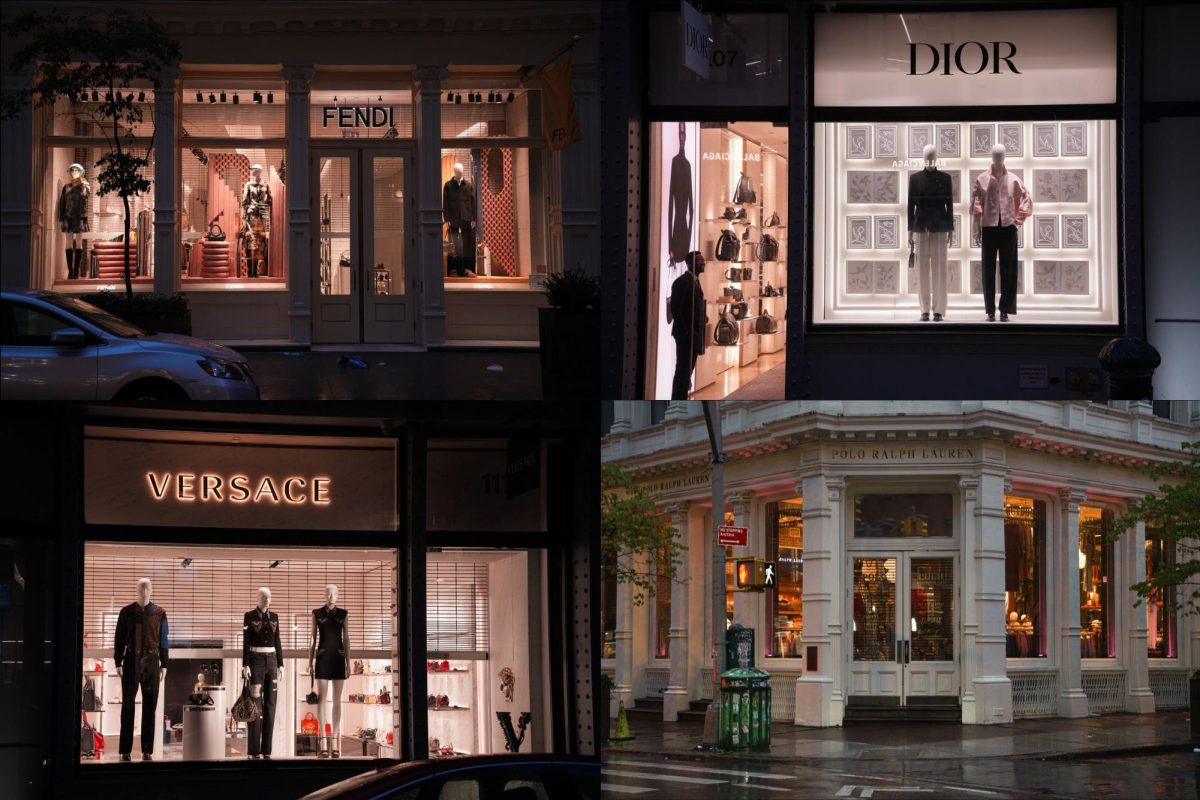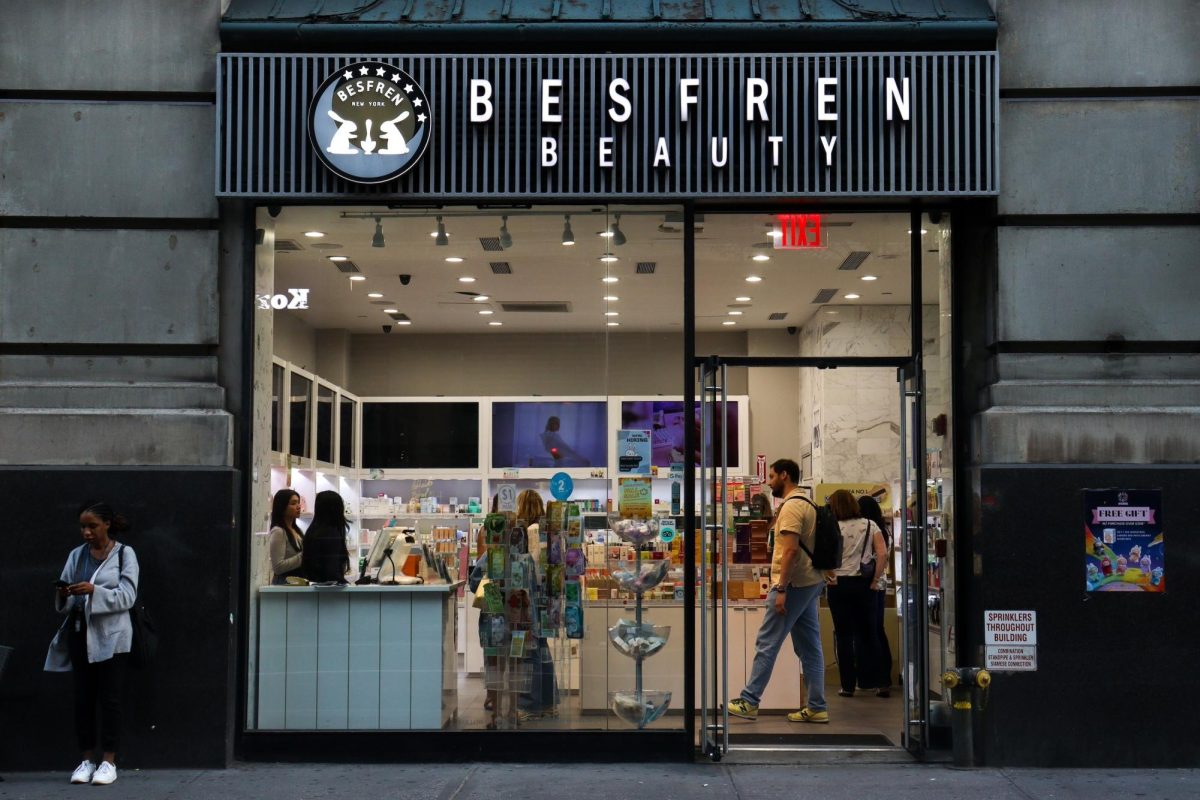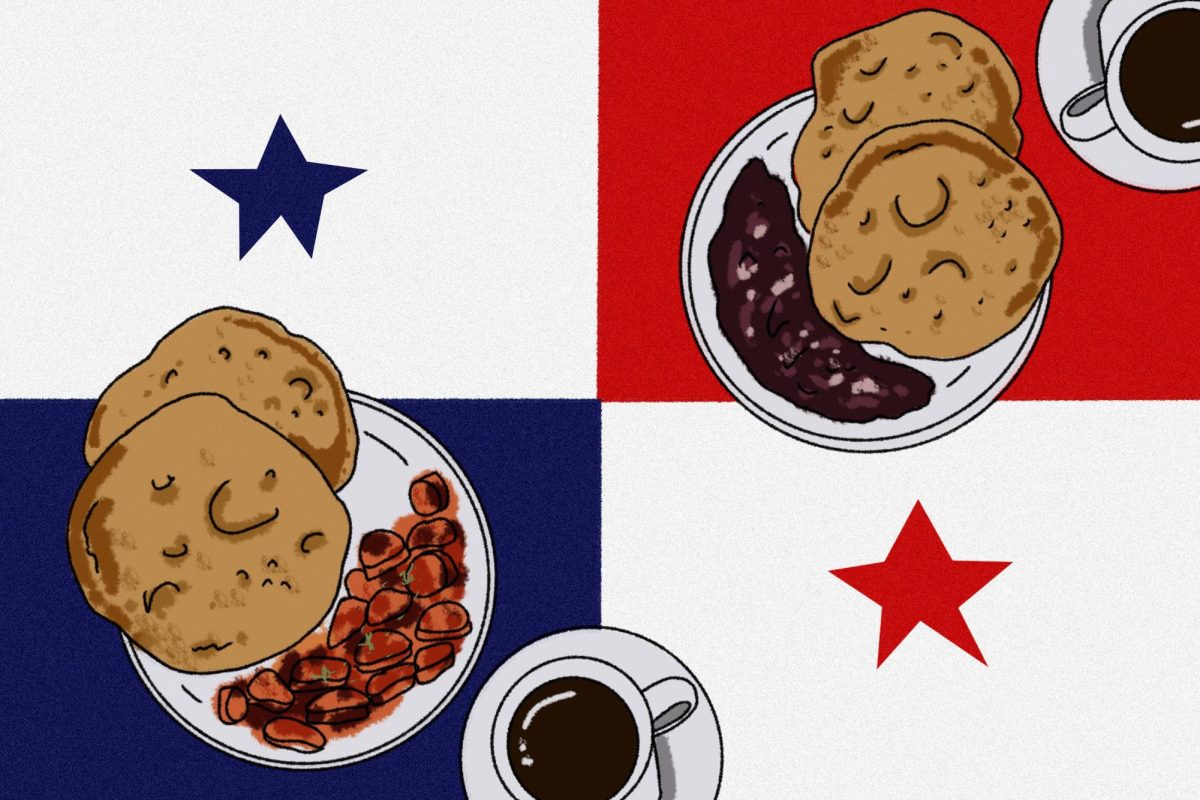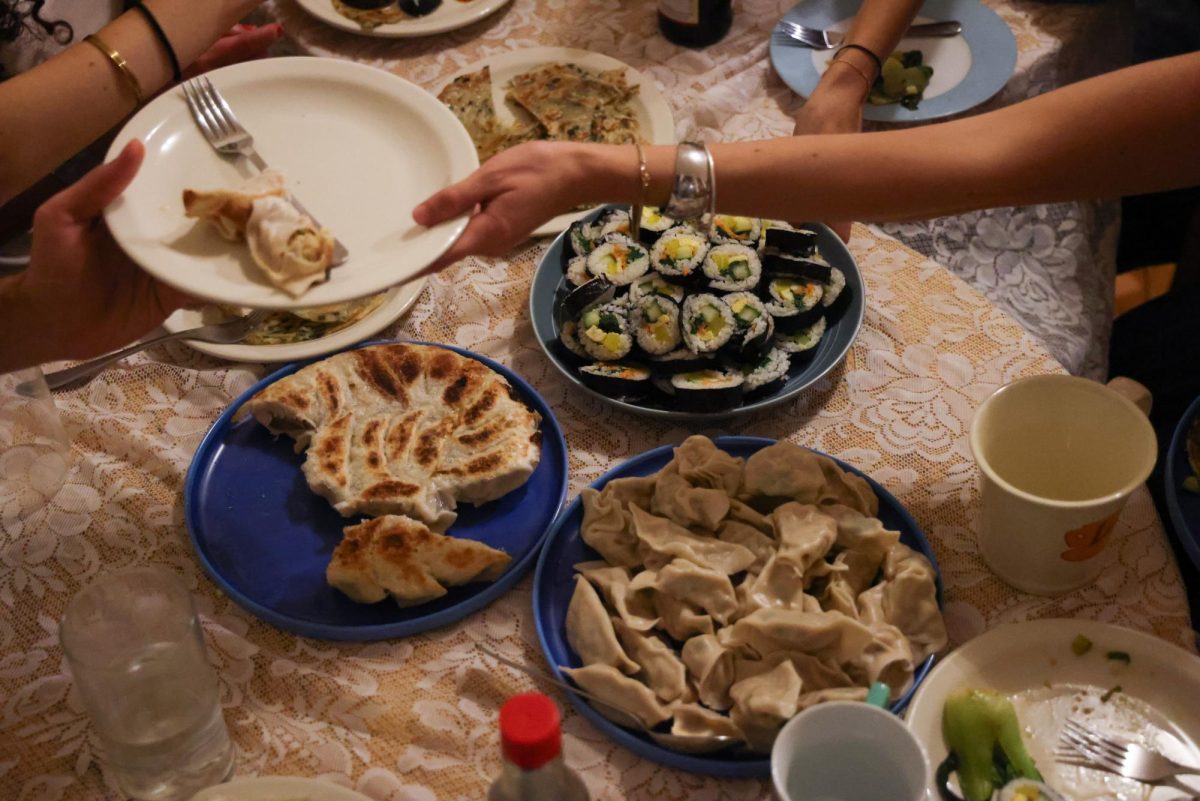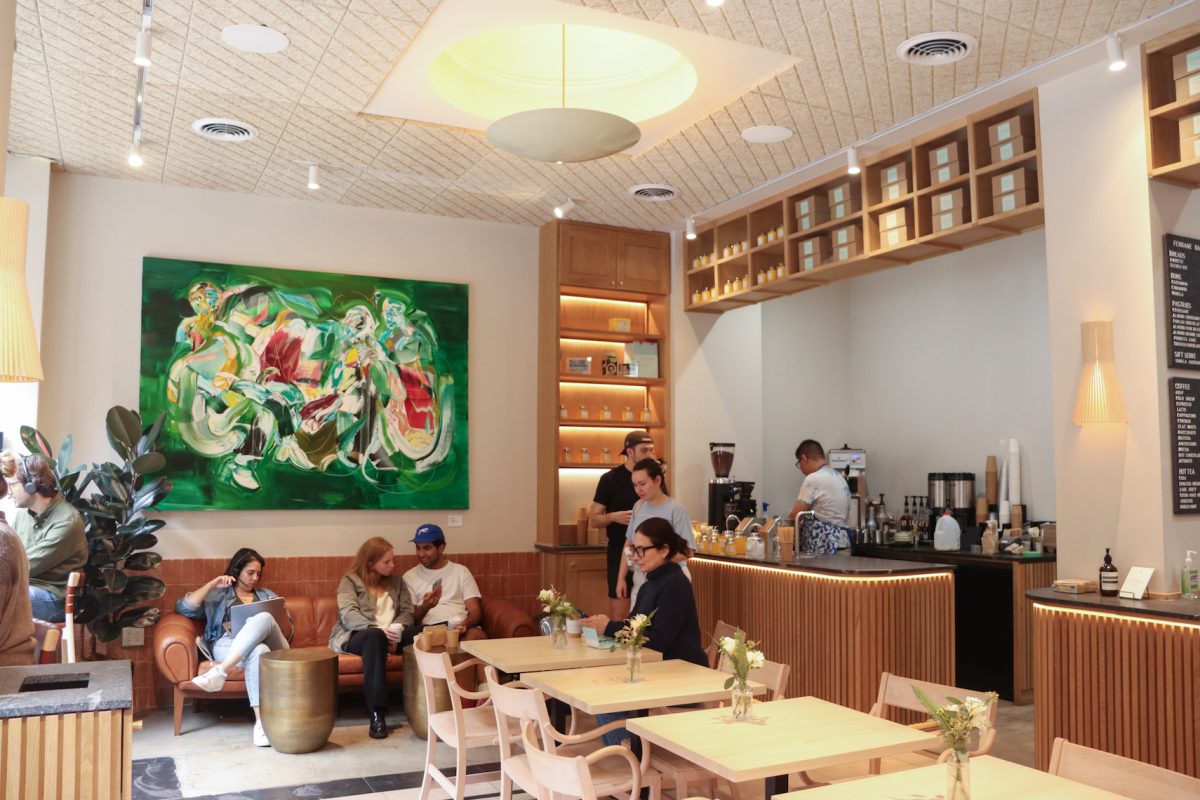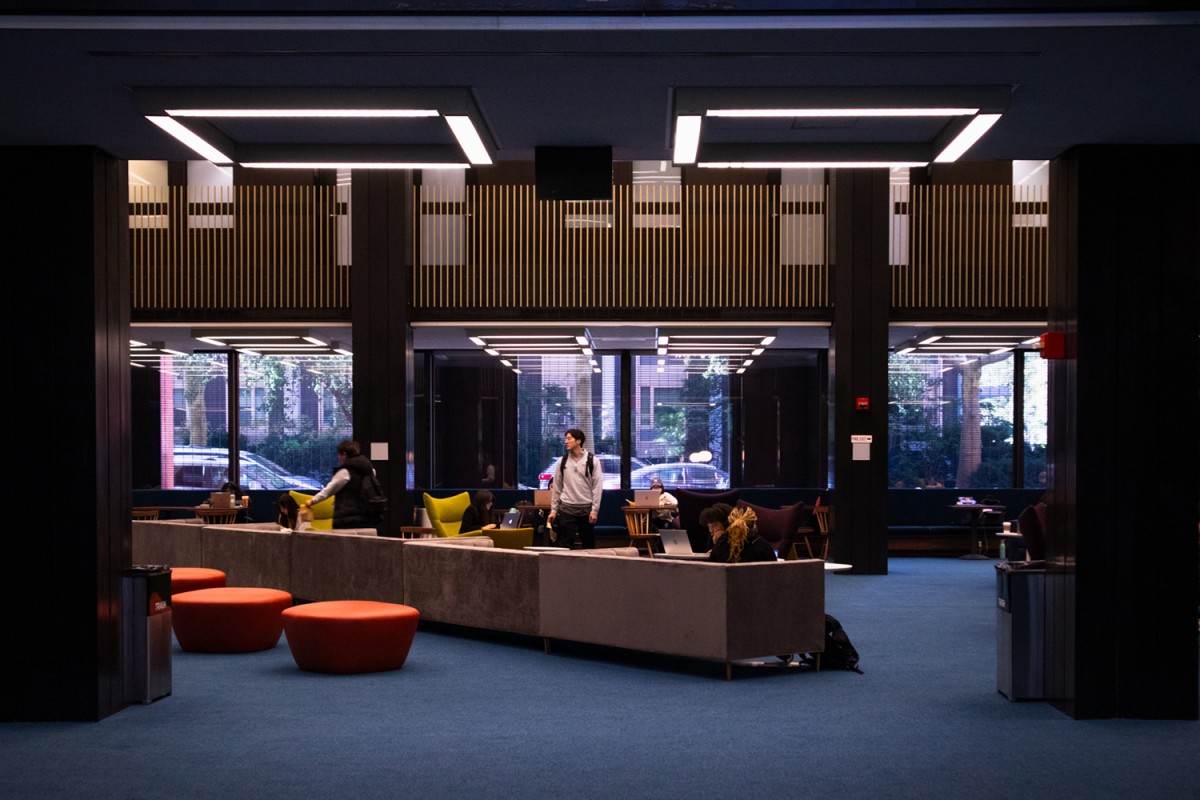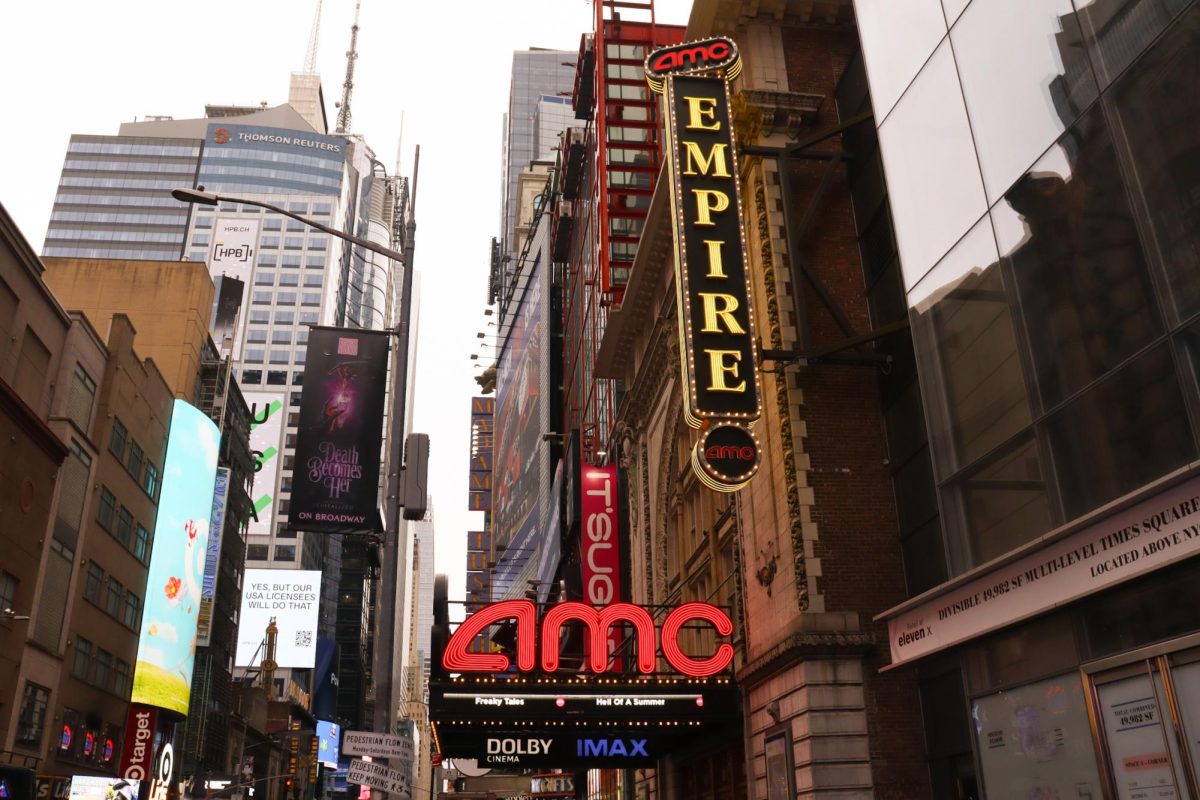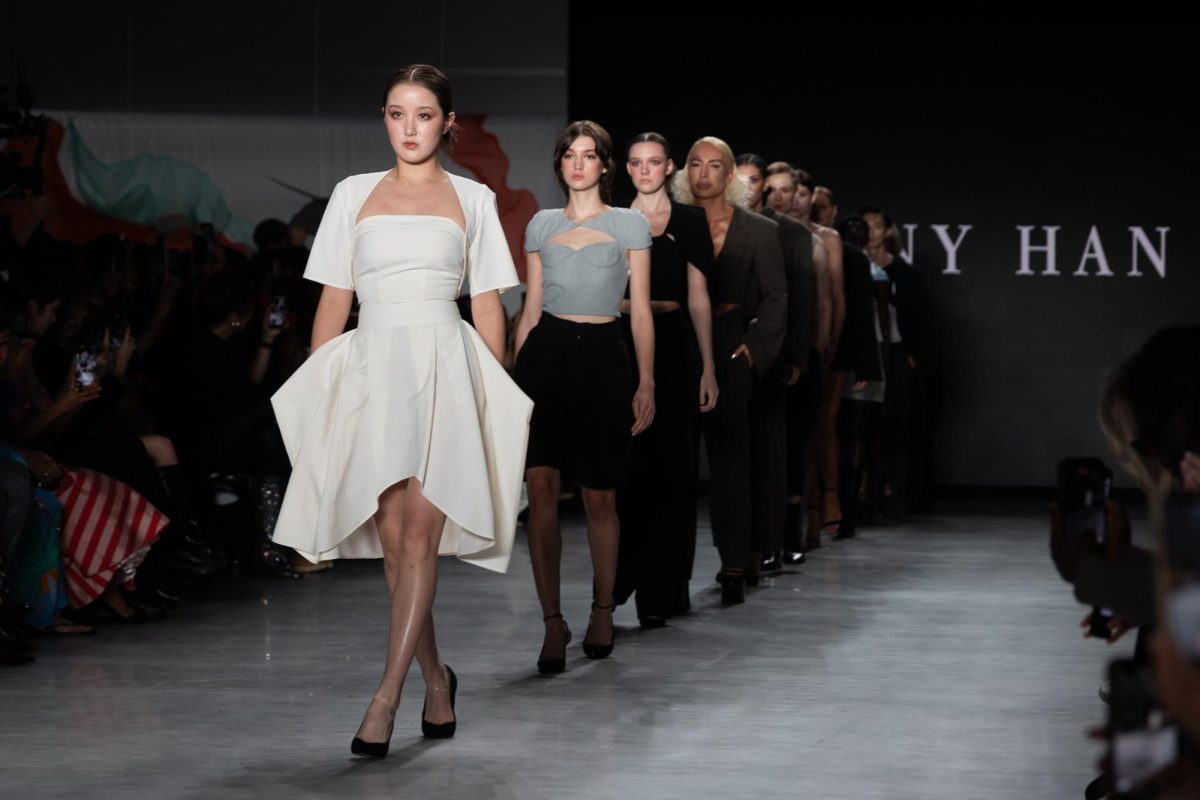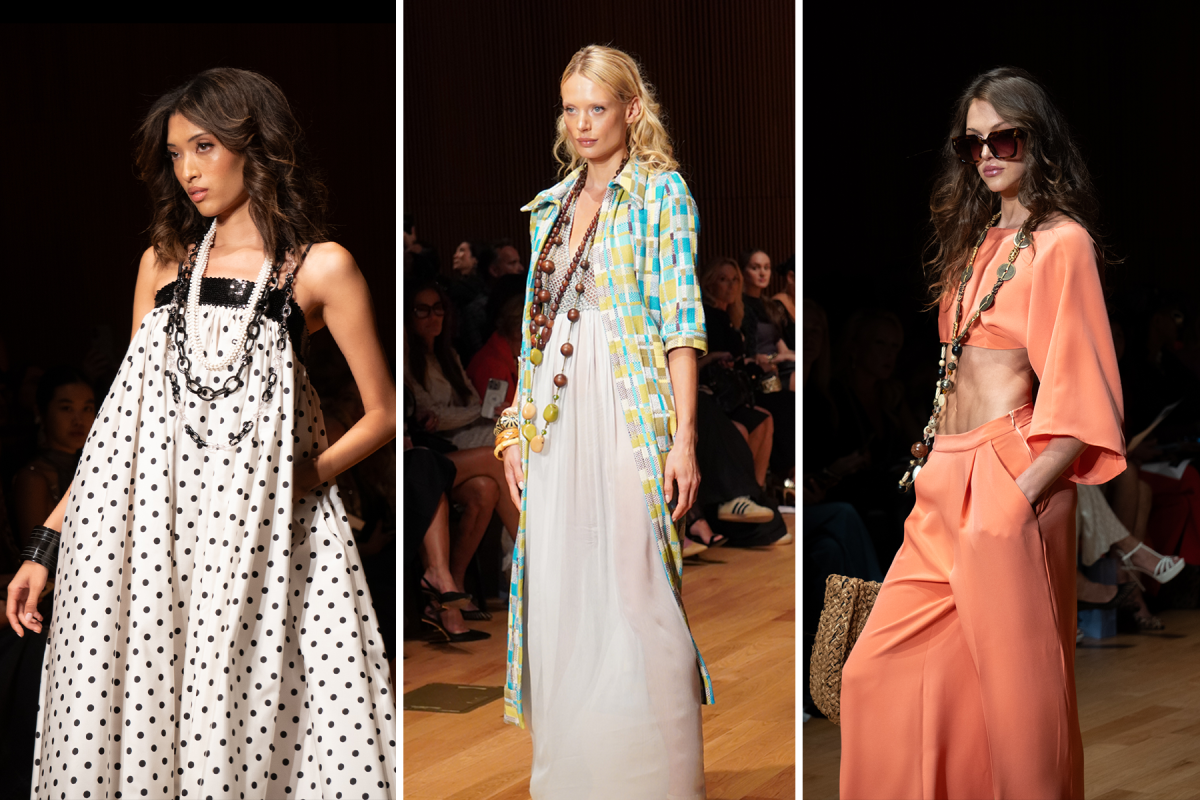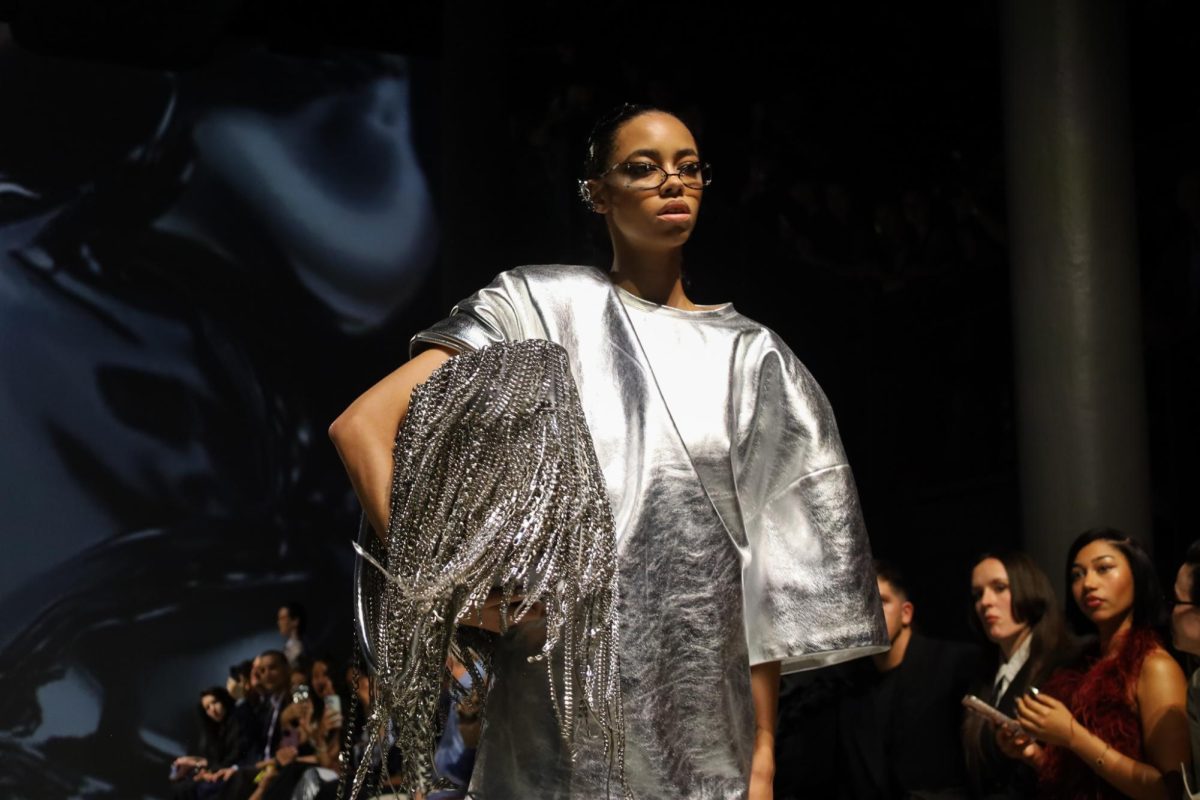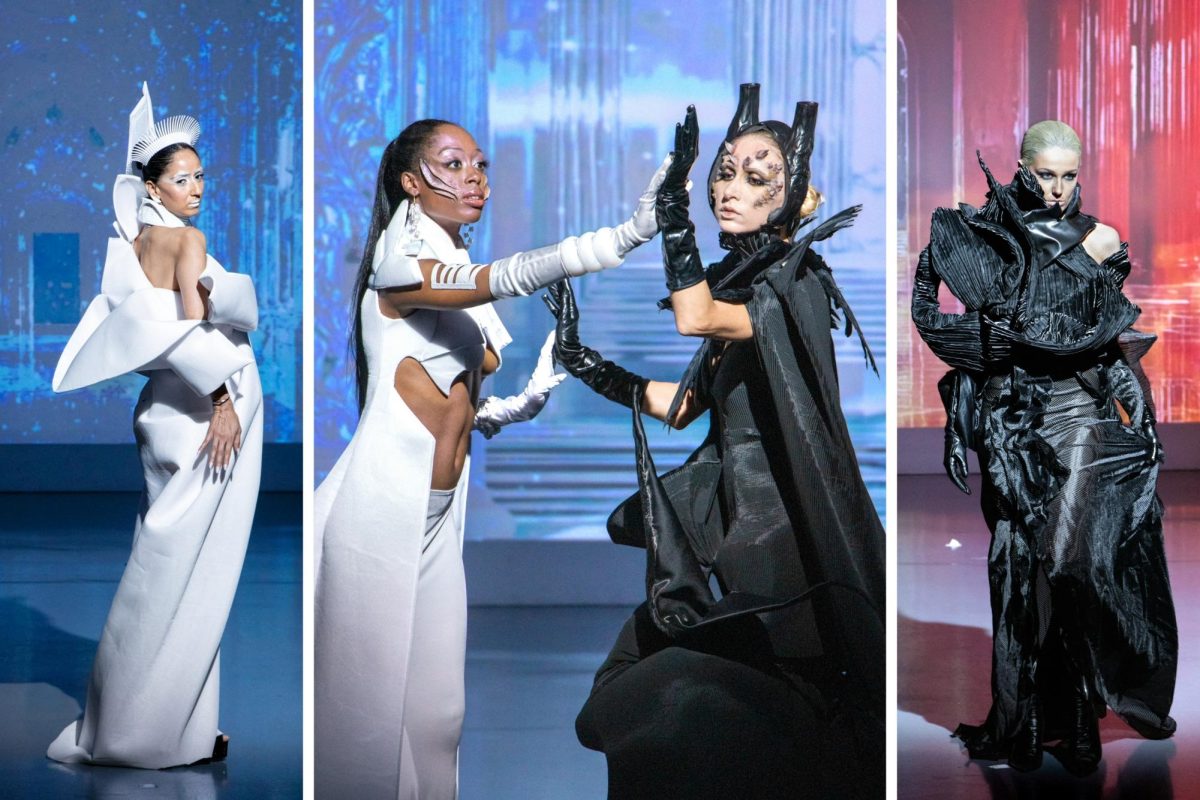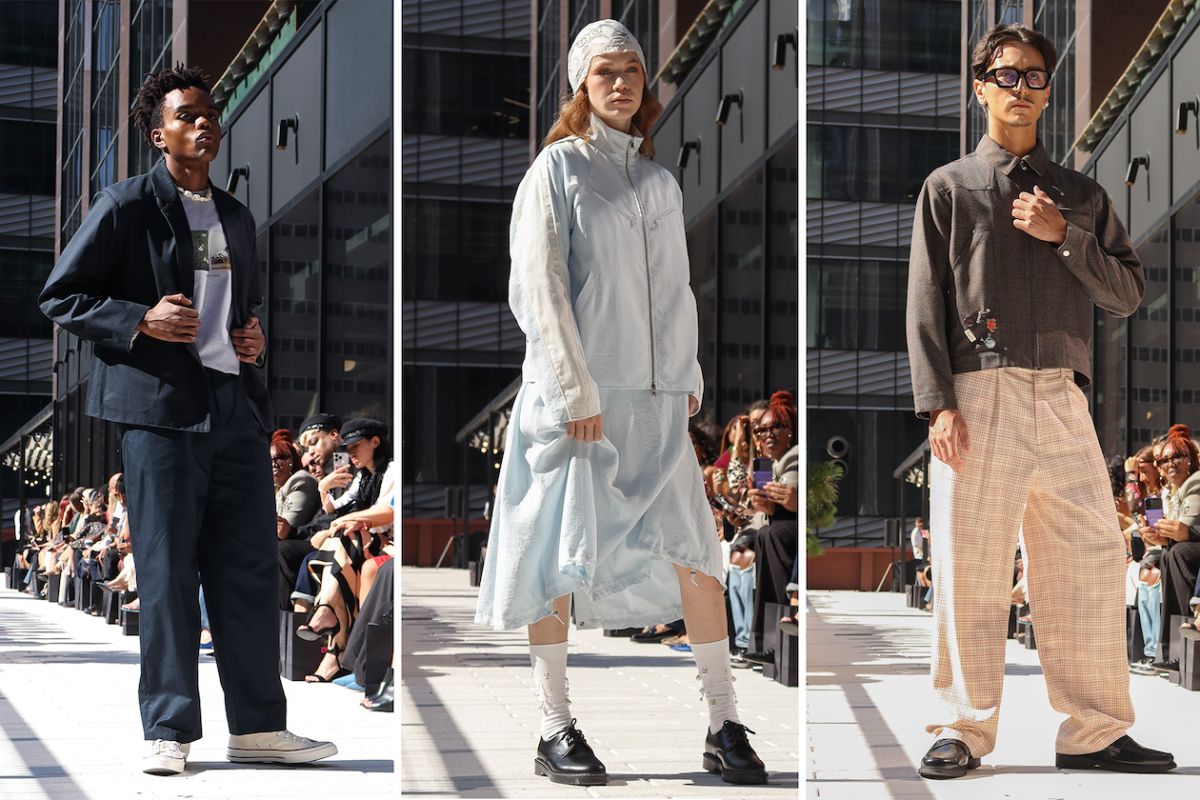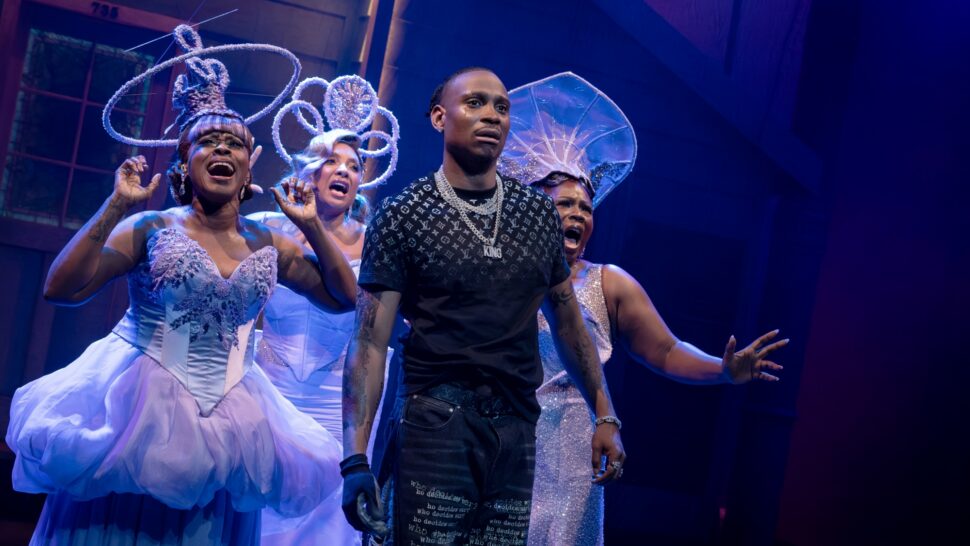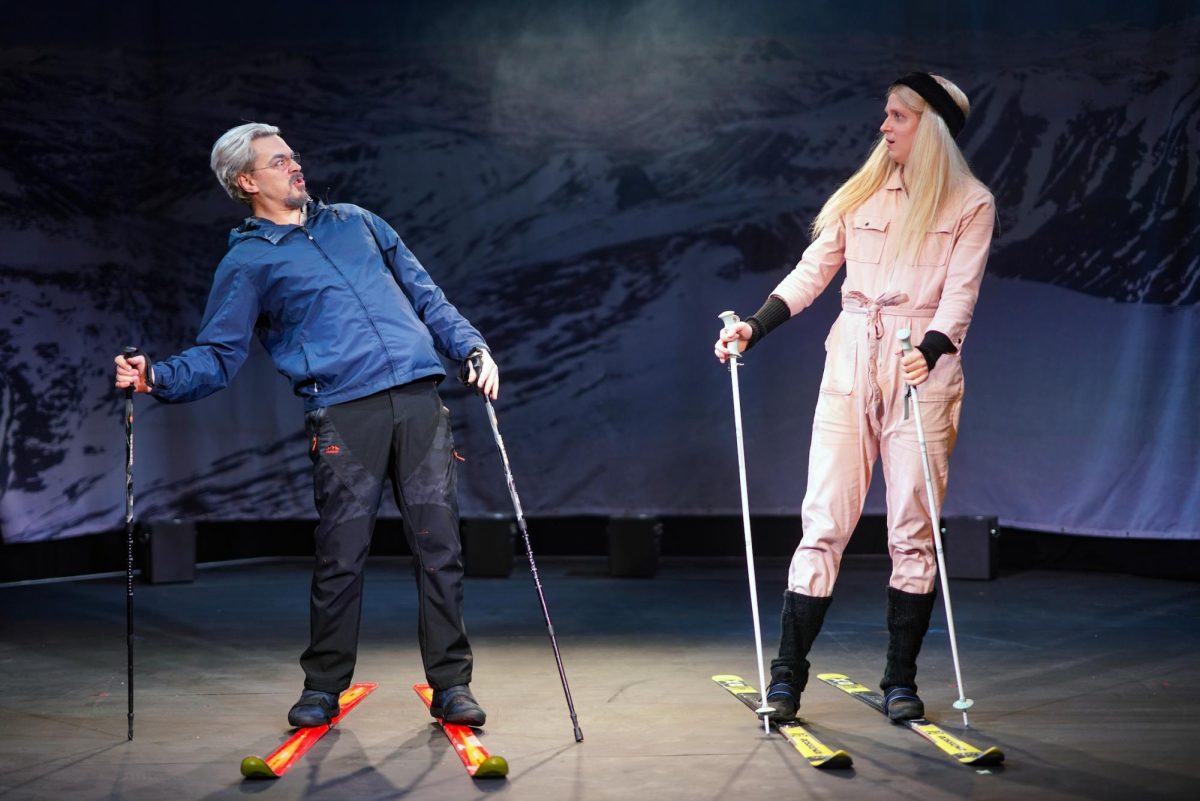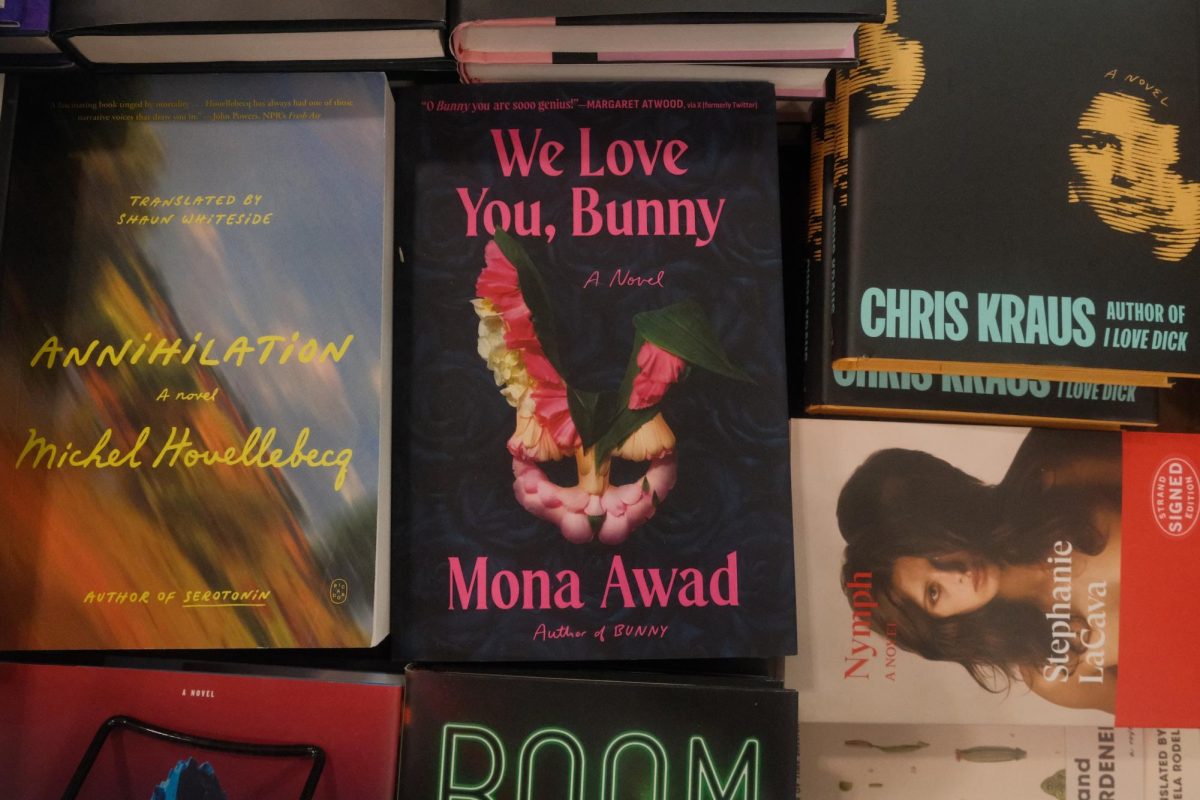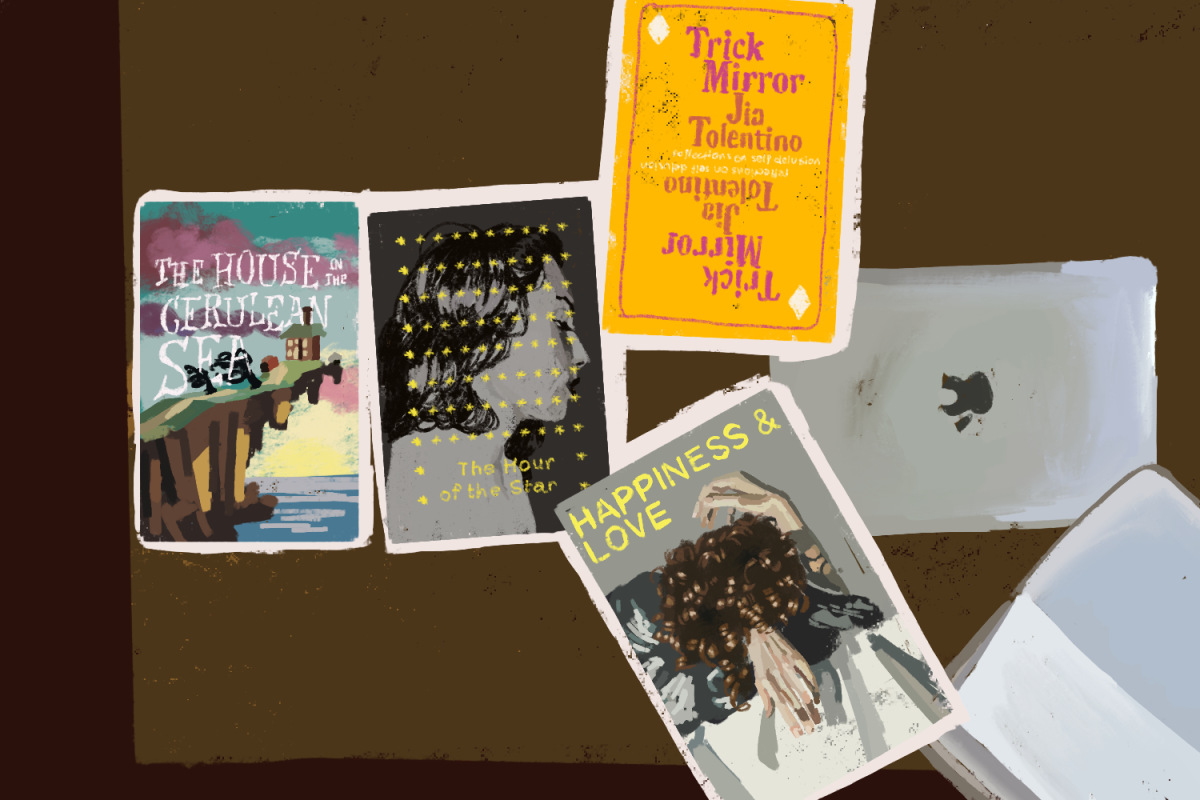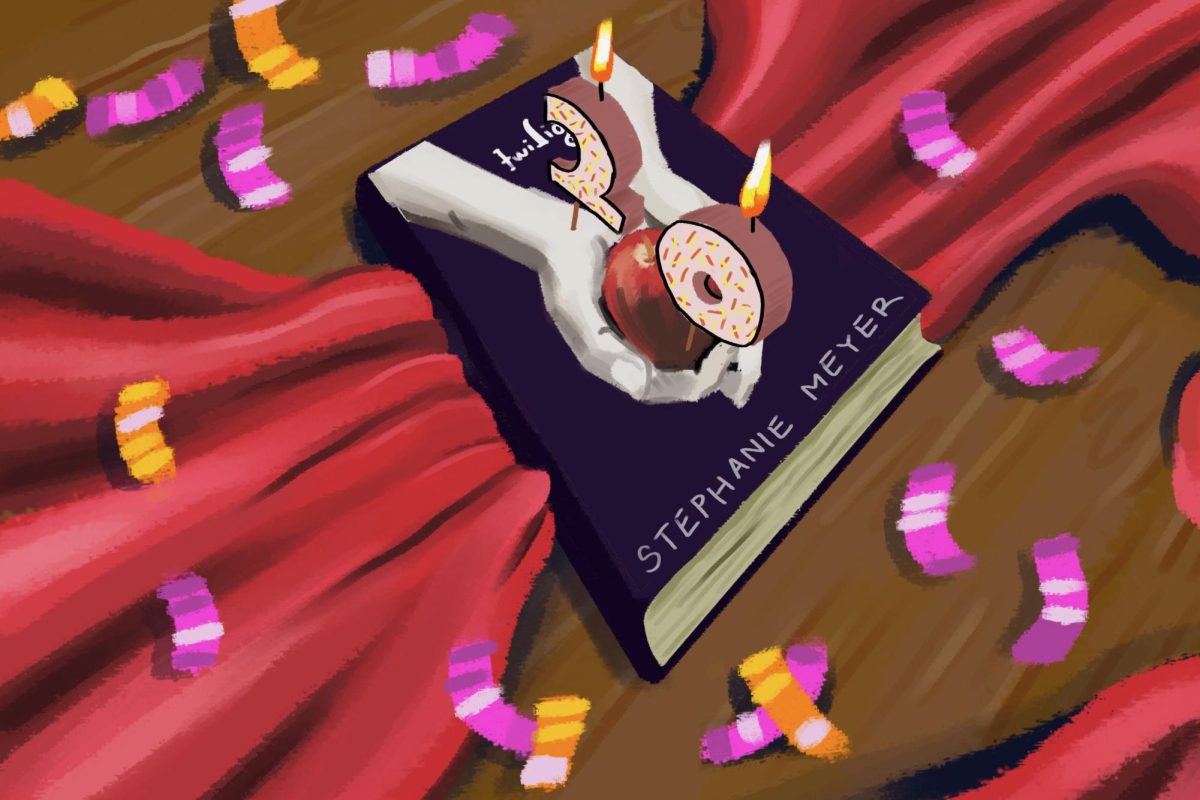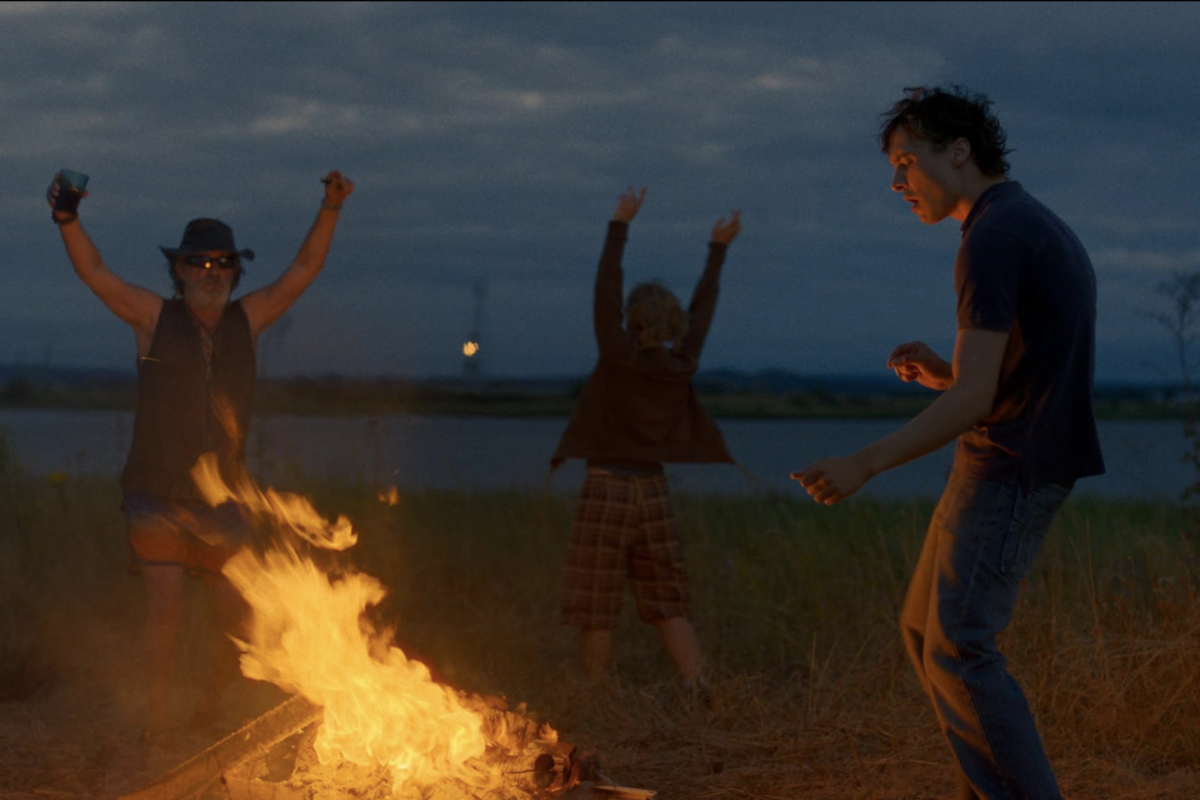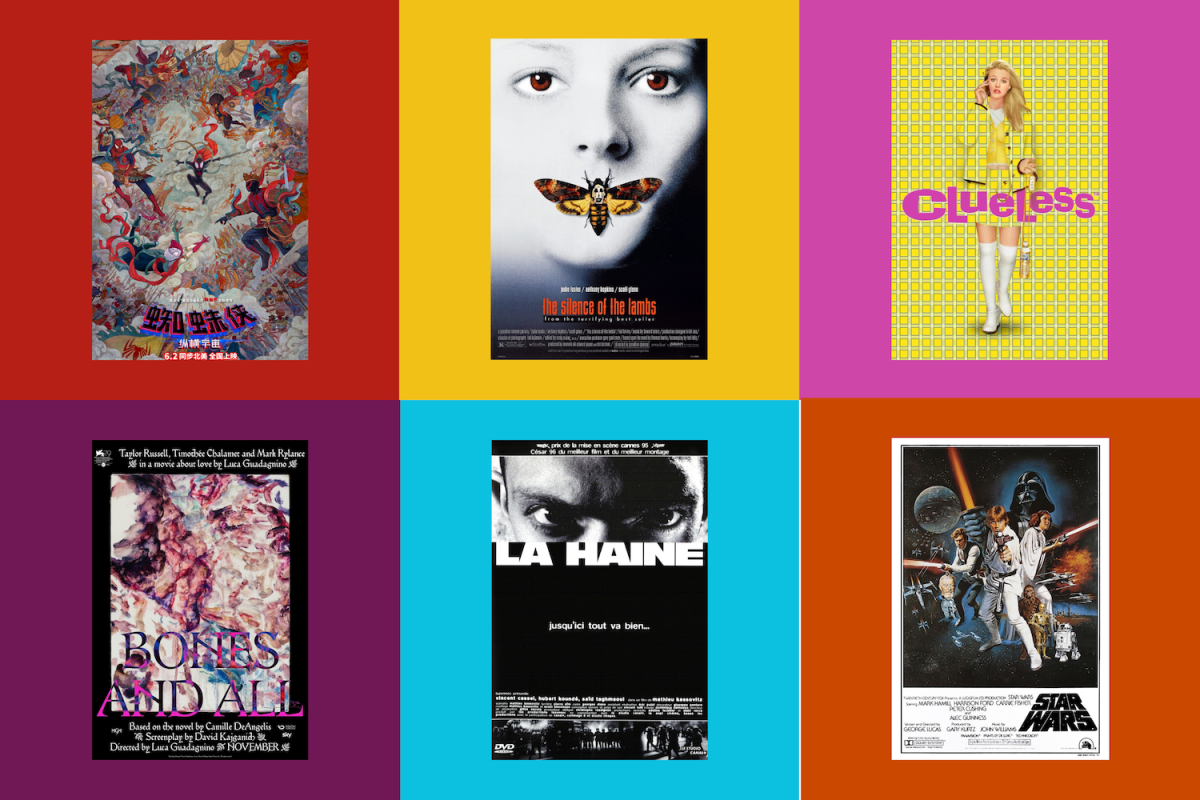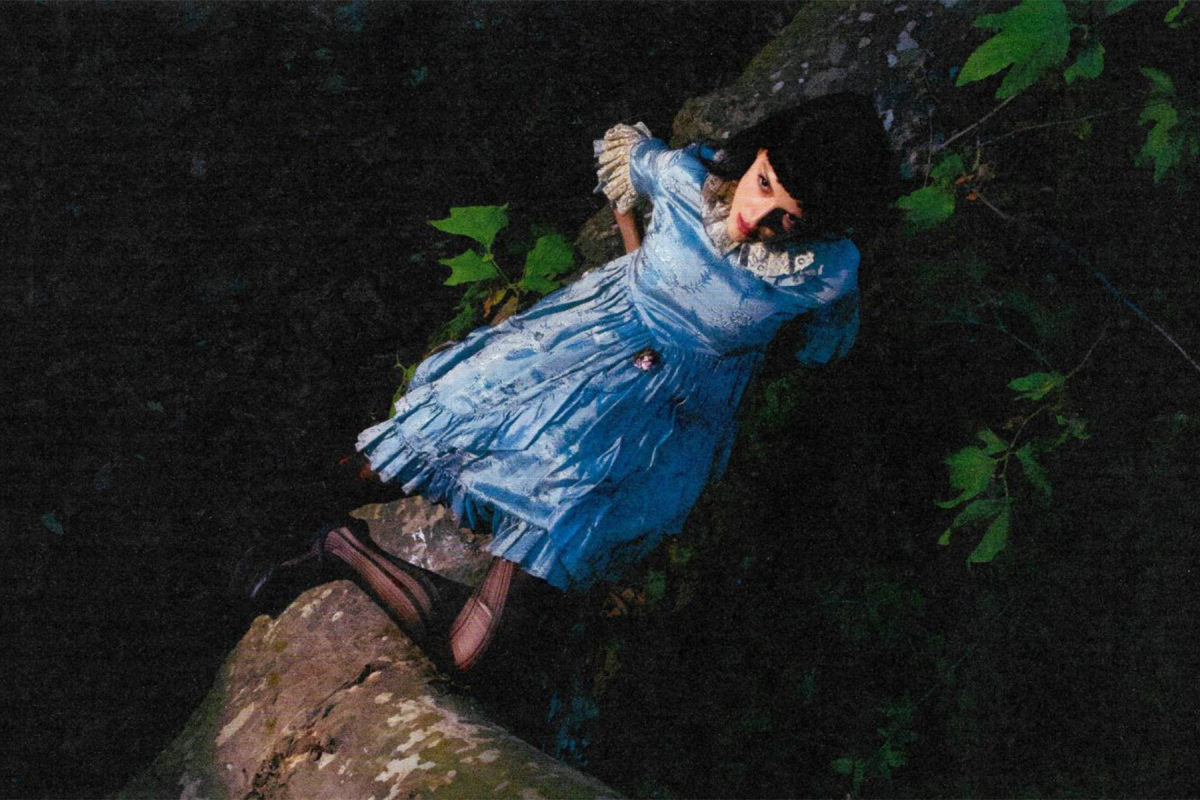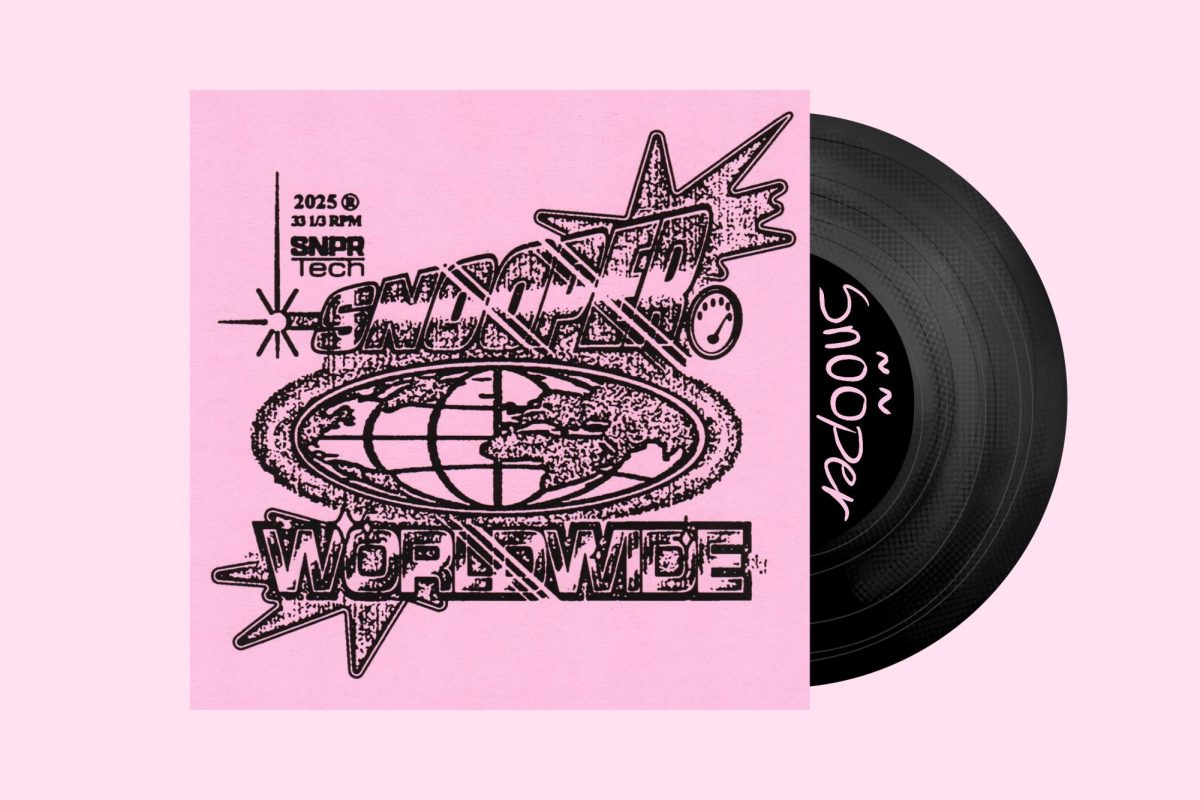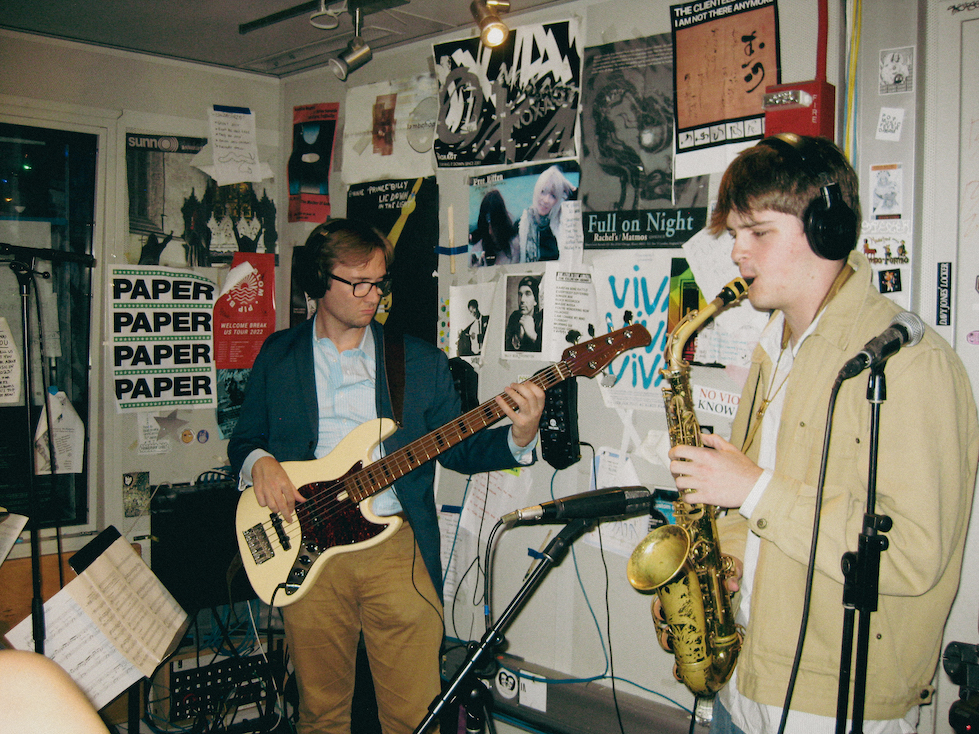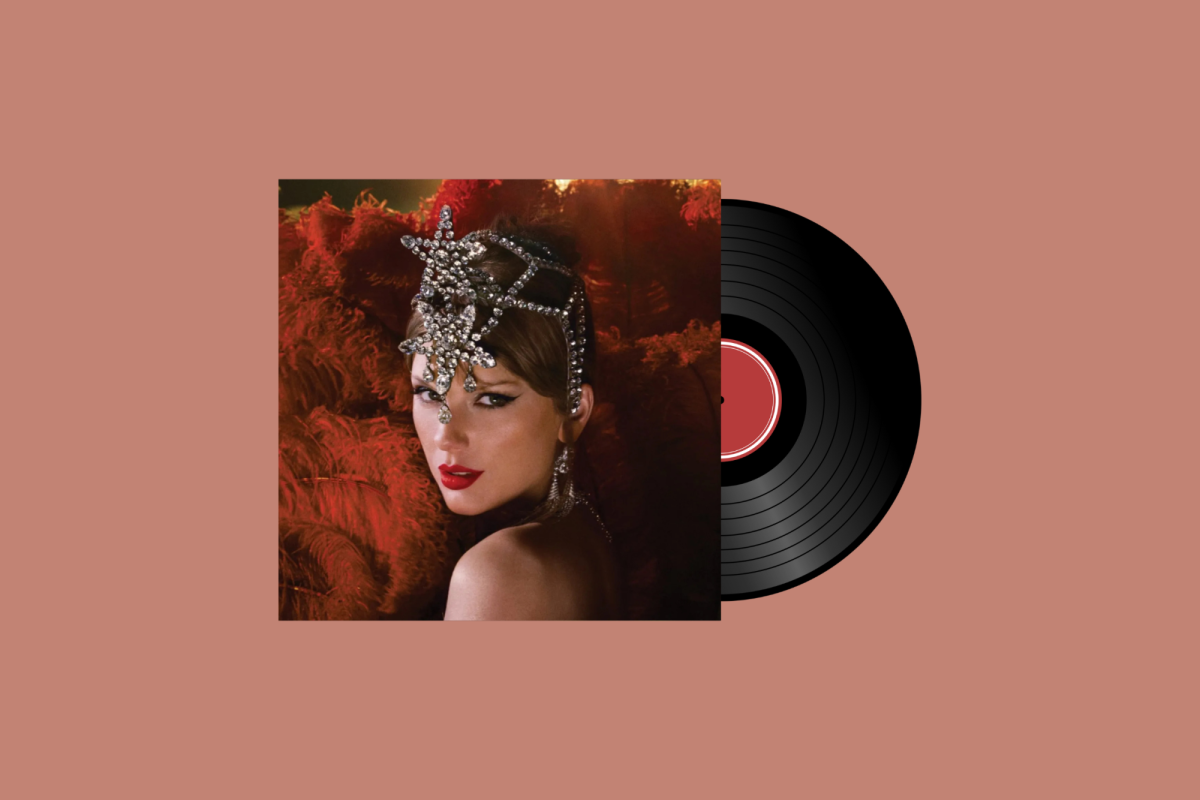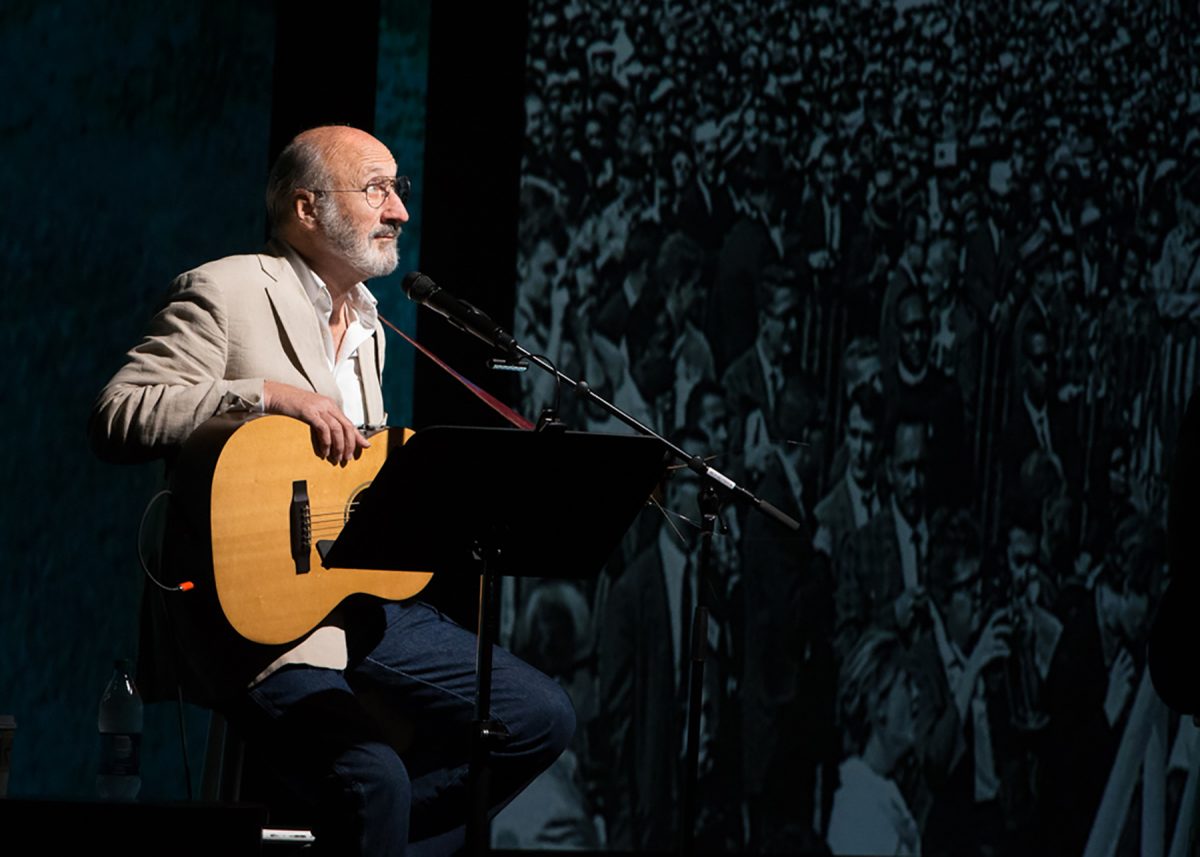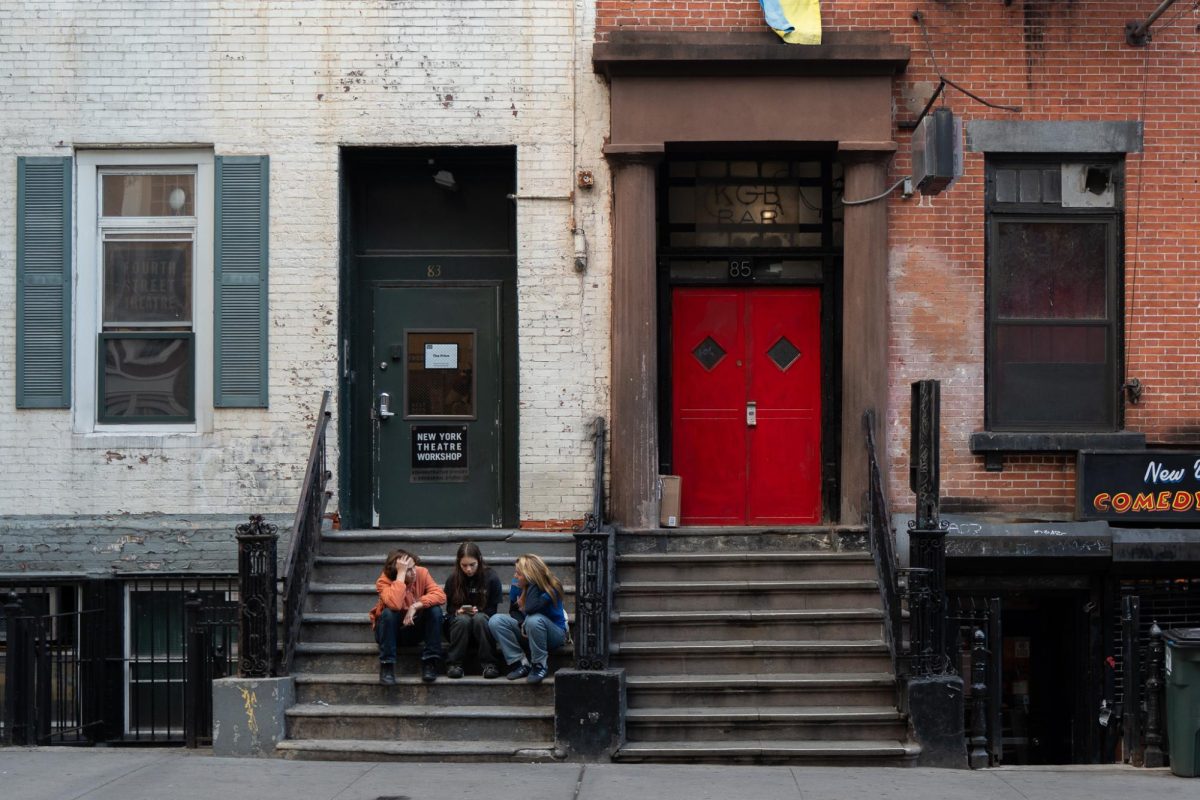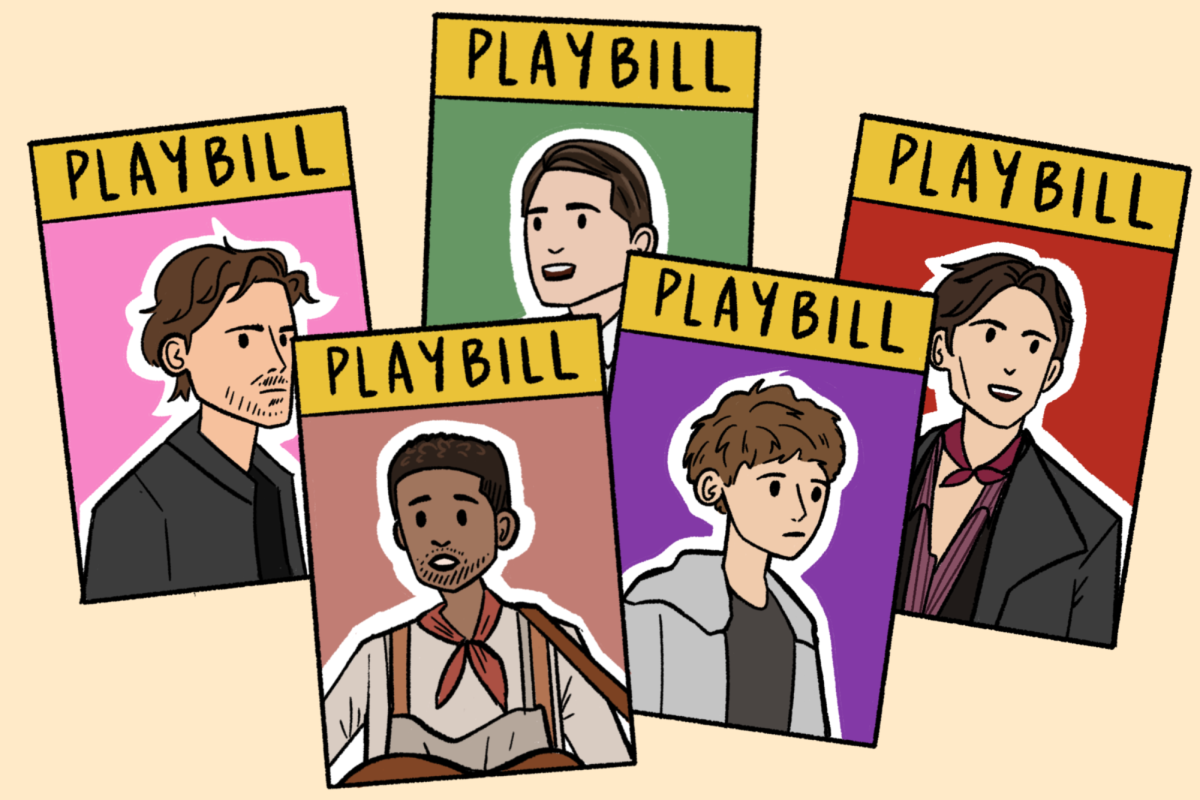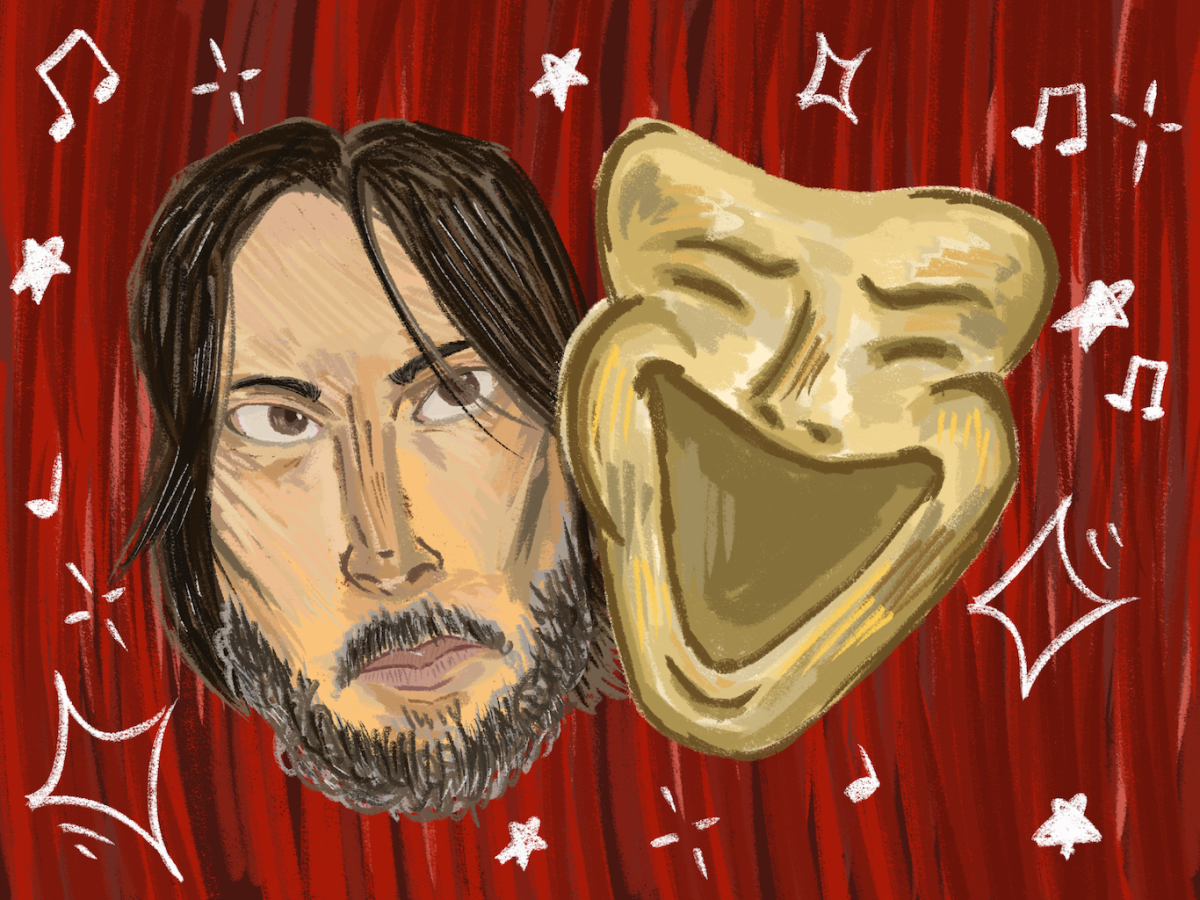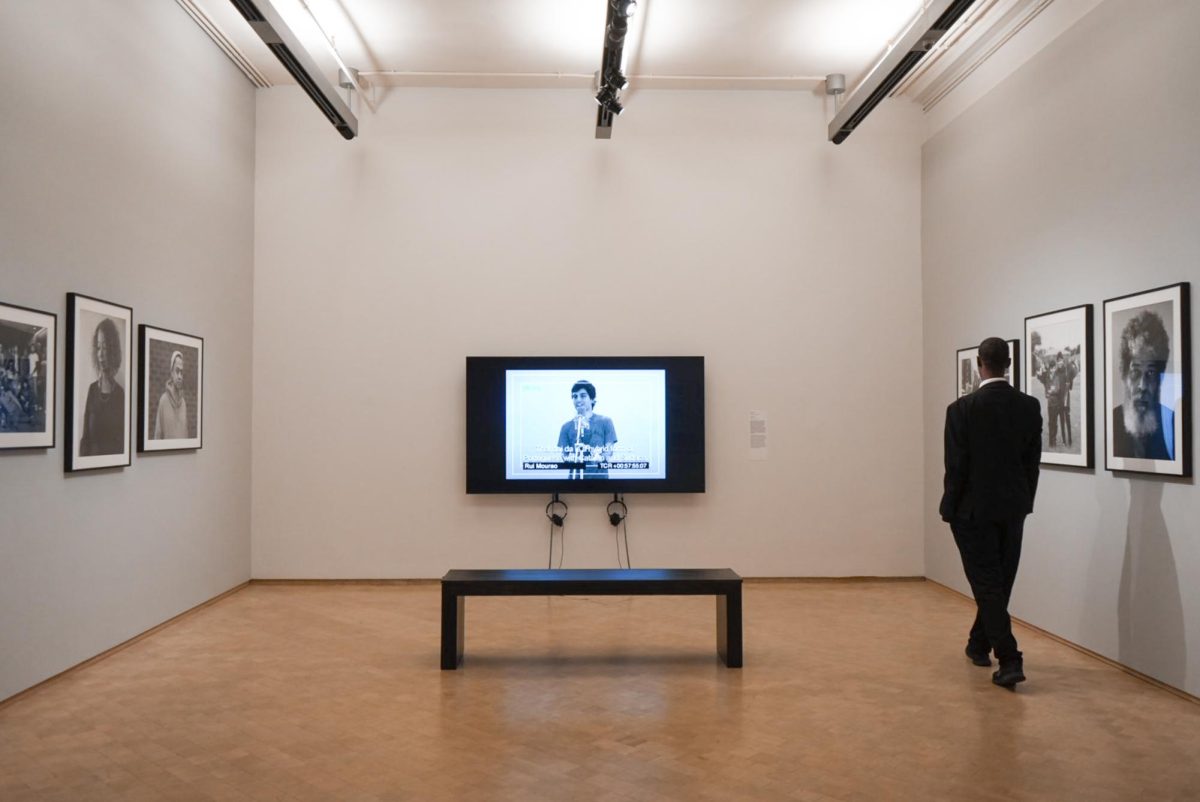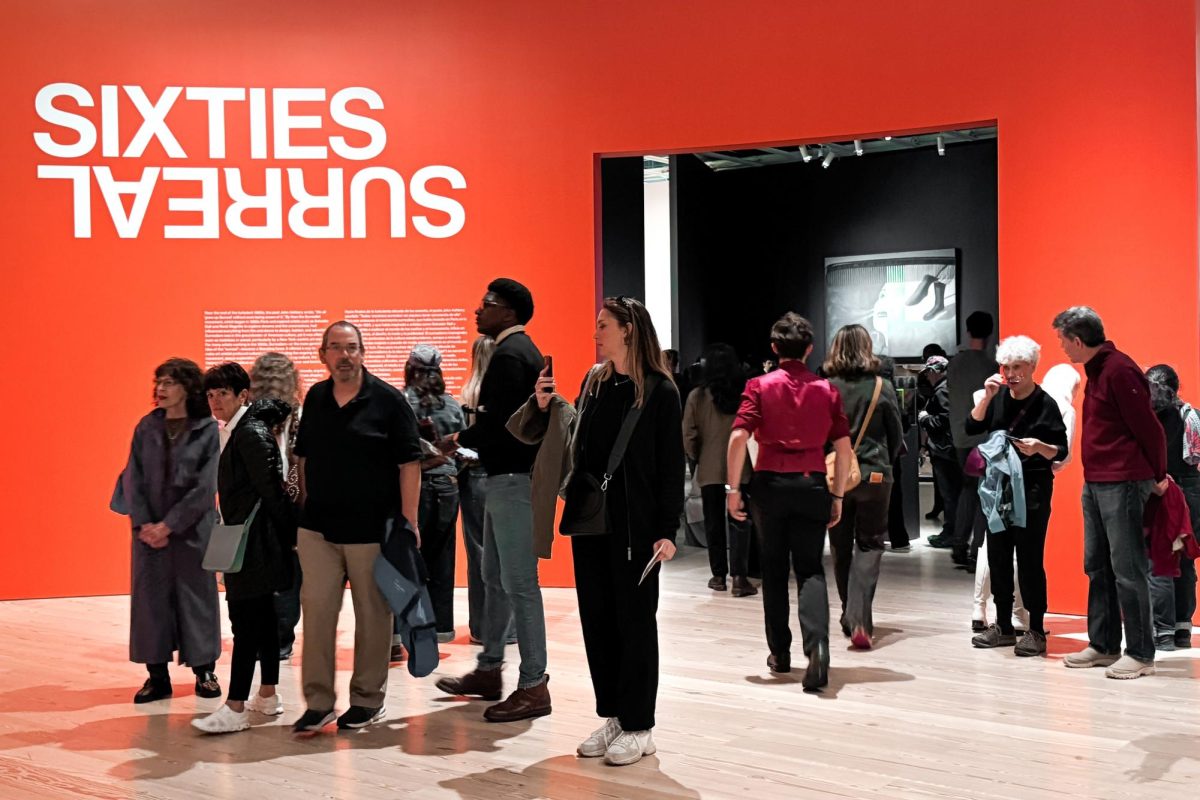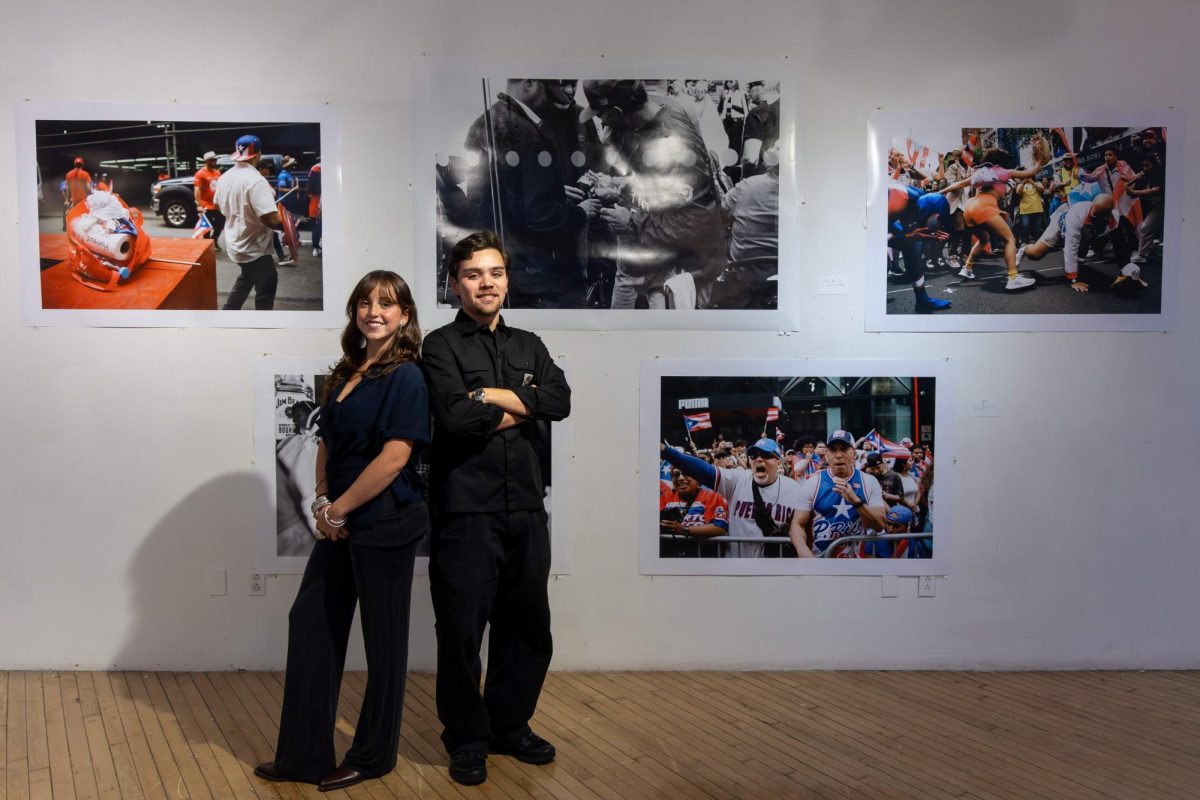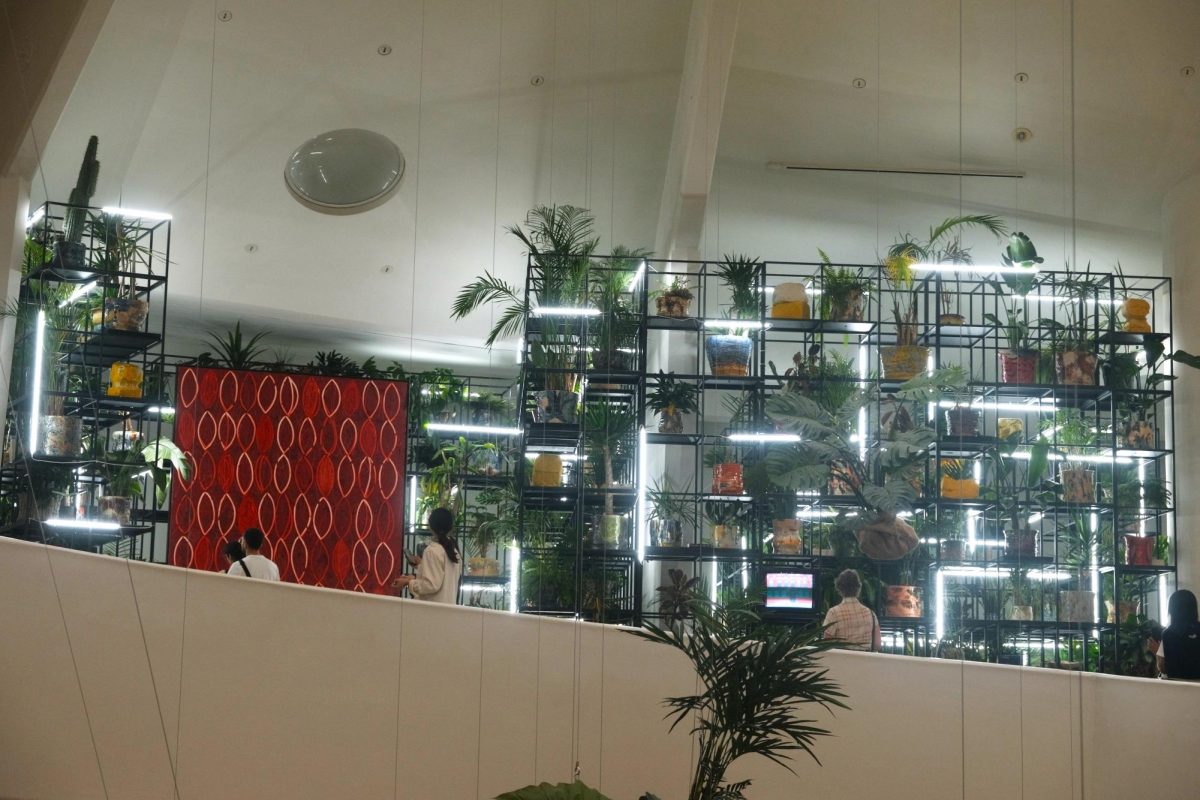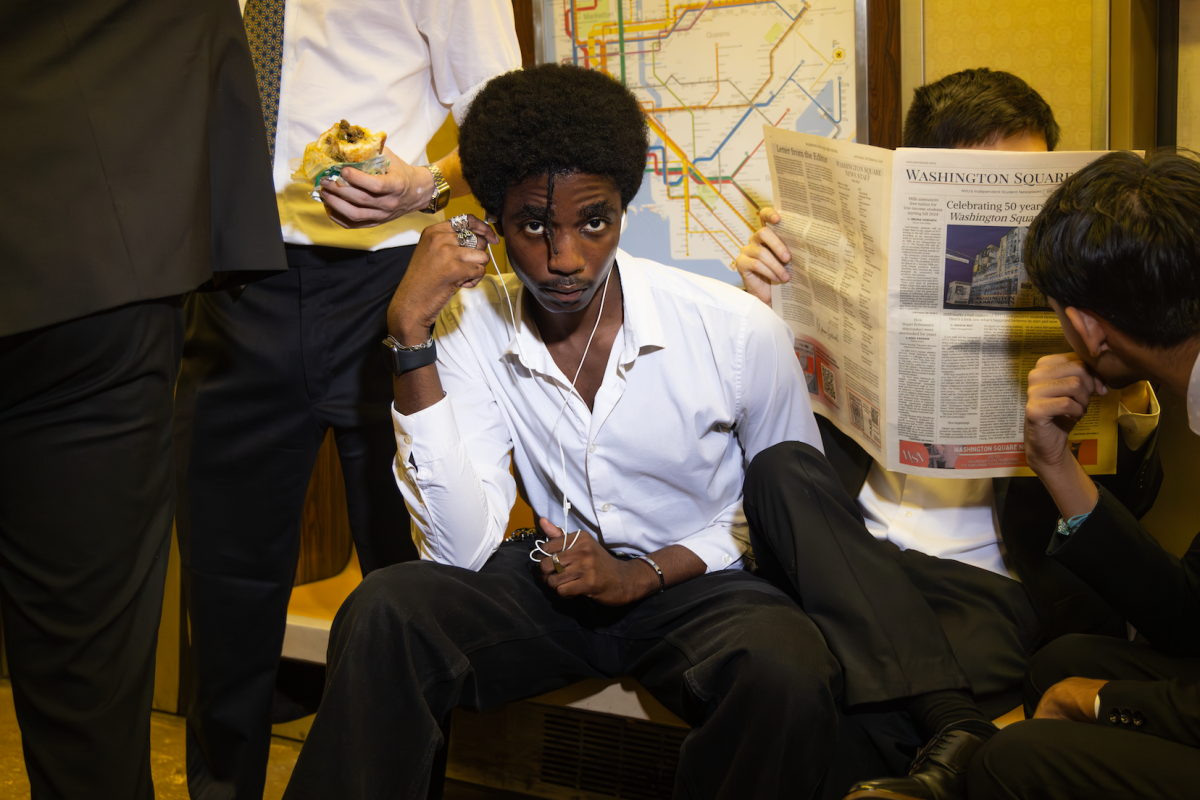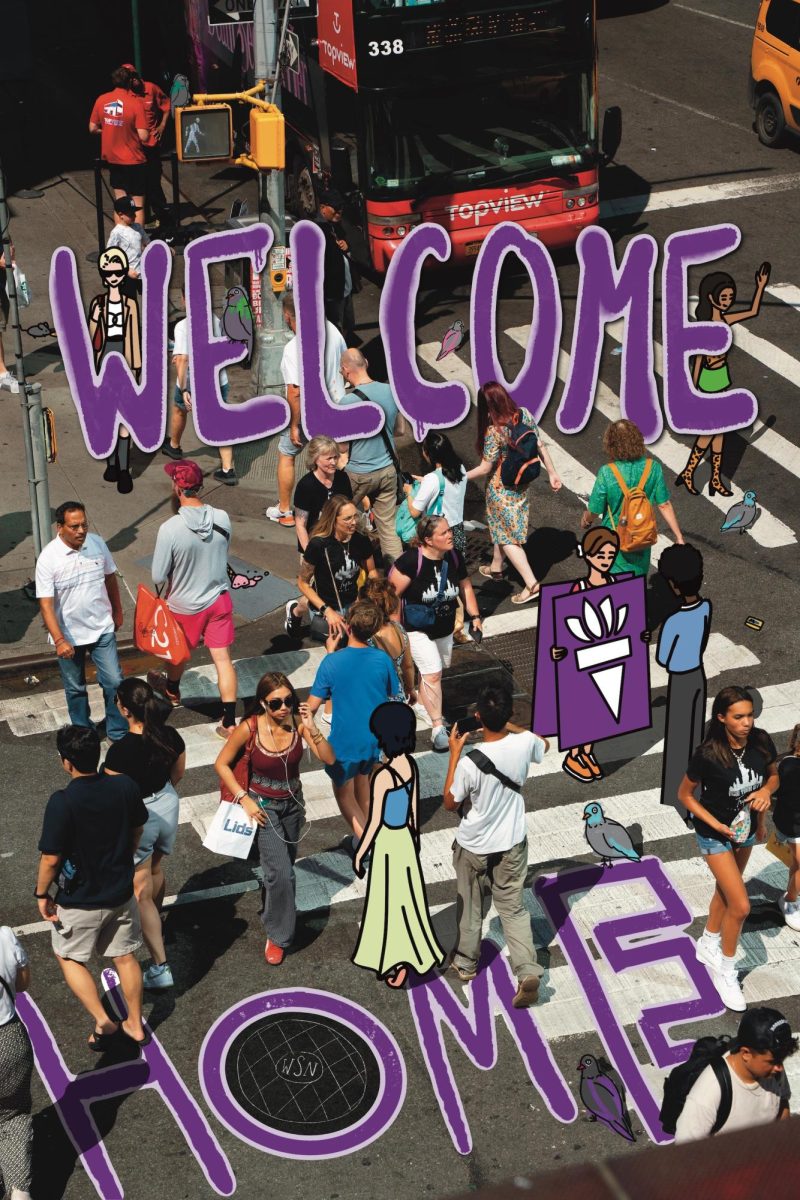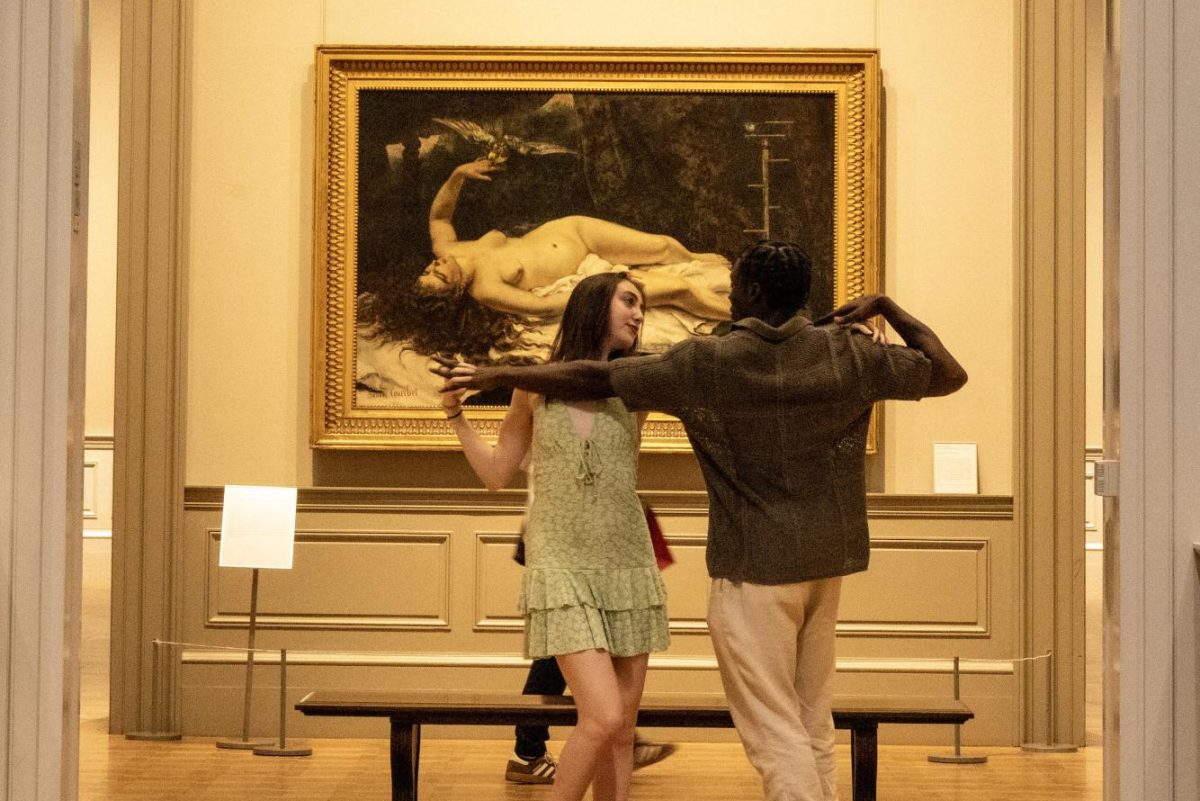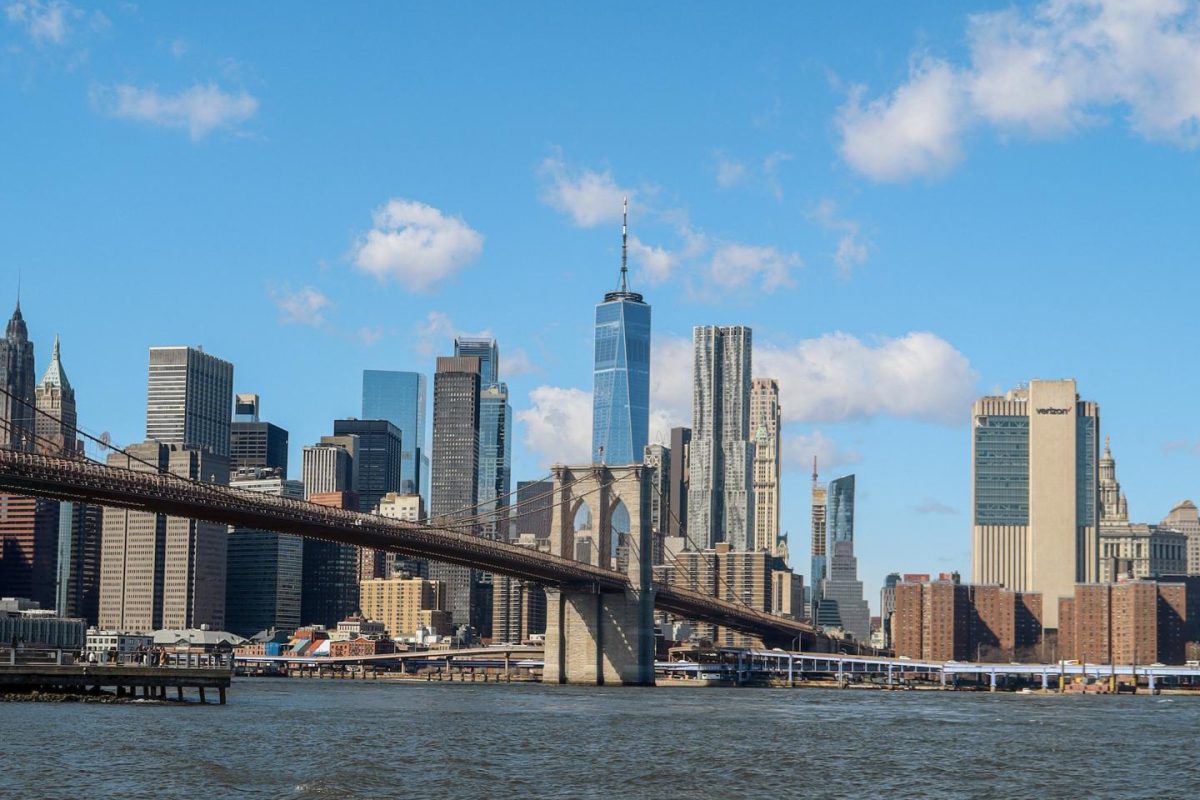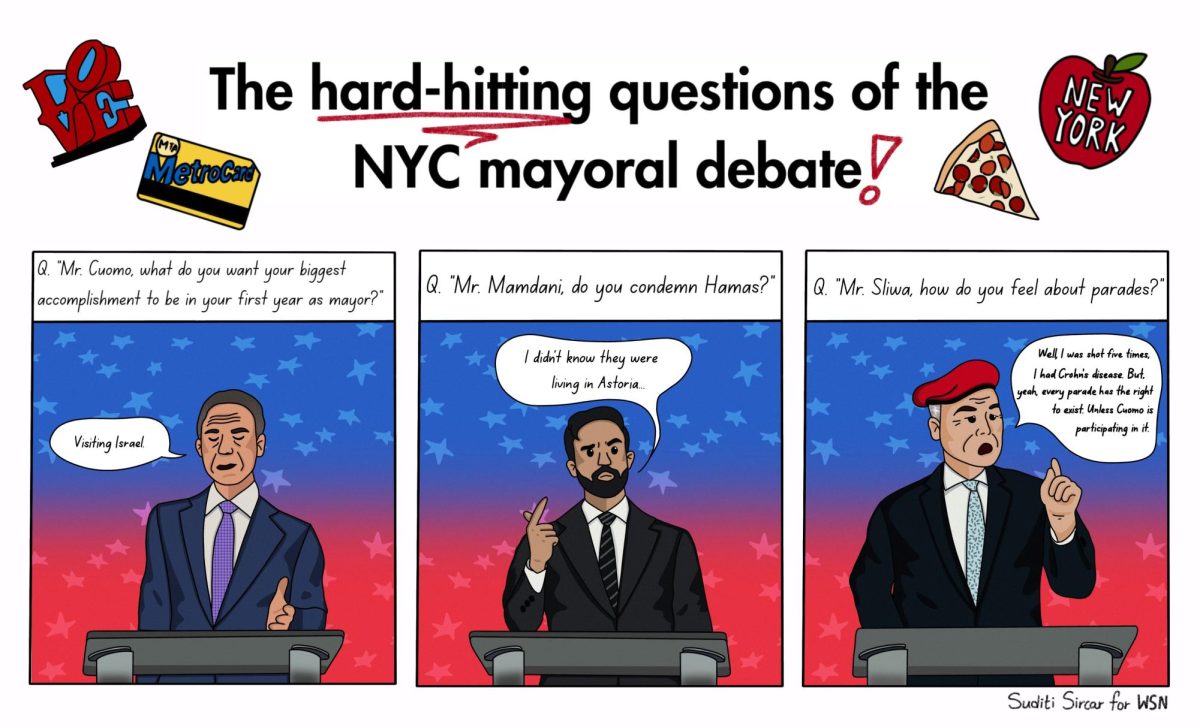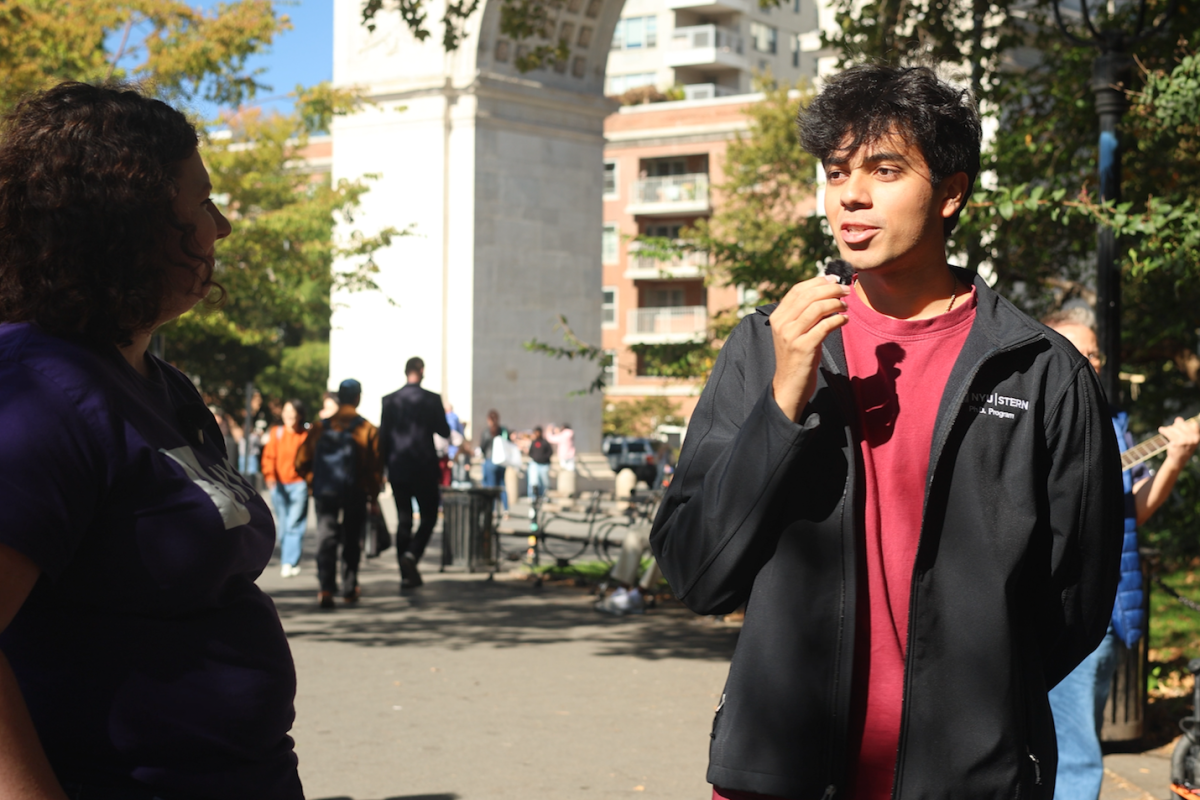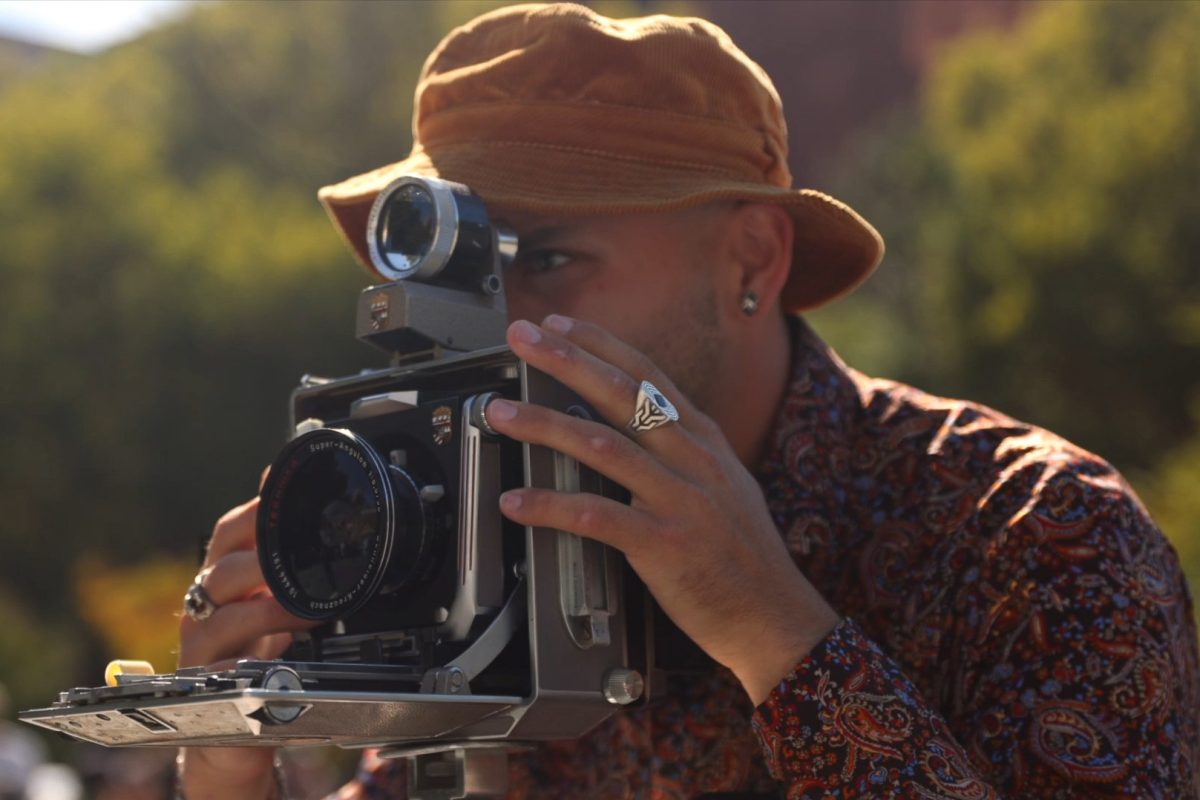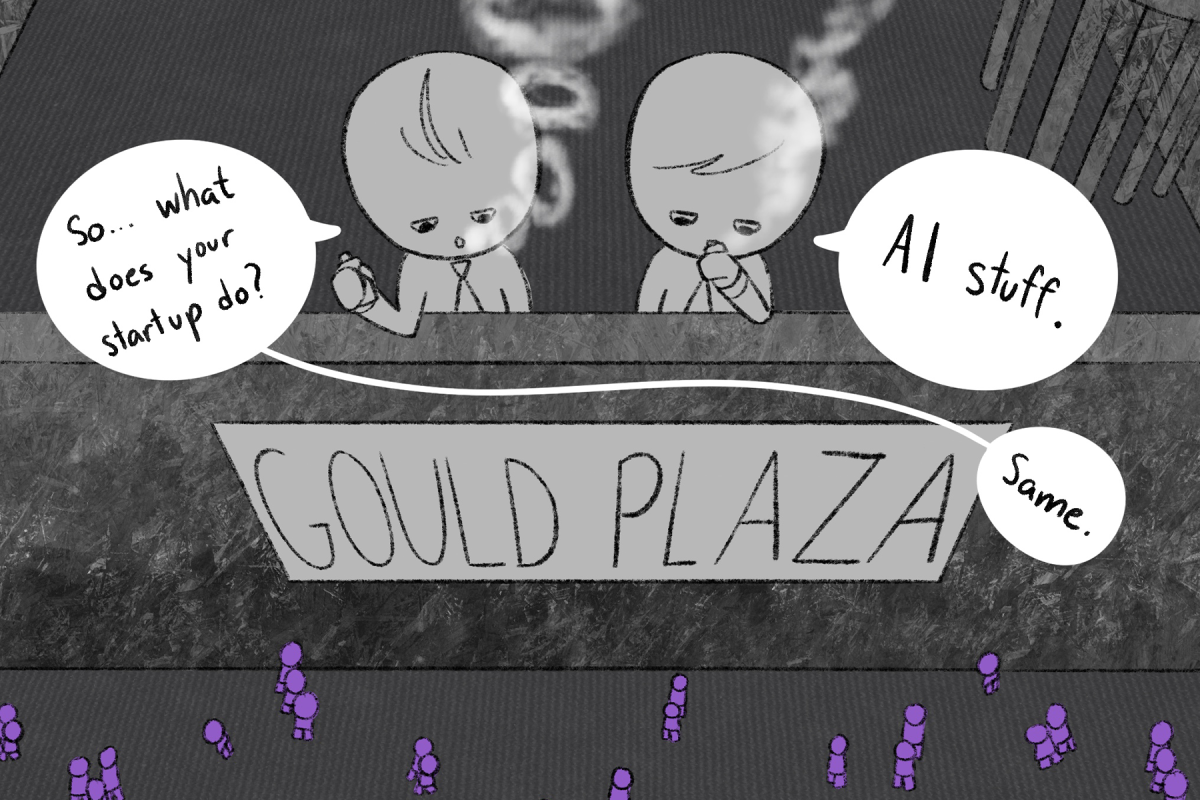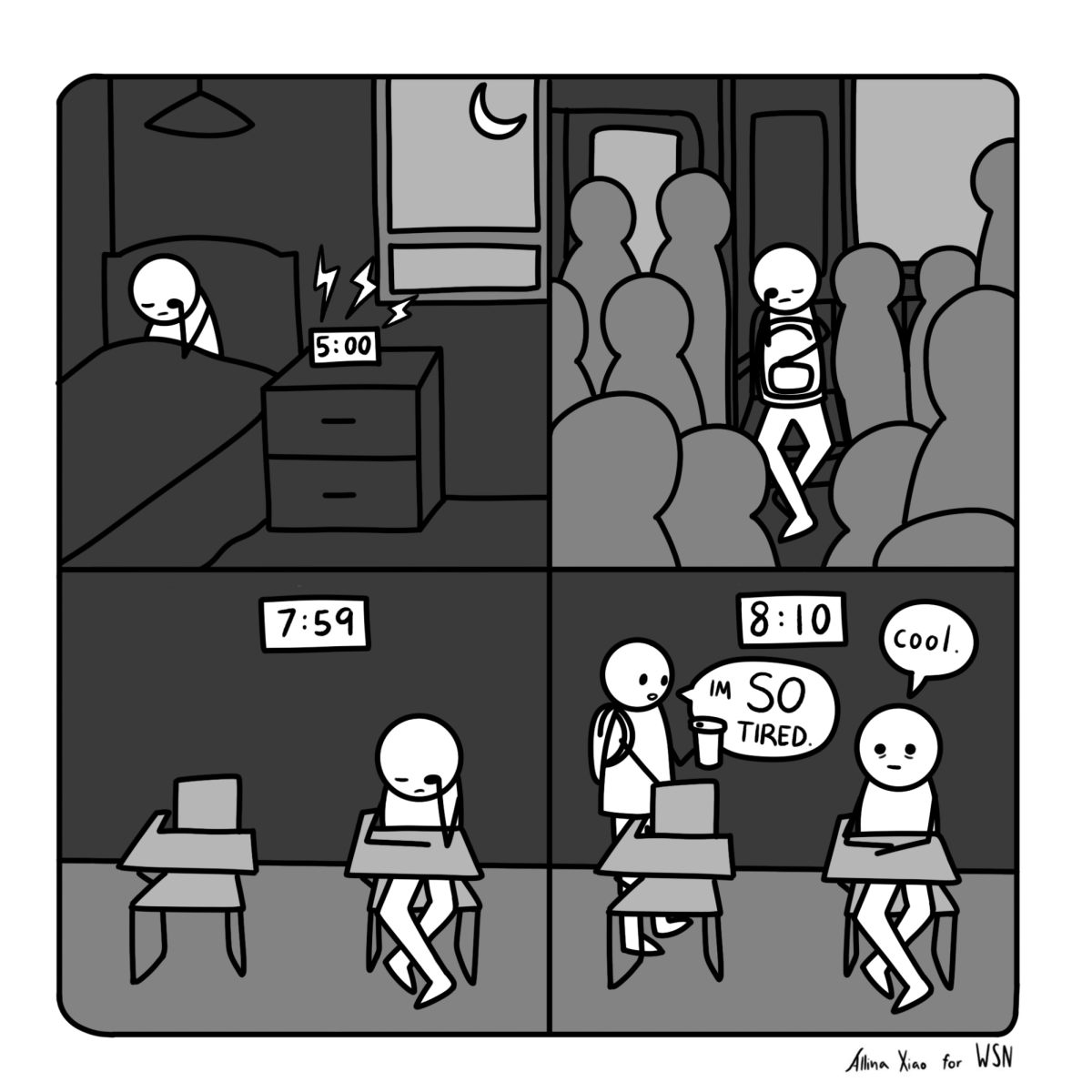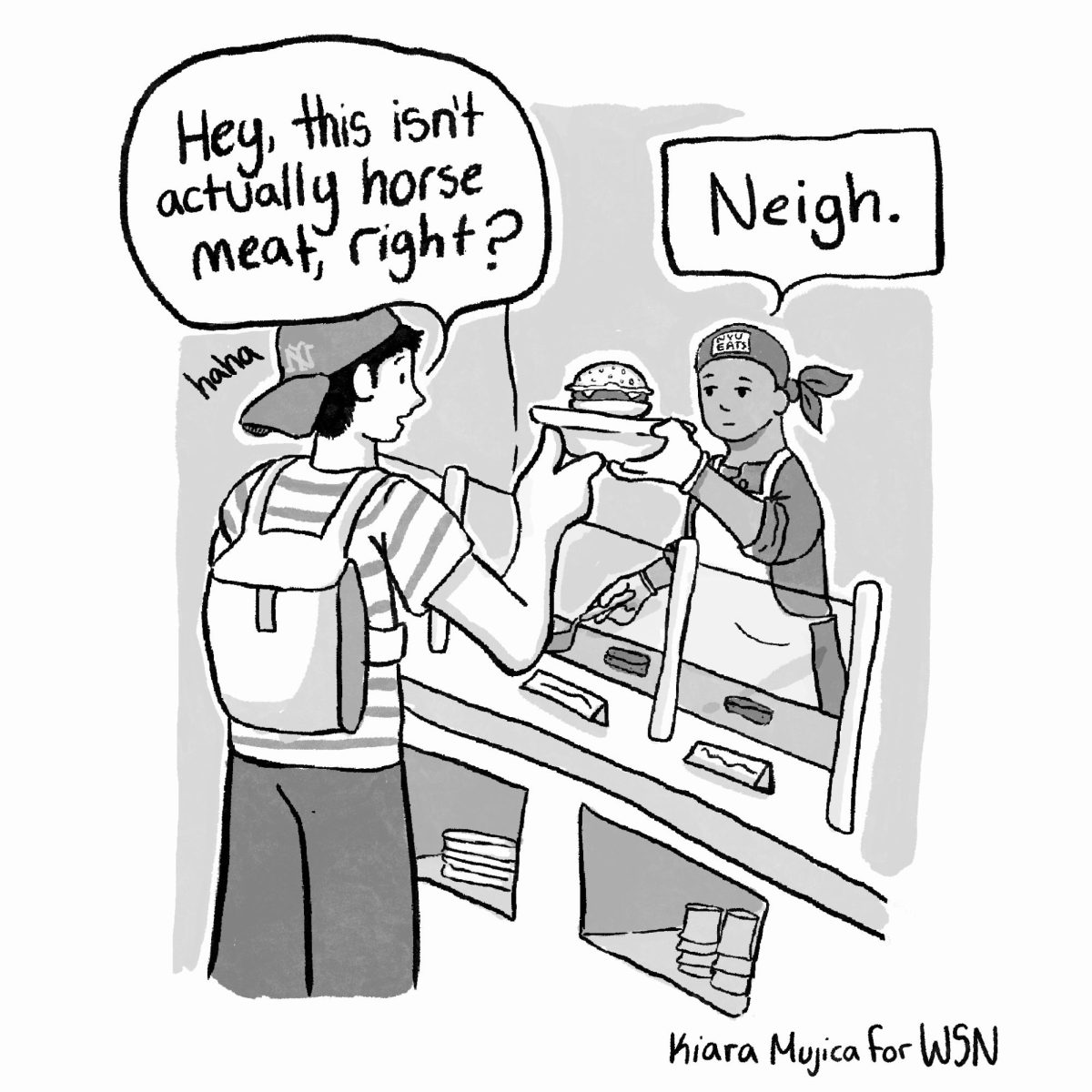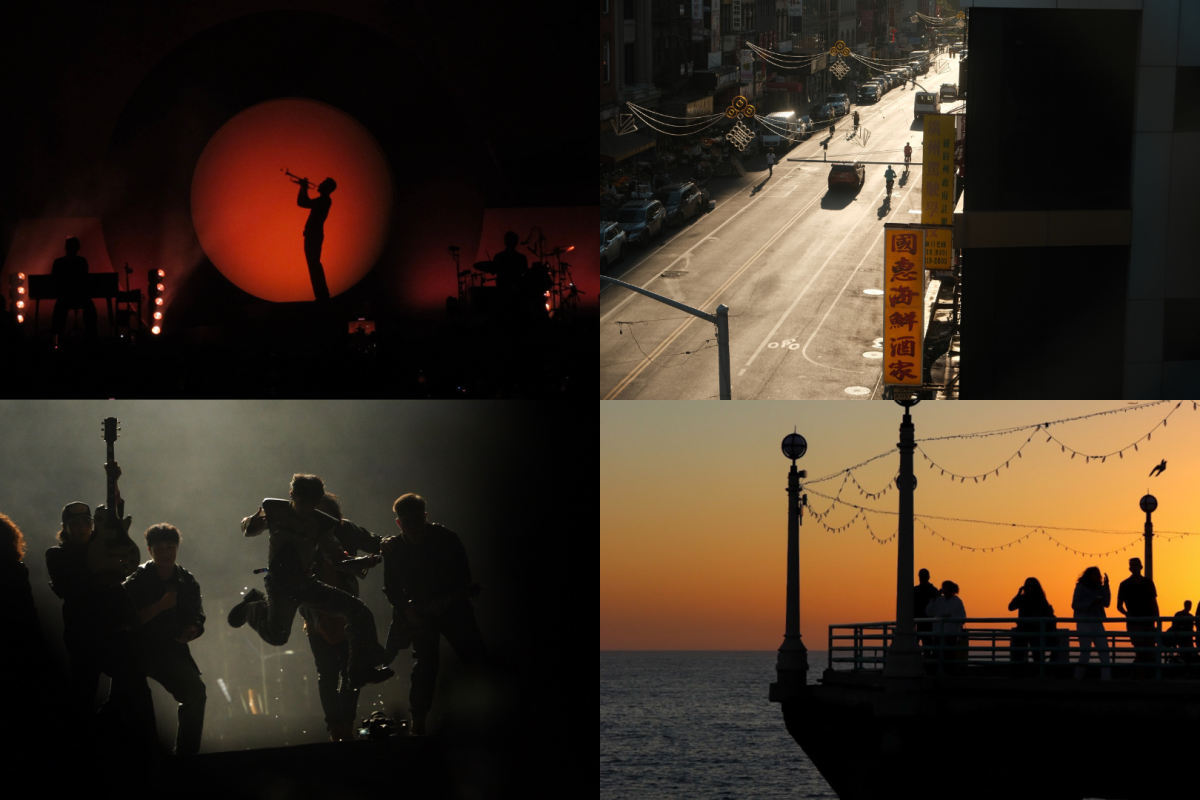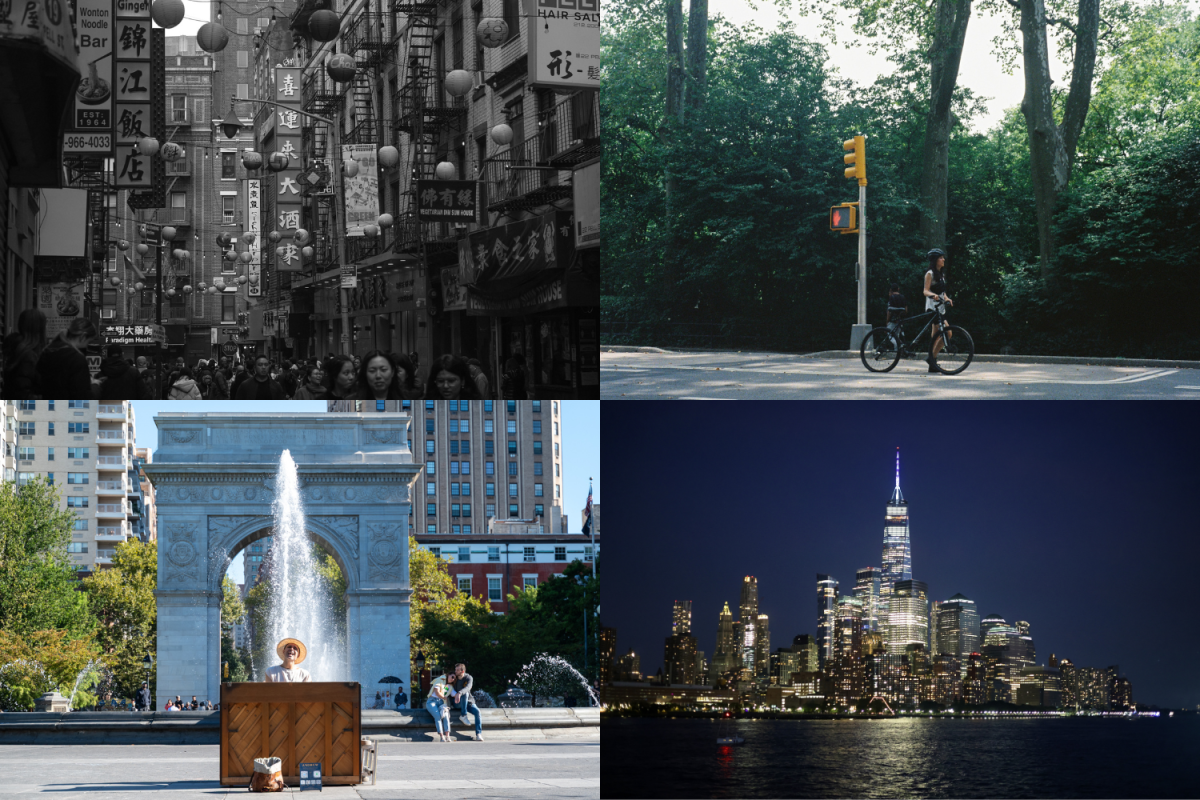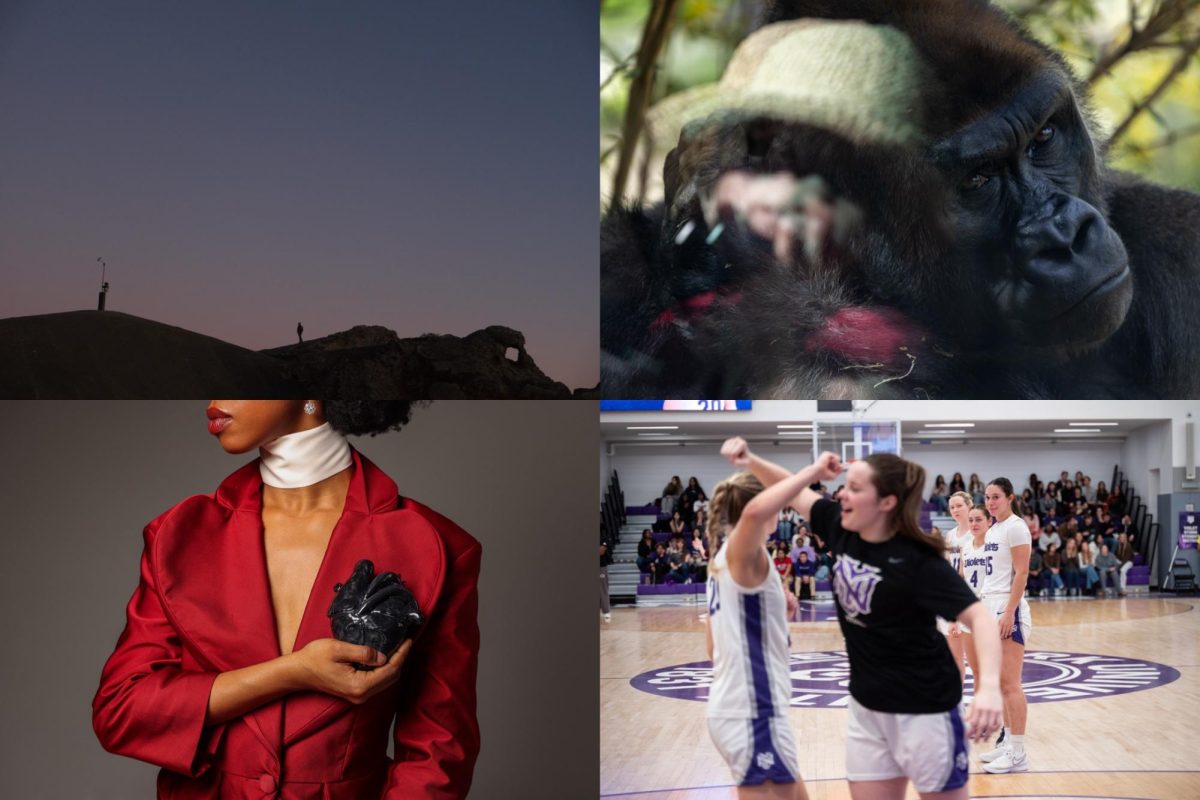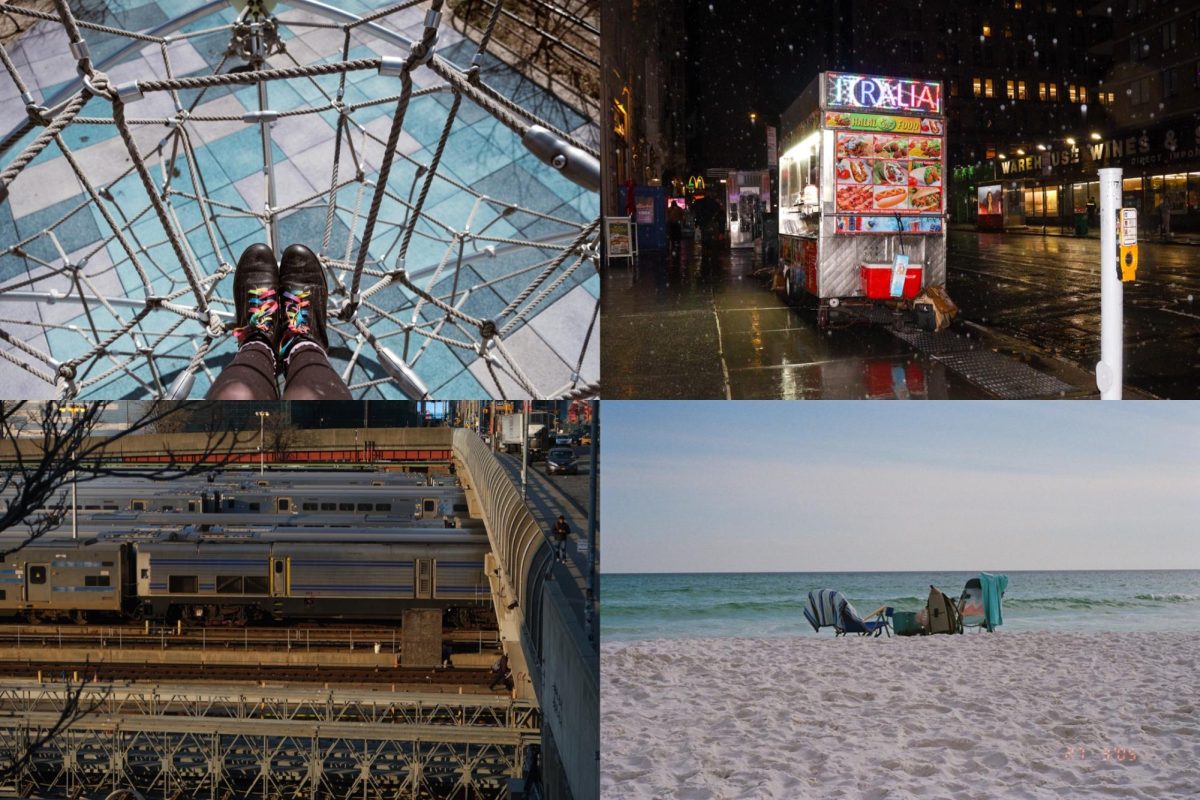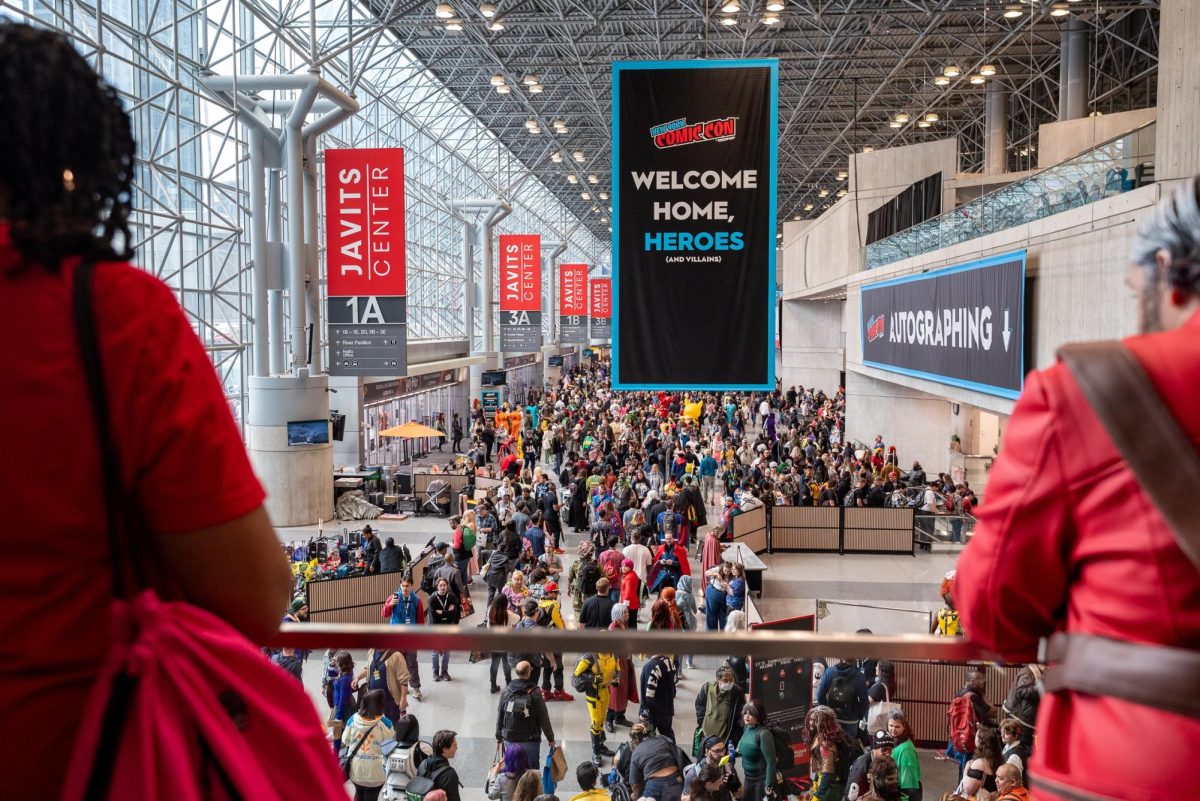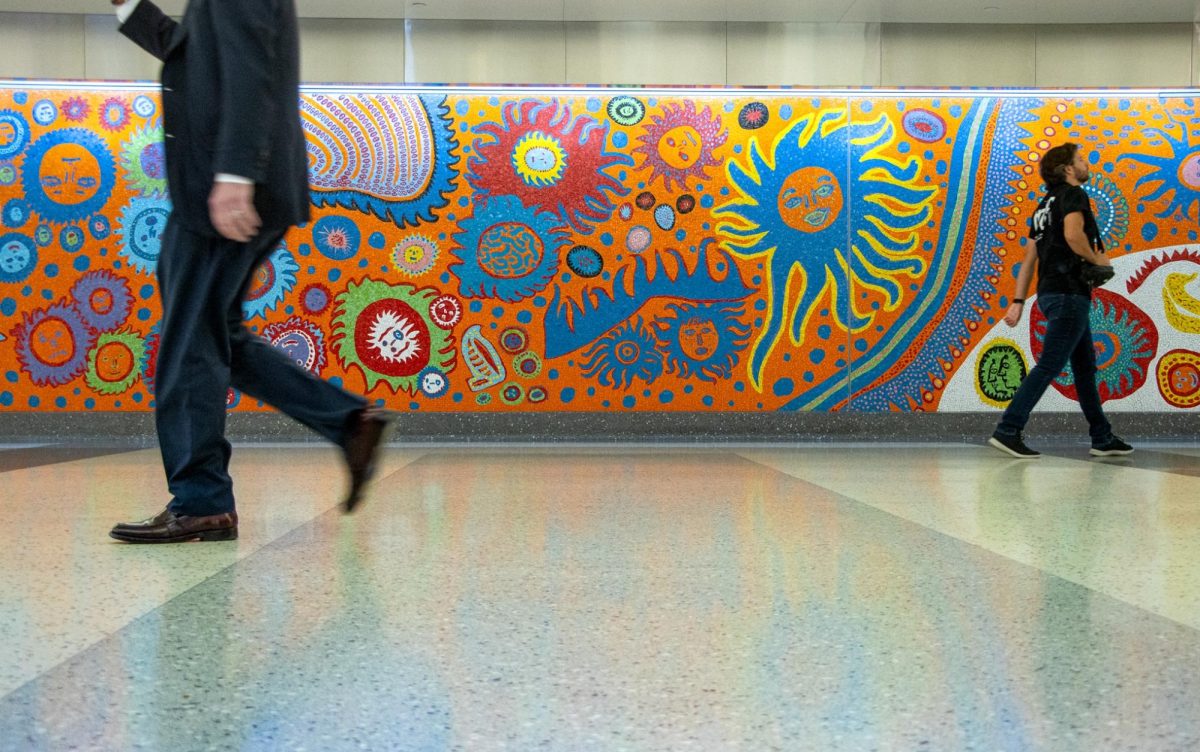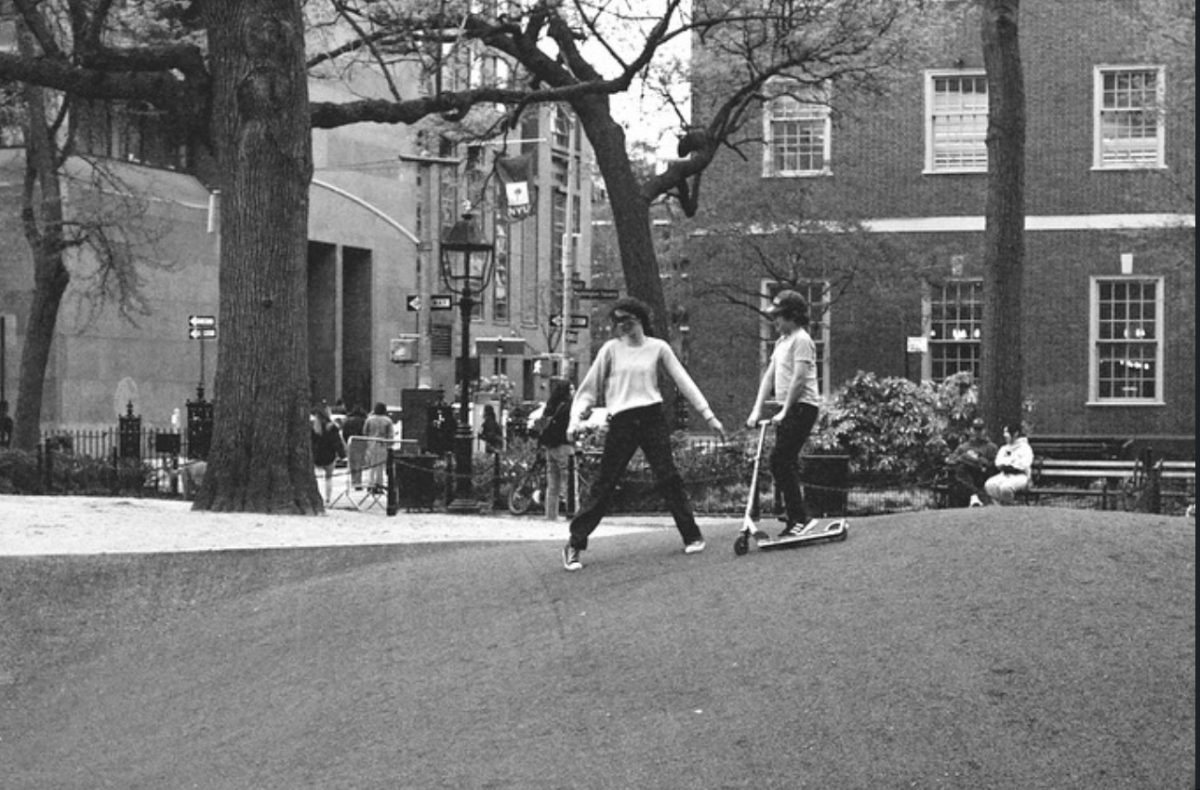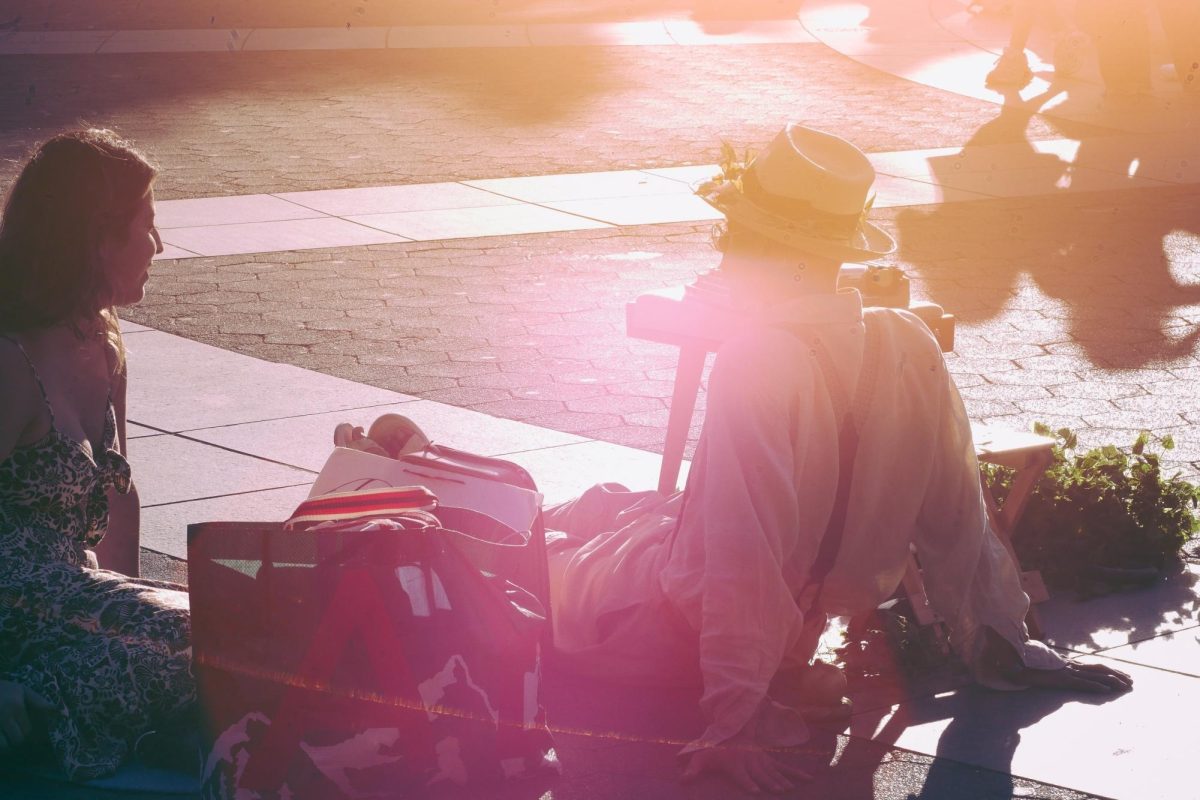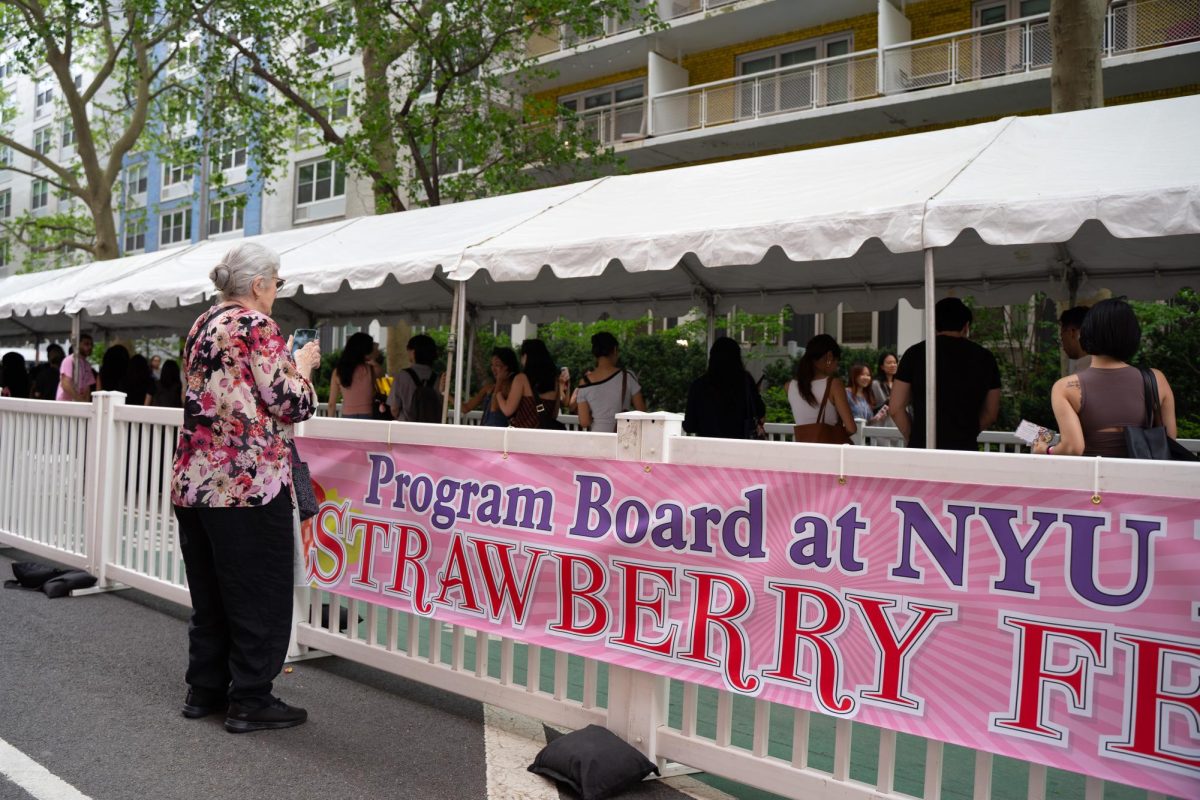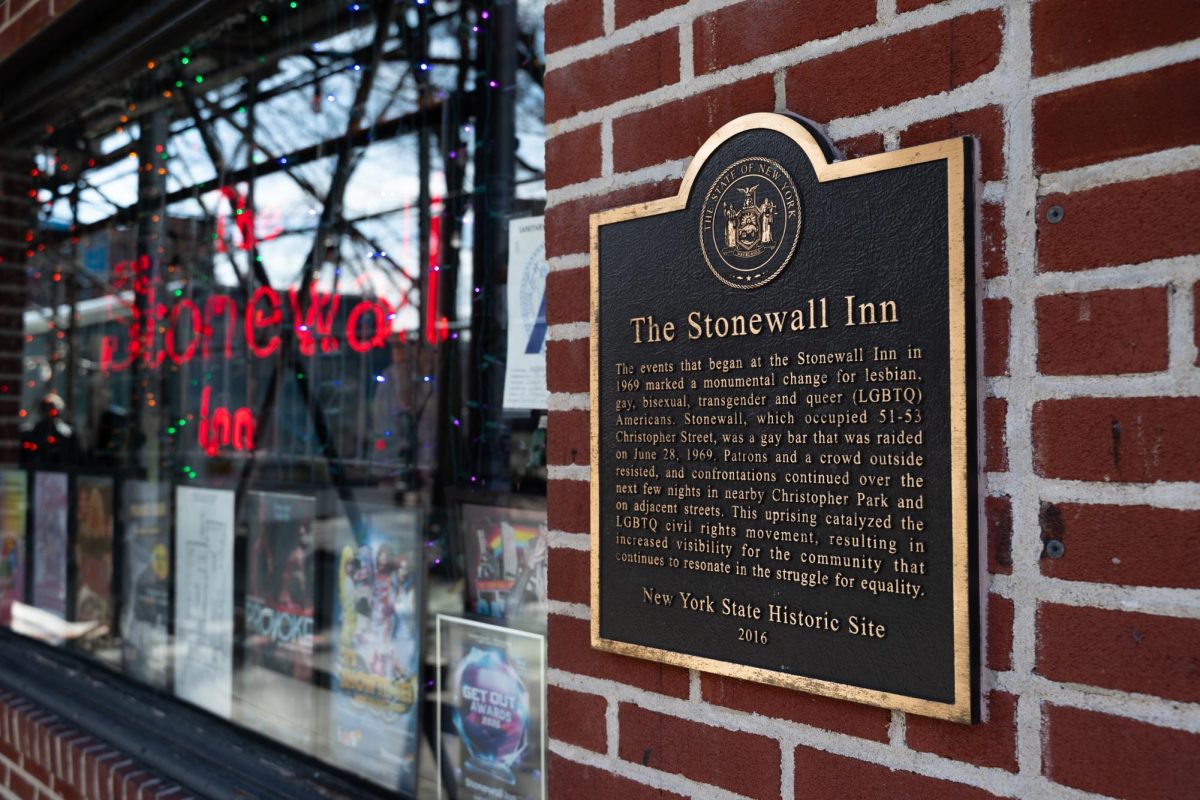Strobe lights flashing on the dance floor, heavy pours of liquor gushing from glass to glass and the aroma of poppers wafting through a sea of men. It’s far from a typical night out at Josie’s — it’s a thrilling night out at a gay bar in the epicenter of queer nightlife, New York City.
In neighborhoods like Hell’s Kitchen, Chelsea and Greenwich Village, gay bars line the streets — they’re bustling hubs for gay culture, but also sites rich with queer history. The Stonewall Inn is just a five-minute walk from Washington Square Park. This West Village bar, which opened in 1967 and is still in operation, has not only been a dynamic site of nightlife for the queer community, but also a historic monument. The first sparks of the LGBTQ+ rights movement were kindled during the 1969 Stonewall riots, a six-day protest led by bar patrons against police harassment and brutality toward the queer community.
Like many minority spaces, however, gay bars are not immune to gentrification. Greenwich Village has commonly been viewed as the heart of gay nightlife, but the gay bar has taken on a drastically different life in the 50 years since the riots. What once was a clandestine place for queer people to meet and freely express themselves has since evolved into a nightly celebration of sexuality.
Michael Venturiello, a 34-year-old NYU-employee-turned-Greenwich Village historian, spoke to WSN about this shift. The founder of Christopher Street Tours, an LGBTQ+ walking tour company, Venturiello explains that queer people slowly being pushed out of the Village has significantly contributed to the way nightlife has moved around the city.
“Historically, there has been a shift of the epicenter of gay bars, mostly from Greenwich Village towards Chelsea and even more so, Hell’s Kitchen,” Venturiello said. “A lot of that has to do with the gentrification of New York City and queer people being pushed out of Greenwich Village to outer parts of the city.”
Though queer nightlife was pushed out of Greenwich Village, it did not stop the scene from coming into its own in the new neighborhoods. Michael Paterson — chief marketing officer for Out Leadership, an organization focused on fostering LGBTQ+ equality in the business world — moved to New York City in 1996 and said his earliest interactions with queer nightlife took place in these pushed-out areas.
“In the 80s, Greenwich Village was the center of gay nightlife,” he said. “But in the 90s, it was really the East Village and Chelsea that became the center of the cool, alternative gay nightlife.”
Paterson adds that the bars he used to frequent — the Pyramid Club, Starlite Lounge and The Cock — were far different from anything that exists today.
“It was a sleazy, rock-and-roll kind of environment, where they were performing sex acts on stage with grungy go-go boys doing stuff,” Paterson described.
Bars like Pyramid and Starlite distinguished themselves from the traditional bar or club through their provocative display of promiscuity. Though these two bars closed in 2022 and 2010 respectively, they served as the blueprint for what a gay bar once was.
Given that the gay bar was a place for unabashedly celebrating sexuality, with it also came the erotic, sexual atmosphere of cruising — in which gay men, through looks, glances and touches, rather than words, historically sought out partners.
“Before dating apps, you went to these clubs to pick people up,” Paterson said. “You’d be on the dance floor, and you’d be fondled by somebody or someone would touch you and you’d ask, ‘who’s that?’ If you liked them, it was good, and if you didn’t, you would move away or give some kind of signal.”
But while cruising once served as a crucial aspect of queer nightlife, the practice is now viewed under a certain scrutiny by the newest generations of gay bargoers. Liberal Studies sophomore Kiran Mathew, who has a passion for exploring city nightlife, explained that as a young, queer person, cruising has impeded his ability to enjoy queer spaces.
“It’s hard when you want to go to a gay bar for community, but because the bar has been designated as a bar for a specific sexual identity, it’s inherently sexual in nature,” Mathew said. “When you’re so young, people’s eyes are on you, so it’s weird to be a gay person and feel like you’re a fish out of water in a gay bar.”
Given this general distaste, many bars have moved away from acting as places for potential sexual encounters. In fact, some gay bars appear to be moving in the opposite direction — toward a more commercial model that dilutes queer culture.
“The sacredness of a gay bar has dissipated and queer bars have become a lot more open, and we see a lot more straight folks entering queer places,” Venturiello said. “There was a time in history where people would rather be caught dead than be caught in a gay bar. That has changed as the social stigma of LGBTQ+ people has decreased, and we see more straight people entering these queer spaces.”
This is evident throughout the city as many gay bars, like Playhouse Bar, do not shy away from straight female audiences — who are driven by both the desire for entertainment and to avoid unwanted male attention. Located just off of Christopher Street, Playhouse has a welcoming atmosphere, phenomenal pop music, drag performances and embodies every gay stereotype — making it the perfect, digestible bar for straight bargoers.
“At a time when the older generation of queer people were younger, the gay bar was the only place they could go to find peace and community, whereas younger folks can be gay everywhere and they don’t need a gay-only space,” Venturiello said.
He still recognizes how influential these more contemporary queer spaces were for him and ultimately understands the gay bar as a place of celebration, despite there being a dynamic cultural shift in the space.
“The first gay bar I ever went into, I was 19, and it was in Albany…for my 19-year-old self, it was bliss,” Venturiello said. “It was heaven. It was something I had never experienced before. It was my first experience where I felt like it was okay to be queer.”
Contact Dylan Henschen at [email protected].

